
Day 3, 25 October - Maha Sarakham
Roads to Nowhere....... Maha Sarakham has the unfortunate distinction of being on a road to nowhere. It has no airport nor railway and no tour company would think to come to this province. If you wish to come here, you must make your own way as I must. It is a poor community in a rice-growing area on the southern Khorat plain. Despite these disadvantages I'm out to prove that this province should not be totally neglected. The list I have today means the site visit aren't going to be straight forward involving quite a bit of crisscrossing this province involving several districts. I start off in the nearest.
Prasat Ku Santarat....... Prasat Ku Santarat is in Na Dun district and one of two ancient Khmer monuments I've located in Maha Sarakham Province. It's the sort of attraction that makes it worthwhile coming here. Located in Ban Ku Non Muang, it is one of the Arokyasalas (hospital chapels) that the Khmer King Javavaraman VII built in the early 13th Century. A main sanctuary consists of square building with a front portico on the east side and a viharn to the southeast. The front portico was built of laterite and sandstone surrounded by a laterite wall and rectangular baray (pond) lined with laterite blocks. Significant ancient objects such as a Buddha protected by Naga, Vajradhara and Avalokiteshvara Bhodhisattave have been found here. All these sandstones sculptures belong to Mayayana Buddhism of Bayon style (1177-1237 A.D.). The Fine Arts department declared the registration of Ku Santarat in the Royal Gazette of 8 March 1935 and the surrounding land on 21 October 1982.
Prasat Ku Santarat Museum....... This type of monument is not at all uncommon in the Isan region but what makes this monument a little different is the presence of a local museum. This museum contains exhibits found during archaeological digs but also contain vintage objects that once belonged to the farming community. From information found here I also establish that there are two other sanctuaries nearby and of course I would like to visit these too. They are not shown on Google Map, but signboards point the way.
Ku Noi....... Ku Noi is a Hindu shrine dating from the 12th Century. The main sanctuary was built with laterite and red sandstone and orientated to the east. To the north on the same base there are the ruins of a wooden building. The sanctuary was surrounded by a laterite wall with a moat on two sides. The entrances to the sanctuary are through two particularly massive Gopuras on both the east and west sides. Various artefacts have been found such as sandstone statues of Shiva, Vishnu and heads of Dvarapala (guardians) from the Baphuon and Angkor Wat periods.
The Fine Arts Department declared the registration of Ku Noi in the Royal Gazette on 8 March 1935 with surrounding land added on 18 November 1982.
Sala Nang Kao....... Sala Nang Kao has been identified as a wooden pavilion which dates to the Dvaravati period 6th - 10th Century. It was rebuilt during the Khmer period. One sandstone inscription has been found explaining that Jayavarman VI ordered that his royal cypher be enshrined here.
It's a pleasing result especially with the discovery of two additional monuments. We now head west to the one and only location I've visited in this province before. However, that visit was so brief I could only take some long shots with no time to explore. Today I can explore but first let's try some wonderfully cooked Isan food.
Phrathat Na Dun....... Phrathat Na Dun is located at Ban Na Dun, Amphoe Na Dun. It is a site where historic evidence has discovered signs of prosperity in the past.
Phrathat Na Dun is now an Isan Buddhist Park in the area the ancient town called Champa Si was located. Lots of archeological artifacts, such as Buddha images and Buddha amulets were found and now kept in Khon Kaen National Museum. The most significant finding was a stupa housing relics of the Lord Buddha in gold, silver, and bronze boxes. All the precious artifacts, probably from the 8th-10th Century in the Dvaravati era, were found inside the mini-size stupa. Thus, the government decided to set up Phrathat Na Dun on a 365-acre area site in 1982 to be the Buddhist Centre for the region. With the height of 50 metres, the phrathat or stupa which houses the Lord Buddha's relics has the same shape as mini stupa that was found. Around the stupa is a museum exhibiting Champa Si culture, antique, art pieces, and information on the Champa Si ancient town, park and herb garden.
Ban Isan Museum....... Still in the vicinity of Phrathat Na Dun is the Ban Isan Open Museum. This is the collection of old Isan style buildings showing how communities used to exist. All the buildings are stilt houses made of wood. The idea was that there was space underneath the building which had a variety of uses, e.g. a farmer could keep his carts here or even some livestock. Women could cook here or carry out various occupations. In fact, houses could have dedicated functions such as rice storage, weaving, music etc.
It is interesting to walk around and imagine what life was like in past times. The museum is free to enter too. We now leave Na Dun and head west.
Huai Kho....... Huai Kho is a peaceful reservoir in Na Chueak District. Here you will find water buffalo at the lakeside. This is a recreational area for just relaxing beside the lake. The next location means crossing several districts which takes an hour and I understand Katoon's frustration not knowing what's there, but it is an icon of Maha Sarakham province.
Mai Kae Dam Bridge....... The Mai Kae Dam Bridge is a one-kilometre-long ancient wooden bridge connecting Ban Kae Dam with Ban Hua Khua. The bridge crosses over the Kae Dam Swamp, which is covered with plenty of lotus and other water plants. With the cooperation of the locals, the bridge has been repaired to maintain its condition, so it can be used by future generations. This place is very popular among photographers.
At the time of our visit the water level is quite high, and the bridge partially submerged so the villagers will be busy again when the rains season ends.
Wat Dao Dung....... Wat Dao Dung is located near the Mai Kae Dam Bridge. It's unremarkable eccept for its unusual rustic appearance which has caused we to stop and record it.
Ku Mahathat (Prang Ku Ban Khwao)....... Prang Ku Ban Khwao in Mueang (City) Maha Sarakham District is an Arokyasala (chapel hospital) built with laterite blocks. The principal tower faces east and is enclosed within a wall with and entrance pavilion on the east wall. To the southeast of the main tower is a banalai (scripture hall). Based on findings such as carved grey sandstone sculptures of two Buddha images, it is assumed that Prang Ku Ban Khwao was a religious site for the practice of Mayayana Buddhism and a chapel hospital built by King Jayavarman VII, one of many he ordered built in the 13th Century.
Maha Sarakham....... We can finally head for the city where we enquired about accommodation but when we arrive, we find it unsuitable and head closer into the city. At dusk on our second attempt we locate Top Inn, a modern apartment building. The rate is 590 baht without breakfast but proves superior to the previous night's accommodation. The main drawback is that it has no shops or restaurants within walking distance, so we take the car out and end up at 7-Eleven. No exotic dinner tonight then.
Today we have completed some important site visits and now we're in the northern part of the province and can check in and around the city to finalise our visit list.
Next Page.
Roads to Nowhere....... Maha Sarakham has the unfortunate distinction of being on a road to nowhere. It has no airport nor railway and no tour company would think to come to this province. If you wish to come here, you must make your own way as I must. It is a poor community in a rice-growing area on the southern Khorat plain. Despite these disadvantages I'm out to prove that this province should not be totally neglected. The list I have today means the site visit aren't going to be straight forward involving quite a bit of crisscrossing this province involving several districts. I start off in the nearest.
Prasat Ku Santarat....... Prasat Ku Santarat is in Na Dun district and one of two ancient Khmer monuments I've located in Maha Sarakham Province. It's the sort of attraction that makes it worthwhile coming here. Located in Ban Ku Non Muang, it is one of the Arokyasalas (hospital chapels) that the Khmer King Javavaraman VII built in the early 13th Century. A main sanctuary consists of square building with a front portico on the east side and a viharn to the southeast. The front portico was built of laterite and sandstone surrounded by a laterite wall and rectangular baray (pond) lined with laterite blocks. Significant ancient objects such as a Buddha protected by Naga, Vajradhara and Avalokiteshvara Bhodhisattave have been found here. All these sandstones sculptures belong to Mayayana Buddhism of Bayon style (1177-1237 A.D.). The Fine Arts department declared the registration of Ku Santarat in the Royal Gazette of 8 March 1935 and the surrounding land on 21 October 1982.
Prasat Ku Santarat Museum....... This type of monument is not at all uncommon in the Isan region but what makes this monument a little different is the presence of a local museum. This museum contains exhibits found during archaeological digs but also contain vintage objects that once belonged to the farming community. From information found here I also establish that there are two other sanctuaries nearby and of course I would like to visit these too. They are not shown on Google Map, but signboards point the way.
Ku Noi....... Ku Noi is a Hindu shrine dating from the 12th Century. The main sanctuary was built with laterite and red sandstone and orientated to the east. To the north on the same base there are the ruins of a wooden building. The sanctuary was surrounded by a laterite wall with a moat on two sides. The entrances to the sanctuary are through two particularly massive Gopuras on both the east and west sides. Various artefacts have been found such as sandstone statues of Shiva, Vishnu and heads of Dvarapala (guardians) from the Baphuon and Angkor Wat periods.
The Fine Arts Department declared the registration of Ku Noi in the Royal Gazette on 8 March 1935 with surrounding land added on 18 November 1982.
Sala Nang Kao....... Sala Nang Kao has been identified as a wooden pavilion which dates to the Dvaravati period 6th - 10th Century. It was rebuilt during the Khmer period. One sandstone inscription has been found explaining that Jayavarman VI ordered that his royal cypher be enshrined here.
It's a pleasing result especially with the discovery of two additional monuments. We now head west to the one and only location I've visited in this province before. However, that visit was so brief I could only take some long shots with no time to explore. Today I can explore but first let's try some wonderfully cooked Isan food.
Phrathat Na Dun....... Phrathat Na Dun is located at Ban Na Dun, Amphoe Na Dun. It is a site where historic evidence has discovered signs of prosperity in the past.
Phrathat Na Dun is now an Isan Buddhist Park in the area the ancient town called Champa Si was located. Lots of archeological artifacts, such as Buddha images and Buddha amulets were found and now kept in Khon Kaen National Museum. The most significant finding was a stupa housing relics of the Lord Buddha in gold, silver, and bronze boxes. All the precious artifacts, probably from the 8th-10th Century in the Dvaravati era, were found inside the mini-size stupa. Thus, the government decided to set up Phrathat Na Dun on a 365-acre area site in 1982 to be the Buddhist Centre for the region. With the height of 50 metres, the phrathat or stupa which houses the Lord Buddha's relics has the same shape as mini stupa that was found. Around the stupa is a museum exhibiting Champa Si culture, antique, art pieces, and information on the Champa Si ancient town, park and herb garden.
Ban Isan Museum....... Still in the vicinity of Phrathat Na Dun is the Ban Isan Open Museum. This is the collection of old Isan style buildings showing how communities used to exist. All the buildings are stilt houses made of wood. The idea was that there was space underneath the building which had a variety of uses, e.g. a farmer could keep his carts here or even some livestock. Women could cook here or carry out various occupations. In fact, houses could have dedicated functions such as rice storage, weaving, music etc.
It is interesting to walk around and imagine what life was like in past times. The museum is free to enter too. We now leave Na Dun and head west.
Huai Kho....... Huai Kho is a peaceful reservoir in Na Chueak District. Here you will find water buffalo at the lakeside. This is a recreational area for just relaxing beside the lake. The next location means crossing several districts which takes an hour and I understand Katoon's frustration not knowing what's there, but it is an icon of Maha Sarakham province.
Mai Kae Dam Bridge....... The Mai Kae Dam Bridge is a one-kilometre-long ancient wooden bridge connecting Ban Kae Dam with Ban Hua Khua. The bridge crosses over the Kae Dam Swamp, which is covered with plenty of lotus and other water plants. With the cooperation of the locals, the bridge has been repaired to maintain its condition, so it can be used by future generations. This place is very popular among photographers.
At the time of our visit the water level is quite high, and the bridge partially submerged so the villagers will be busy again when the rains season ends.
Wat Dao Dung....... Wat Dao Dung is located near the Mai Kae Dam Bridge. It's unremarkable eccept for its unusual rustic appearance which has caused we to stop and record it.
Ku Mahathat (Prang Ku Ban Khwao)....... Prang Ku Ban Khwao in Mueang (City) Maha Sarakham District is an Arokyasala (chapel hospital) built with laterite blocks. The principal tower faces east and is enclosed within a wall with and entrance pavilion on the east wall. To the southeast of the main tower is a banalai (scripture hall). Based on findings such as carved grey sandstone sculptures of two Buddha images, it is assumed that Prang Ku Ban Khwao was a religious site for the practice of Mayayana Buddhism and a chapel hospital built by King Jayavarman VII, one of many he ordered built in the 13th Century.
Maha Sarakham....... We can finally head for the city where we enquired about accommodation but when we arrive, we find it unsuitable and head closer into the city. At dusk on our second attempt we locate Top Inn, a modern apartment building. The rate is 590 baht without breakfast but proves superior to the previous night's accommodation. The main drawback is that it has no shops or restaurants within walking distance, so we take the car out and end up at 7-Eleven. No exotic dinner tonight then.
Today we have completed some important site visits and now we're in the northern part of the province and can check in and around the city to finalise our visit list.
Next Page.
Maha Sarakham Province
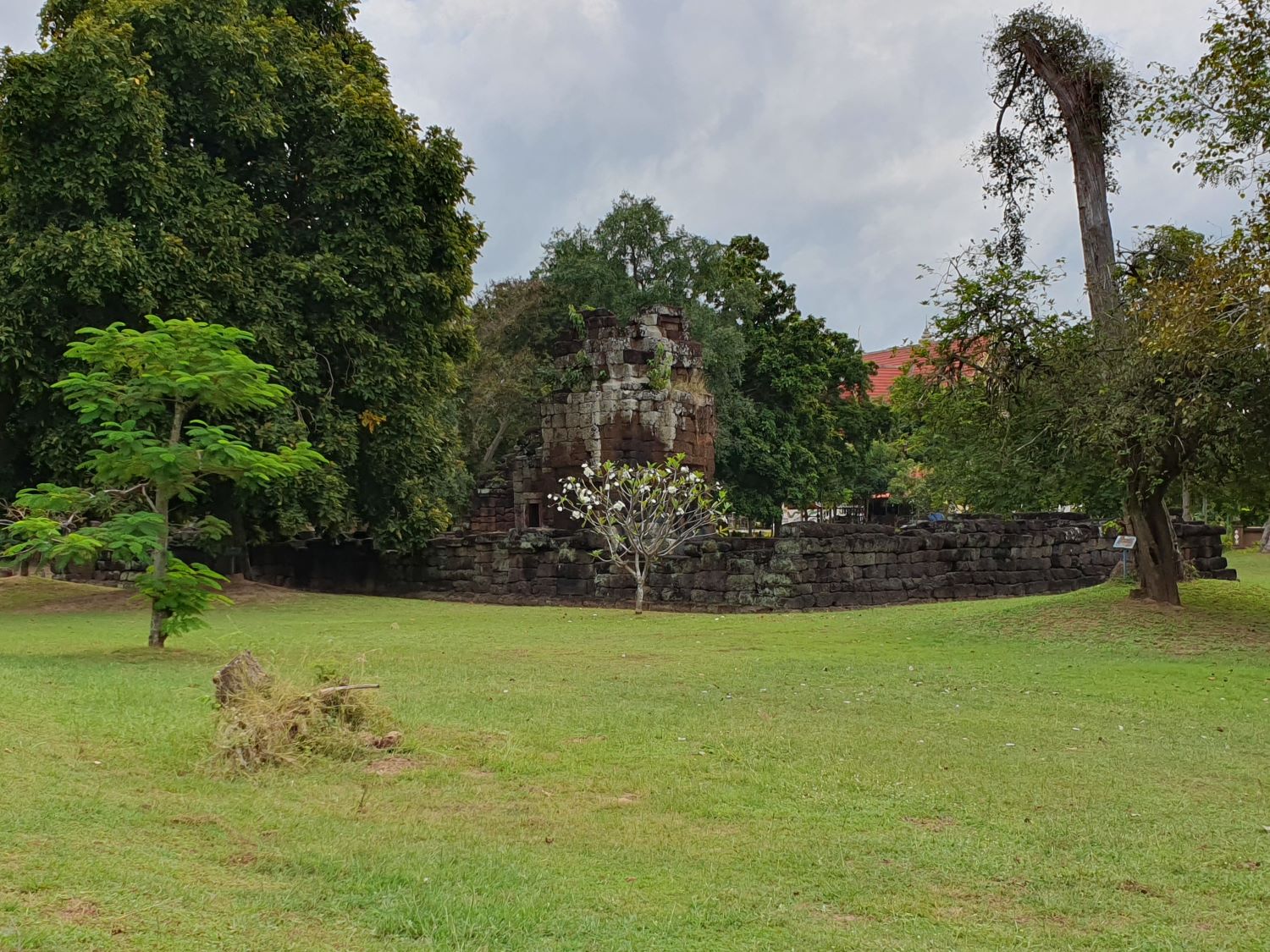
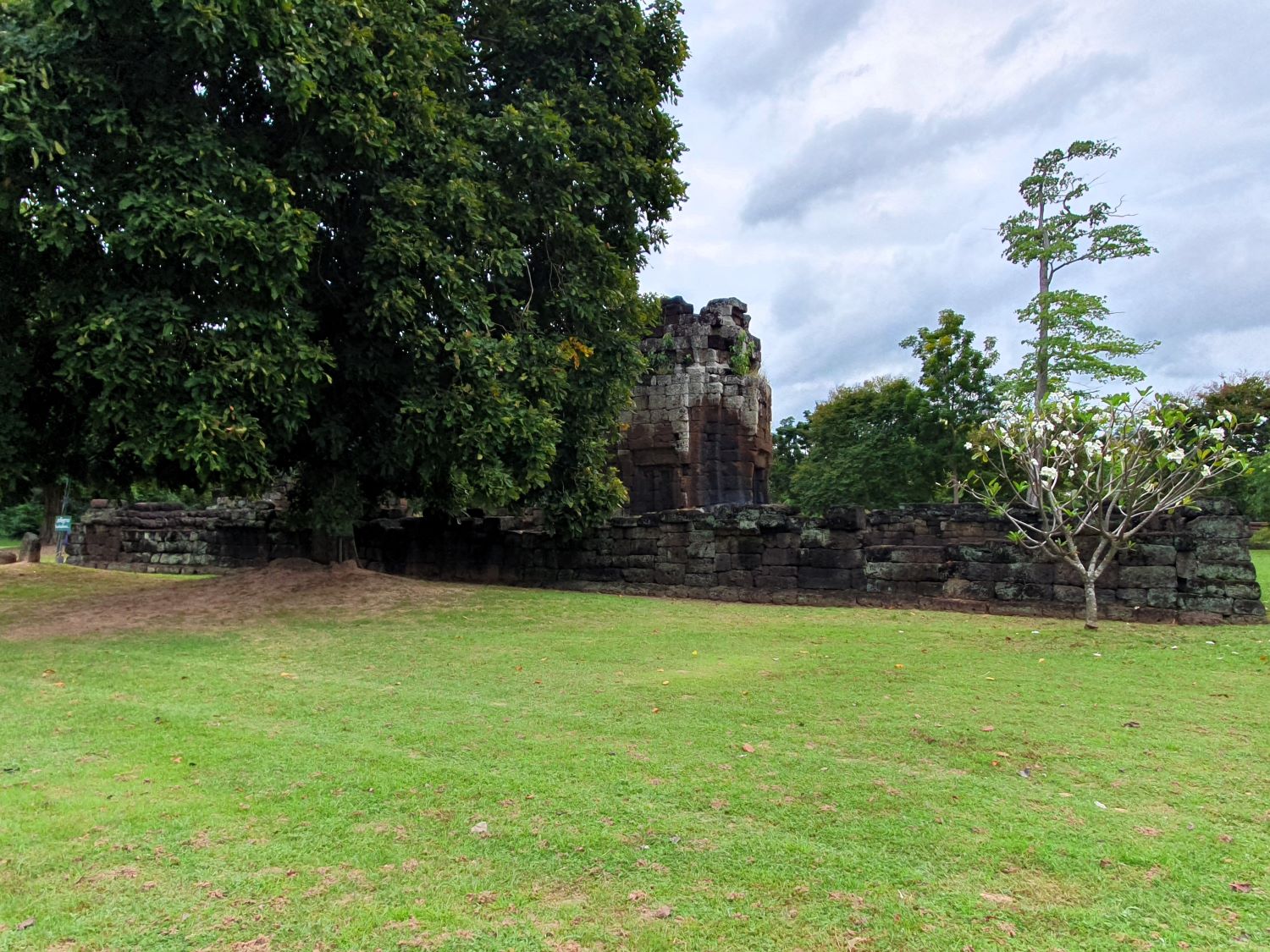
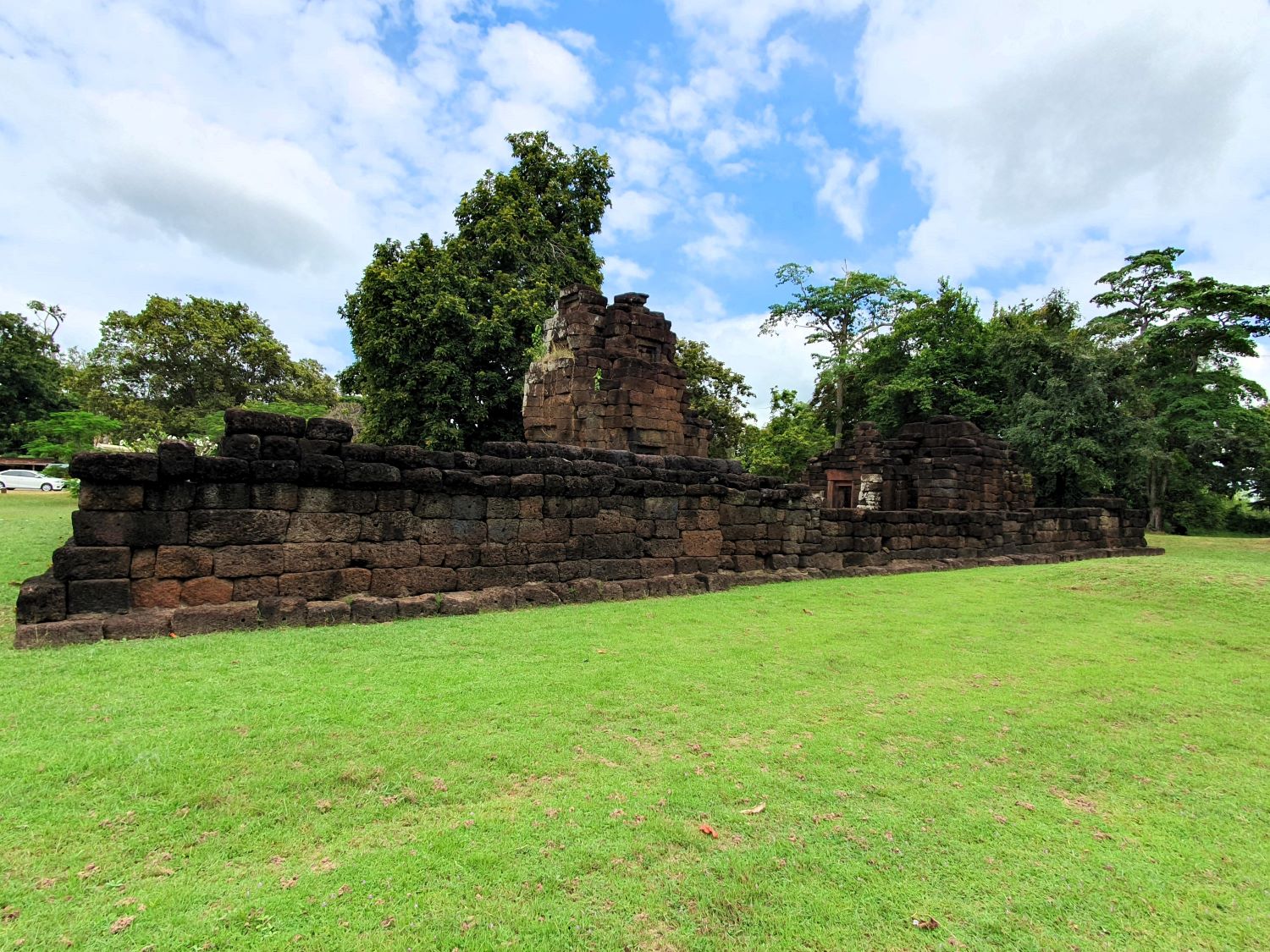
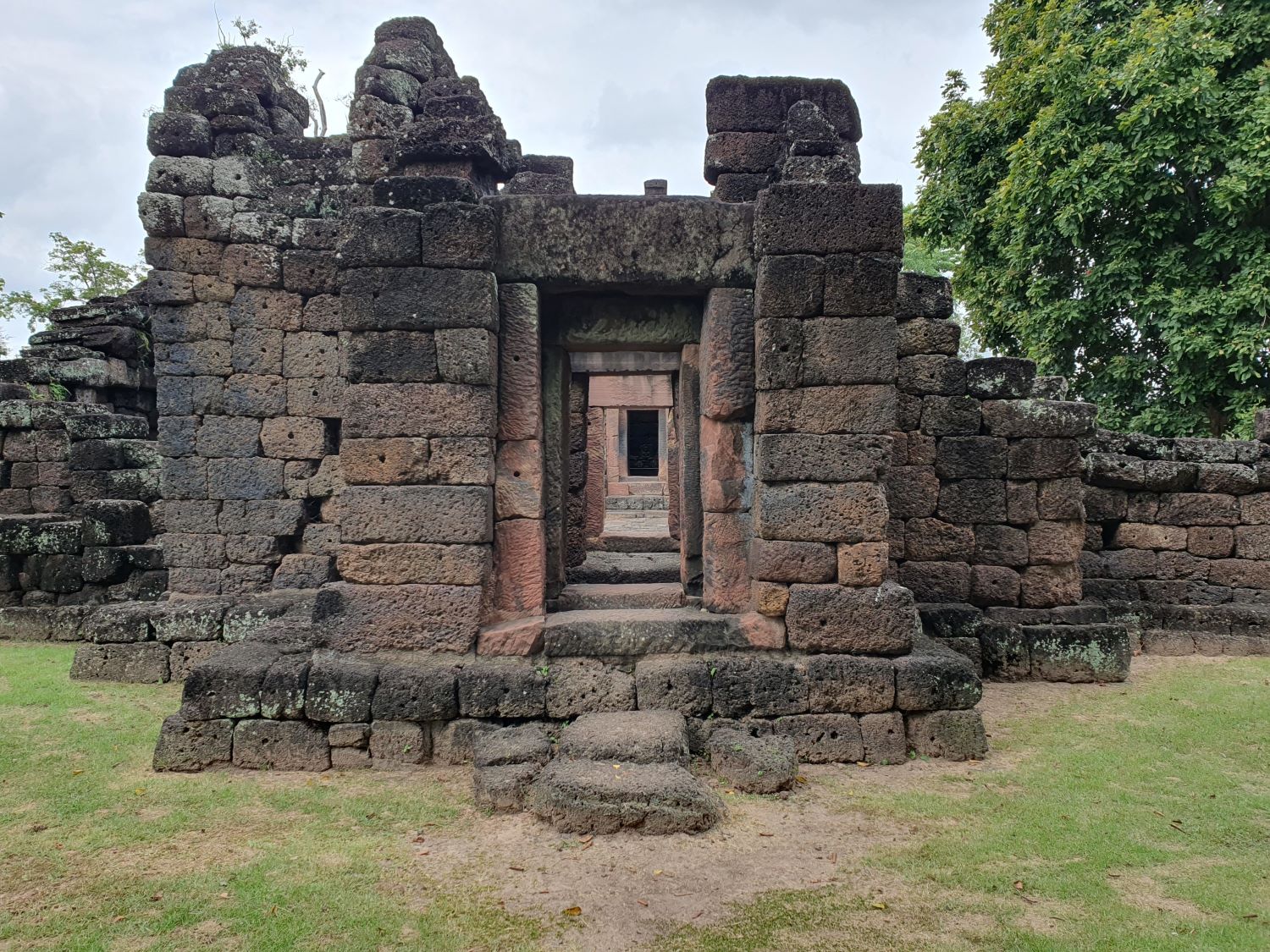
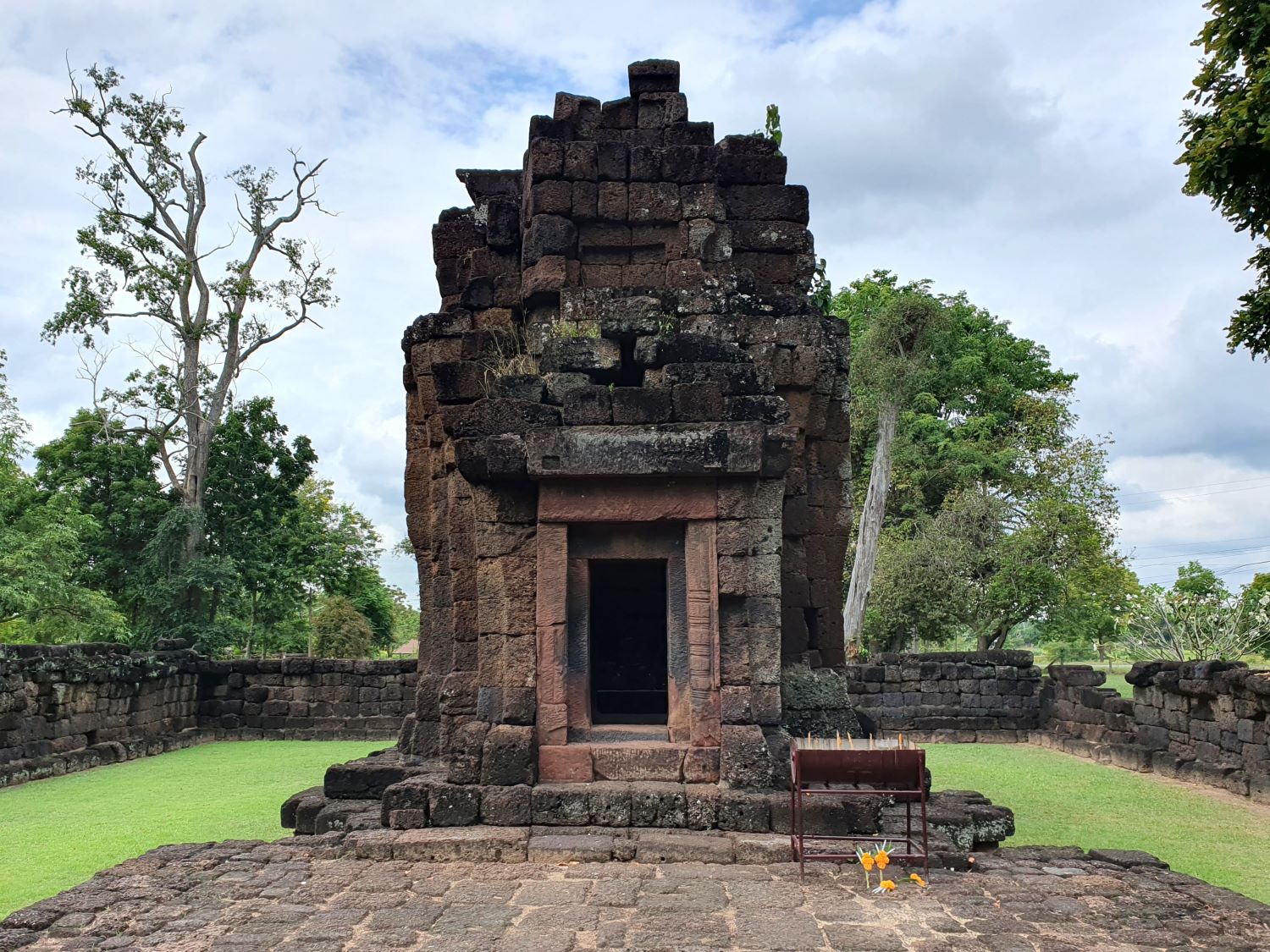
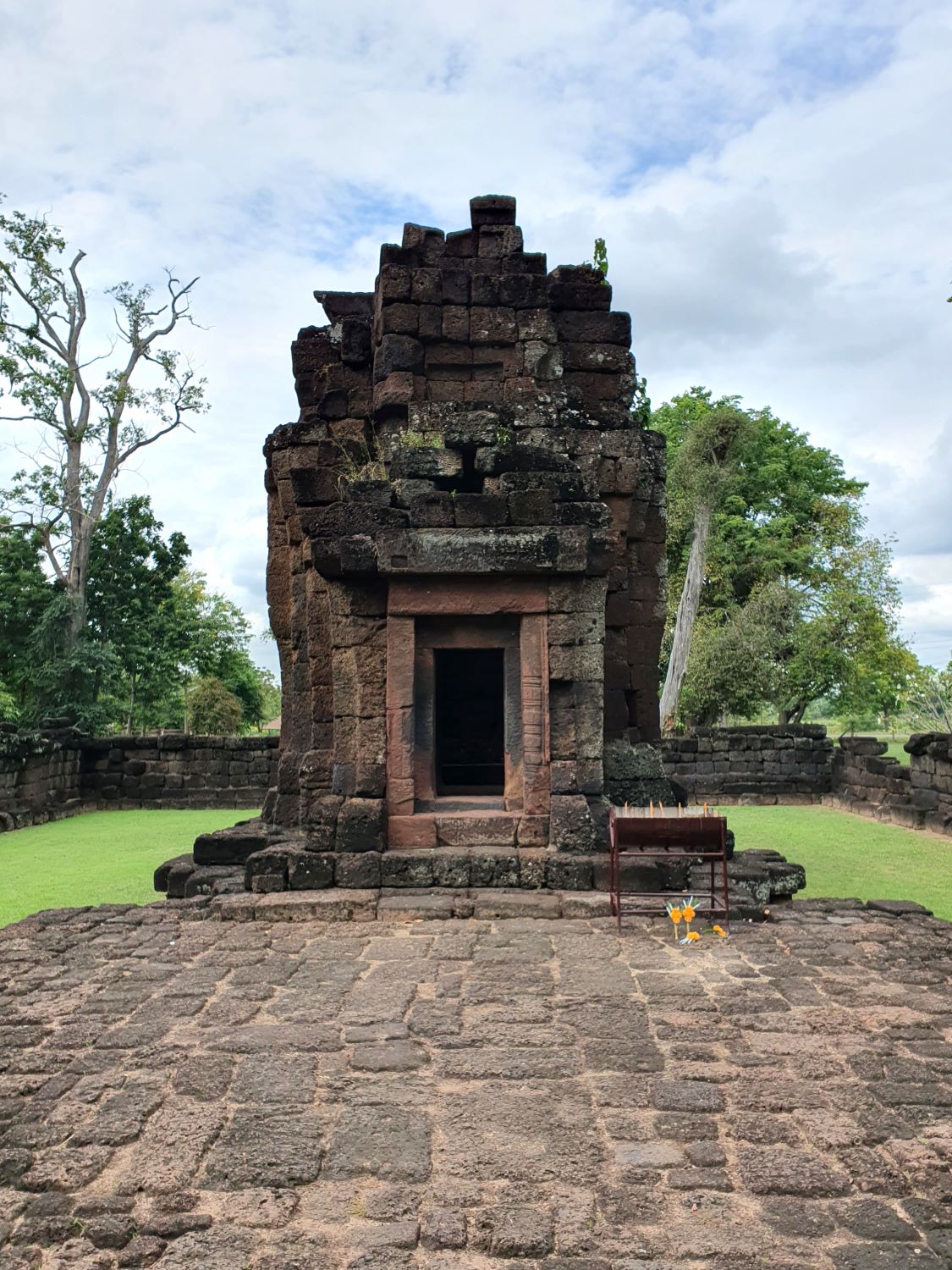
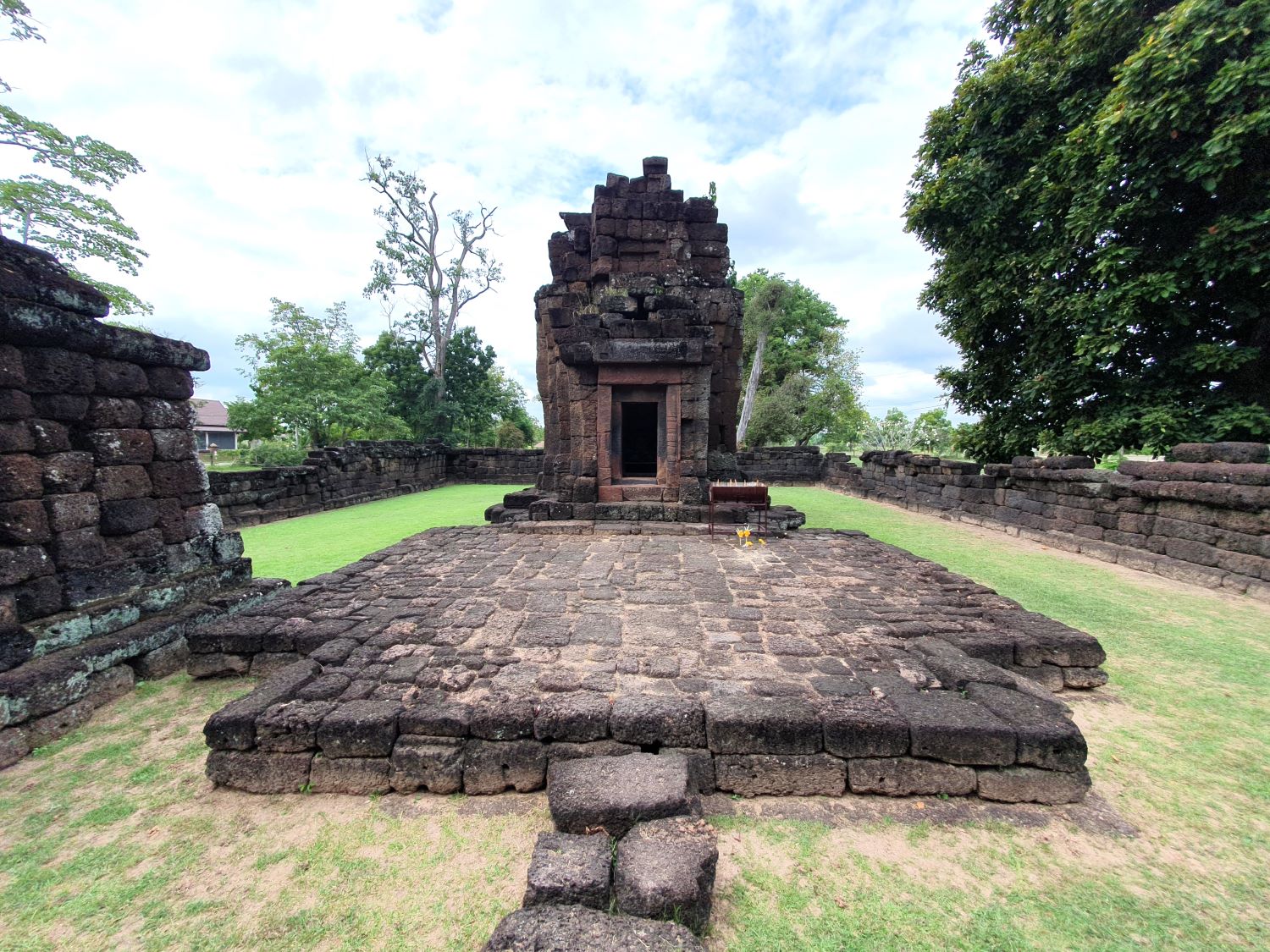
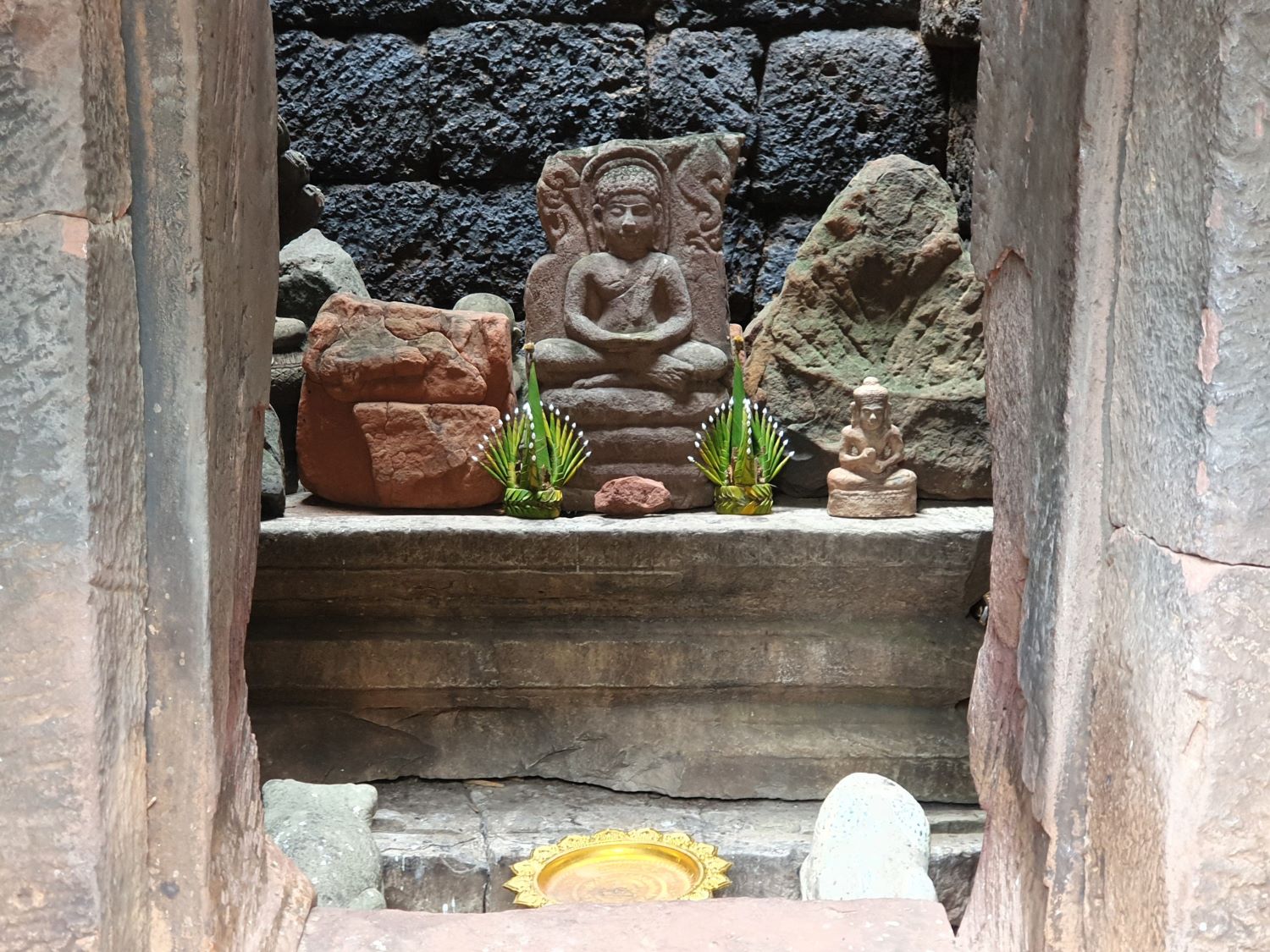
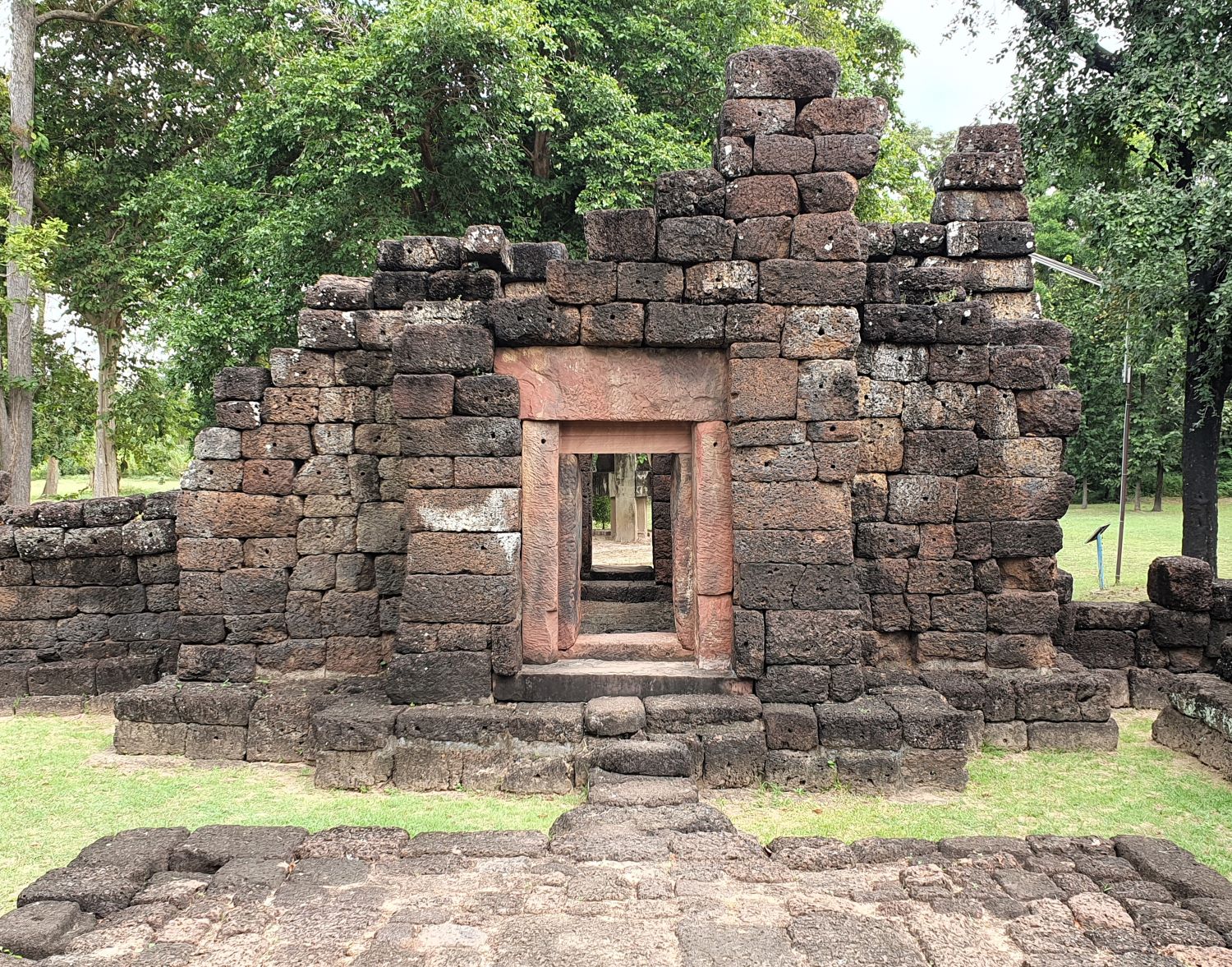
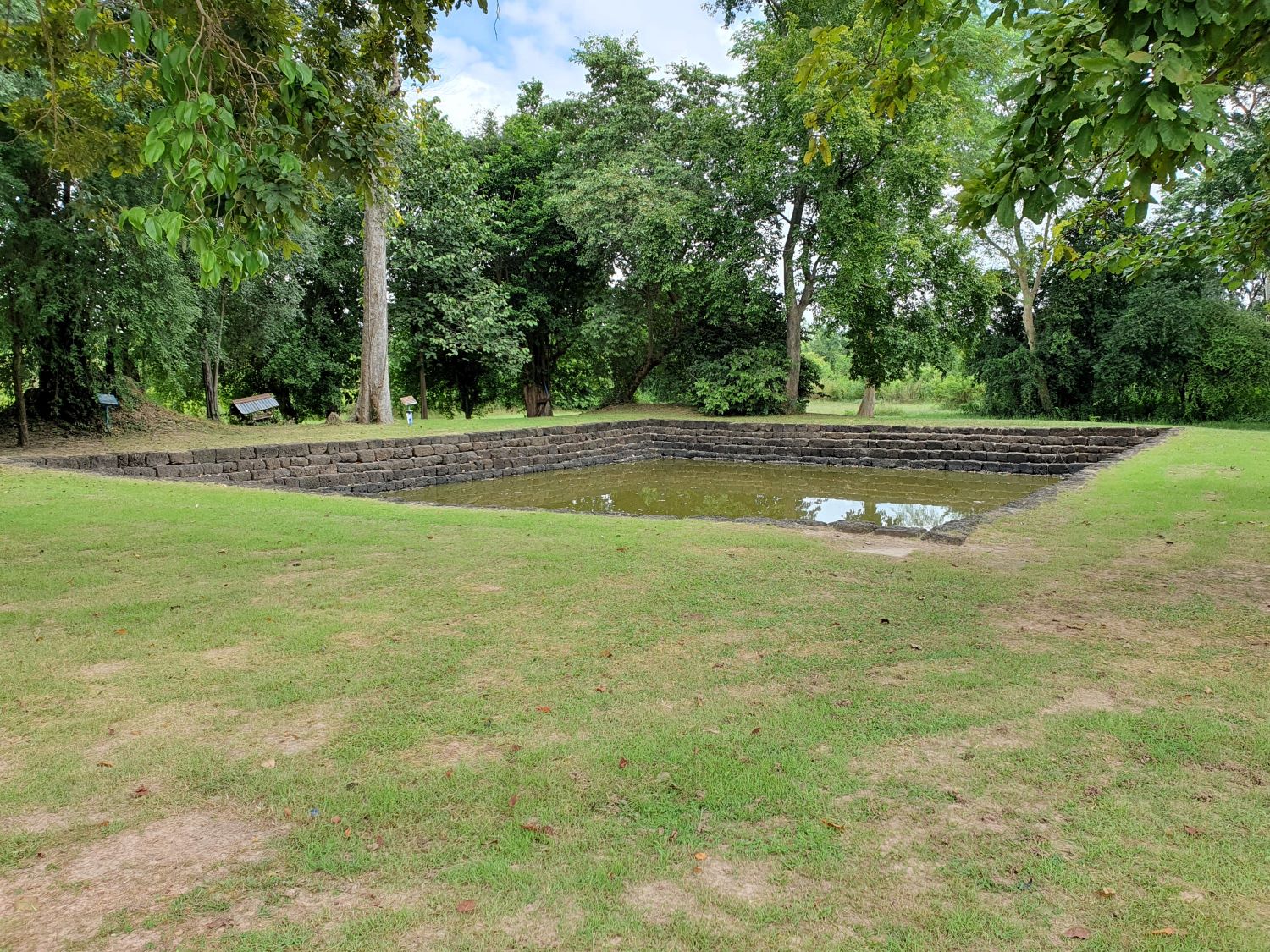
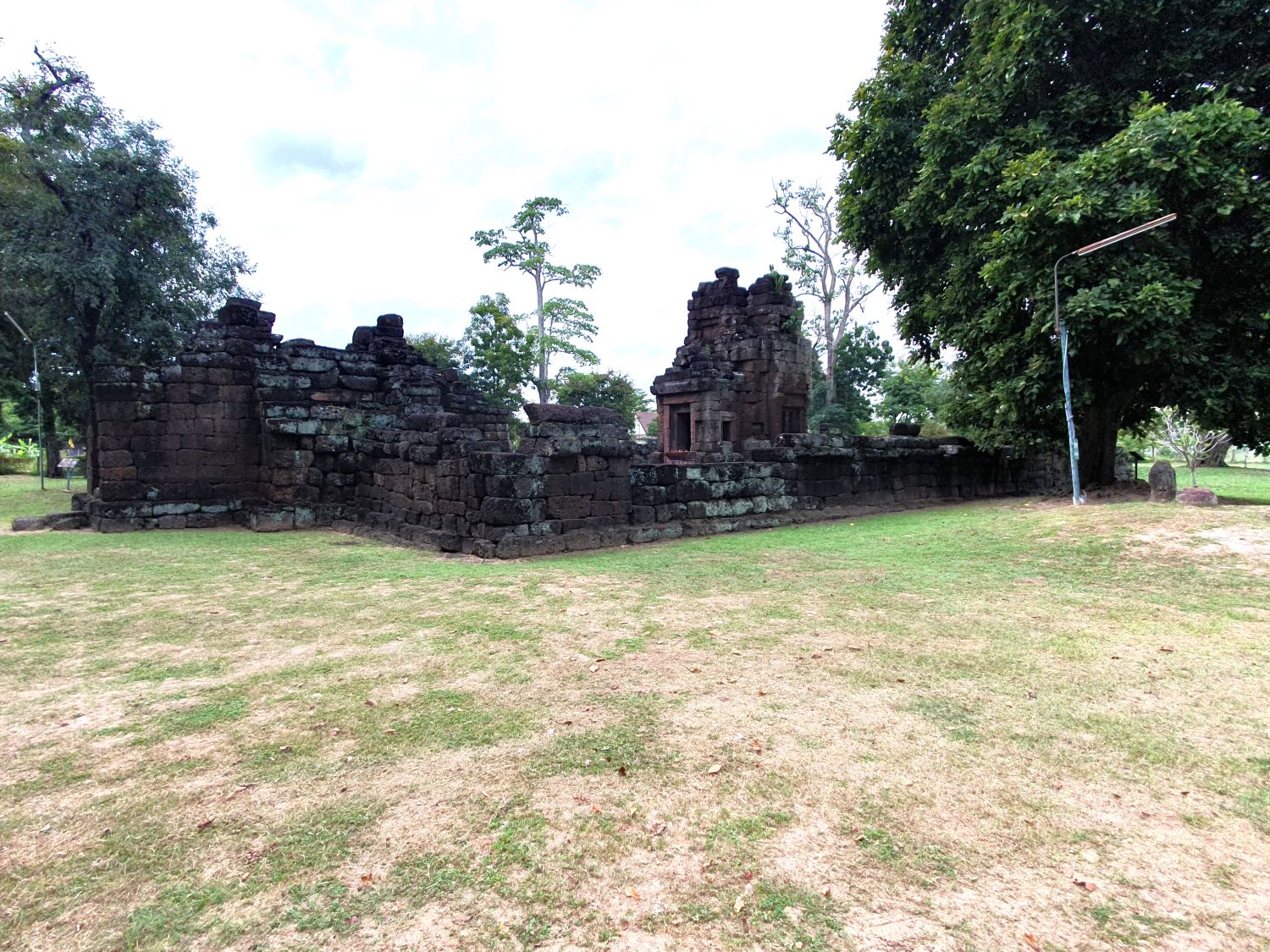
Prasat Ku Santarat, Na Dun District
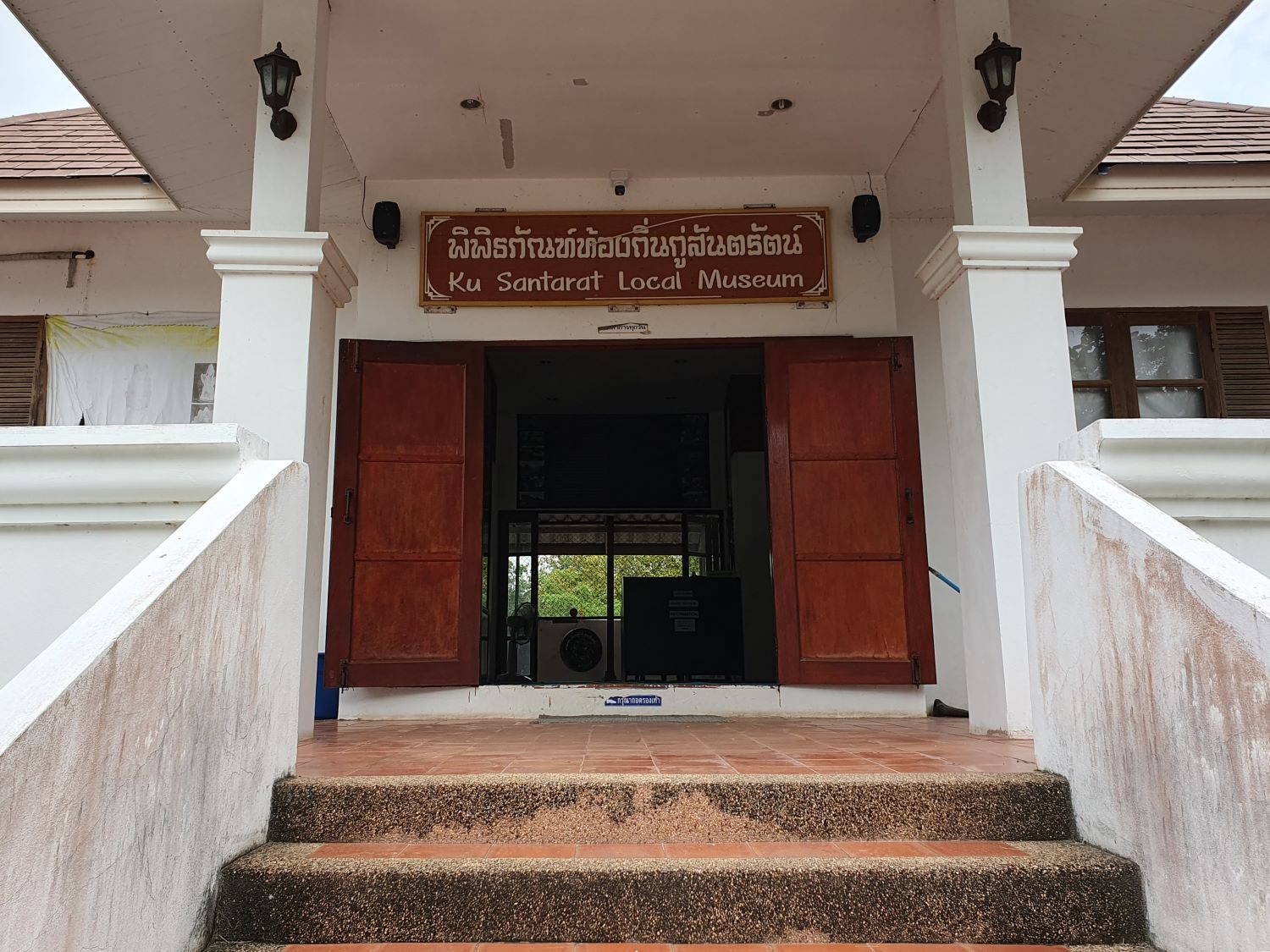
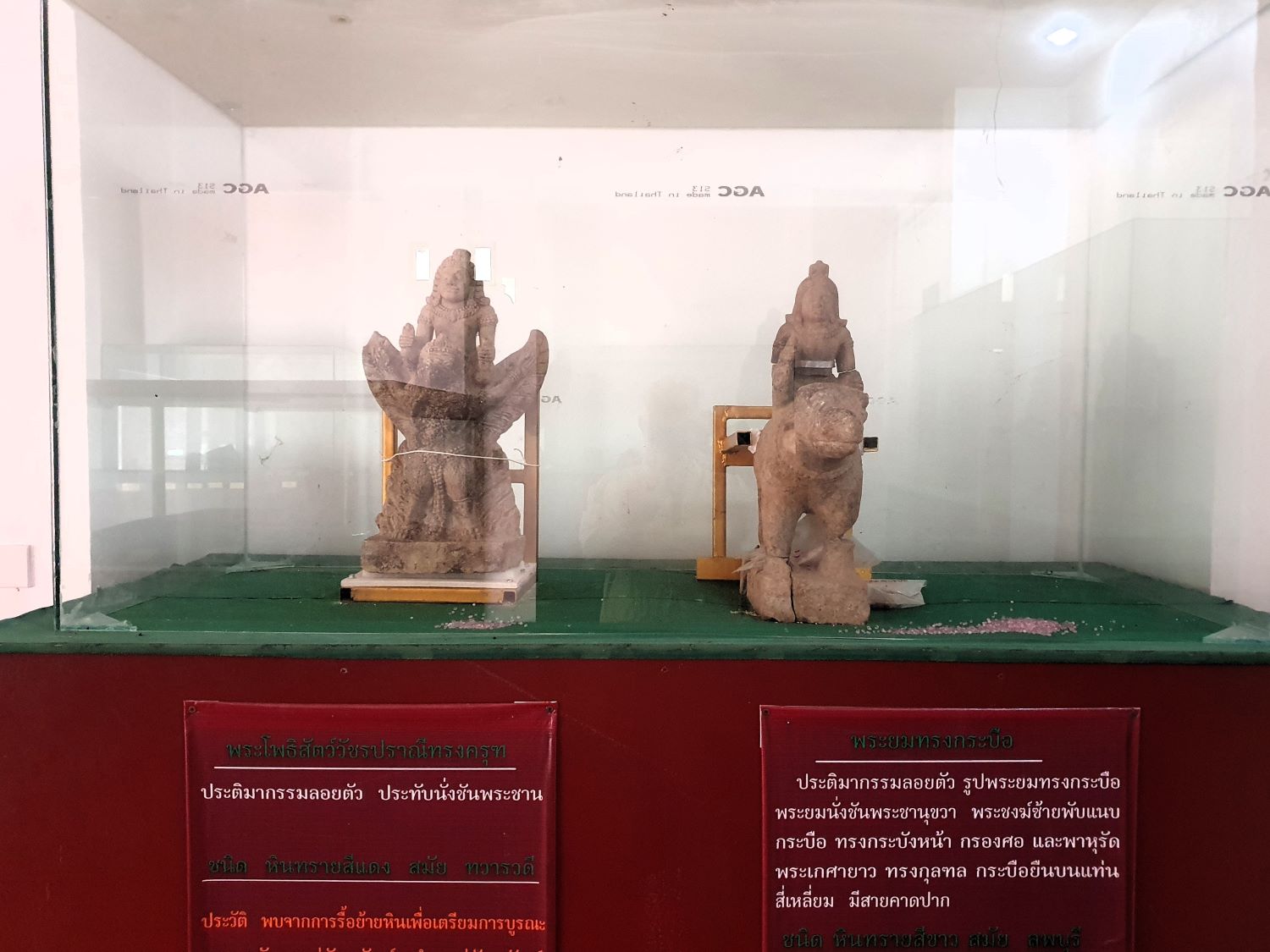
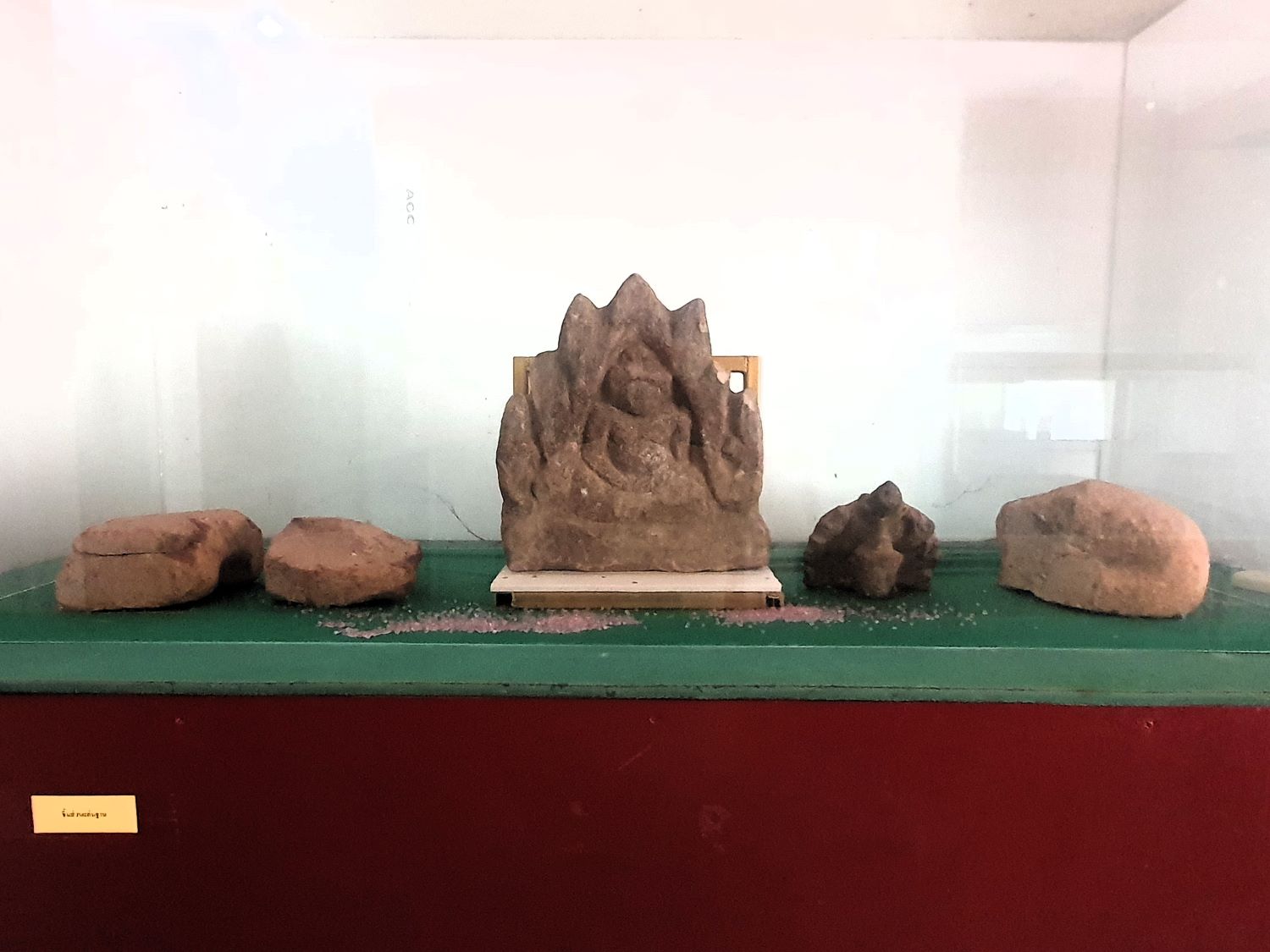
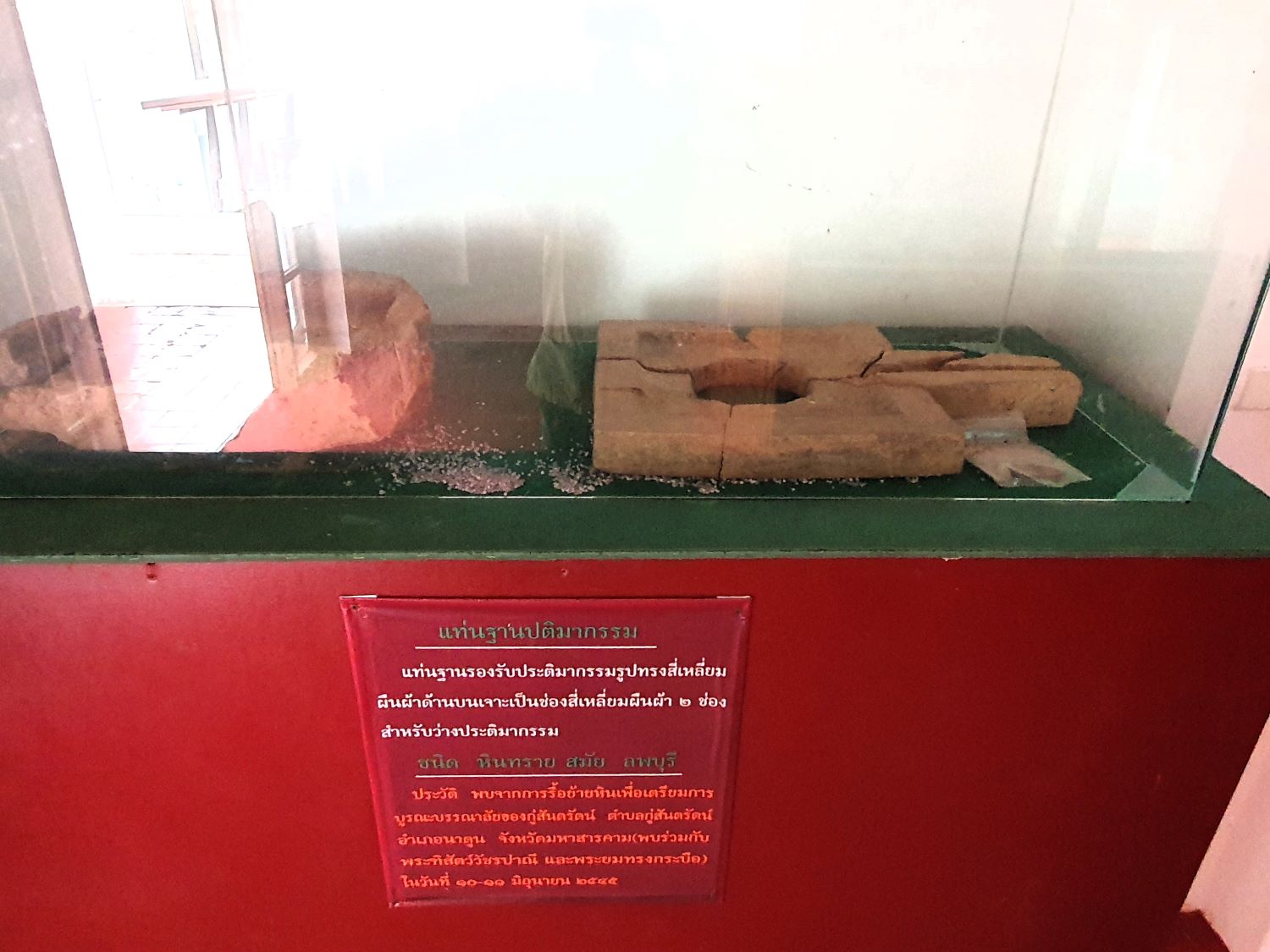
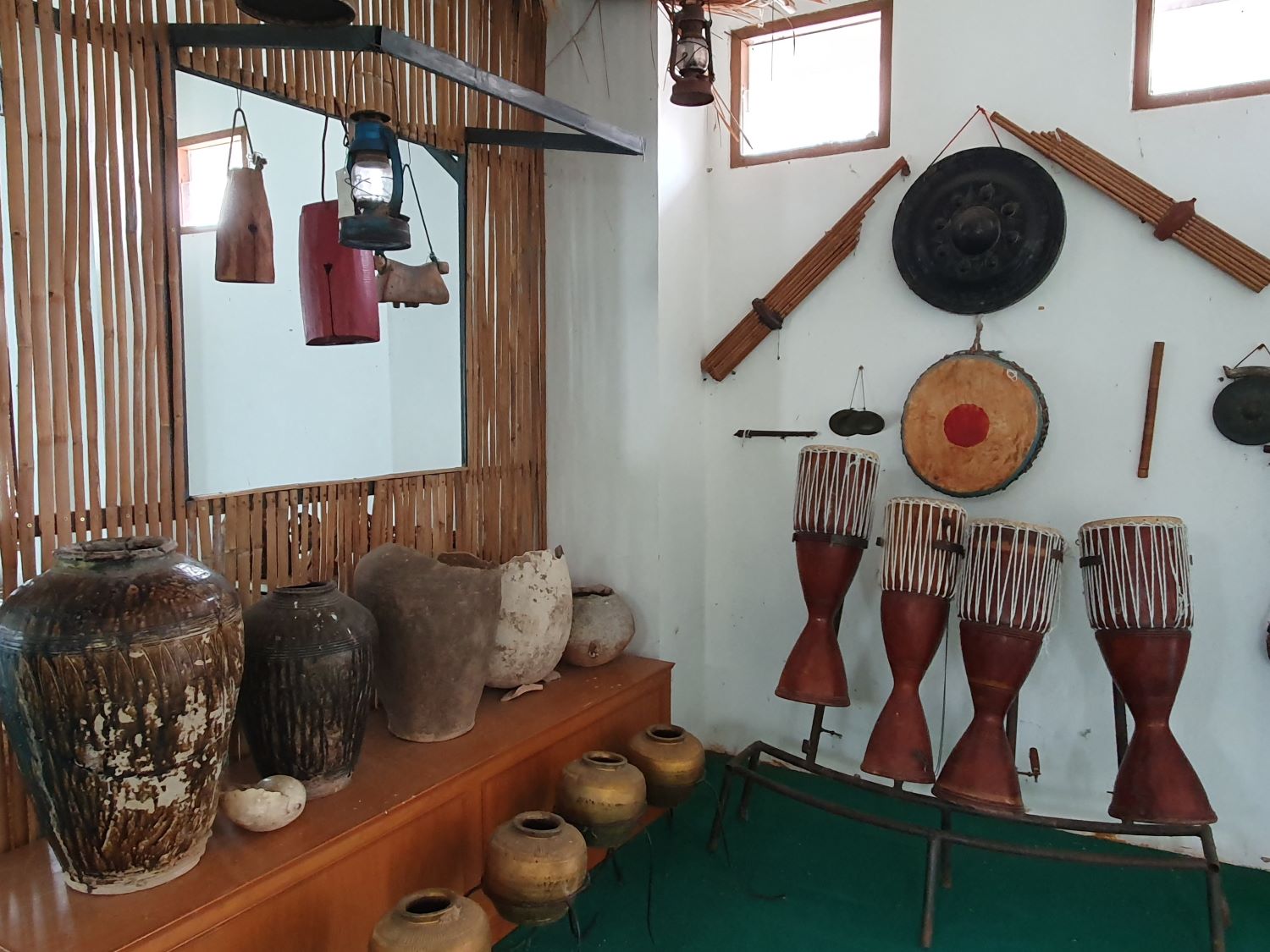
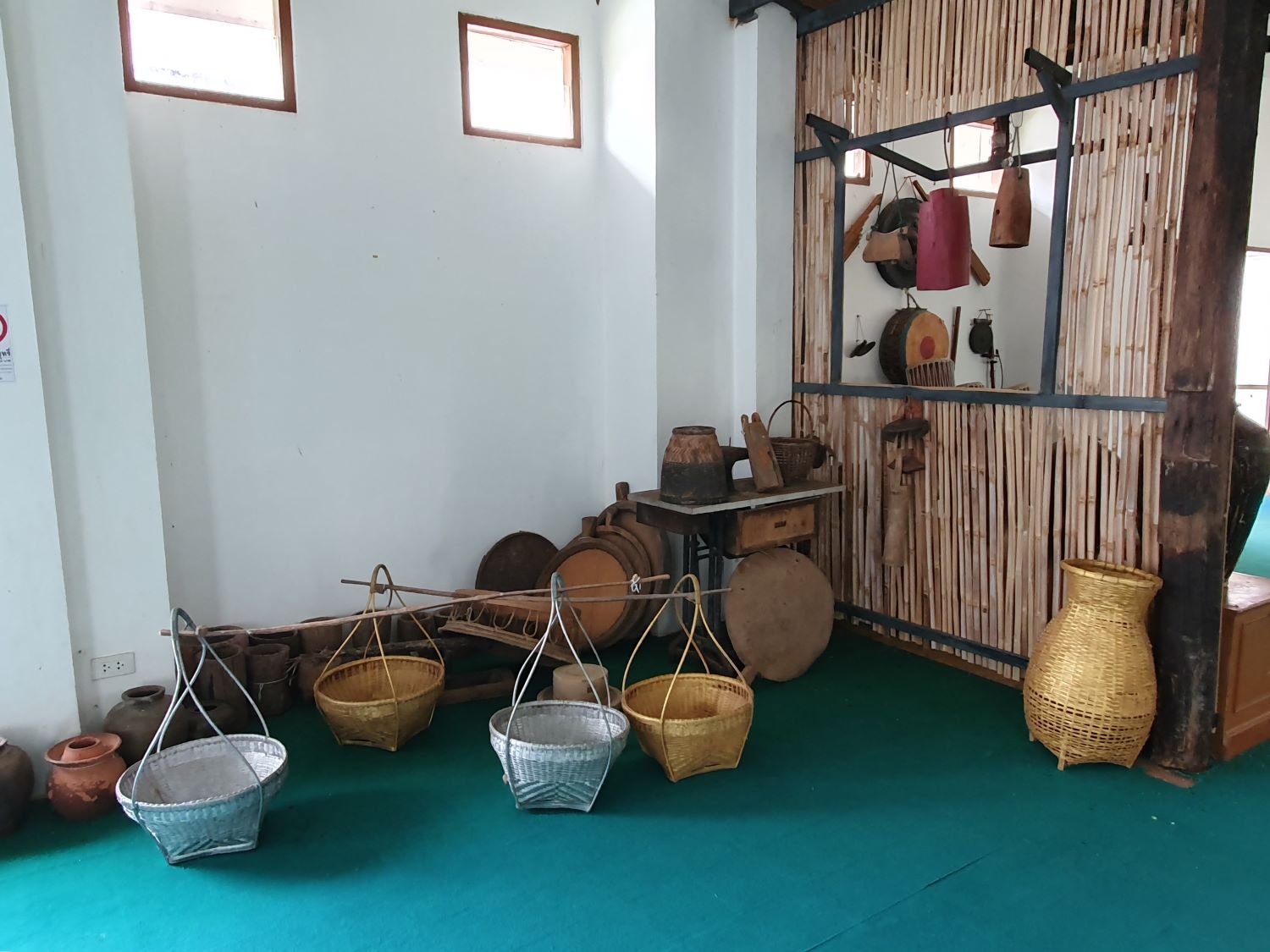
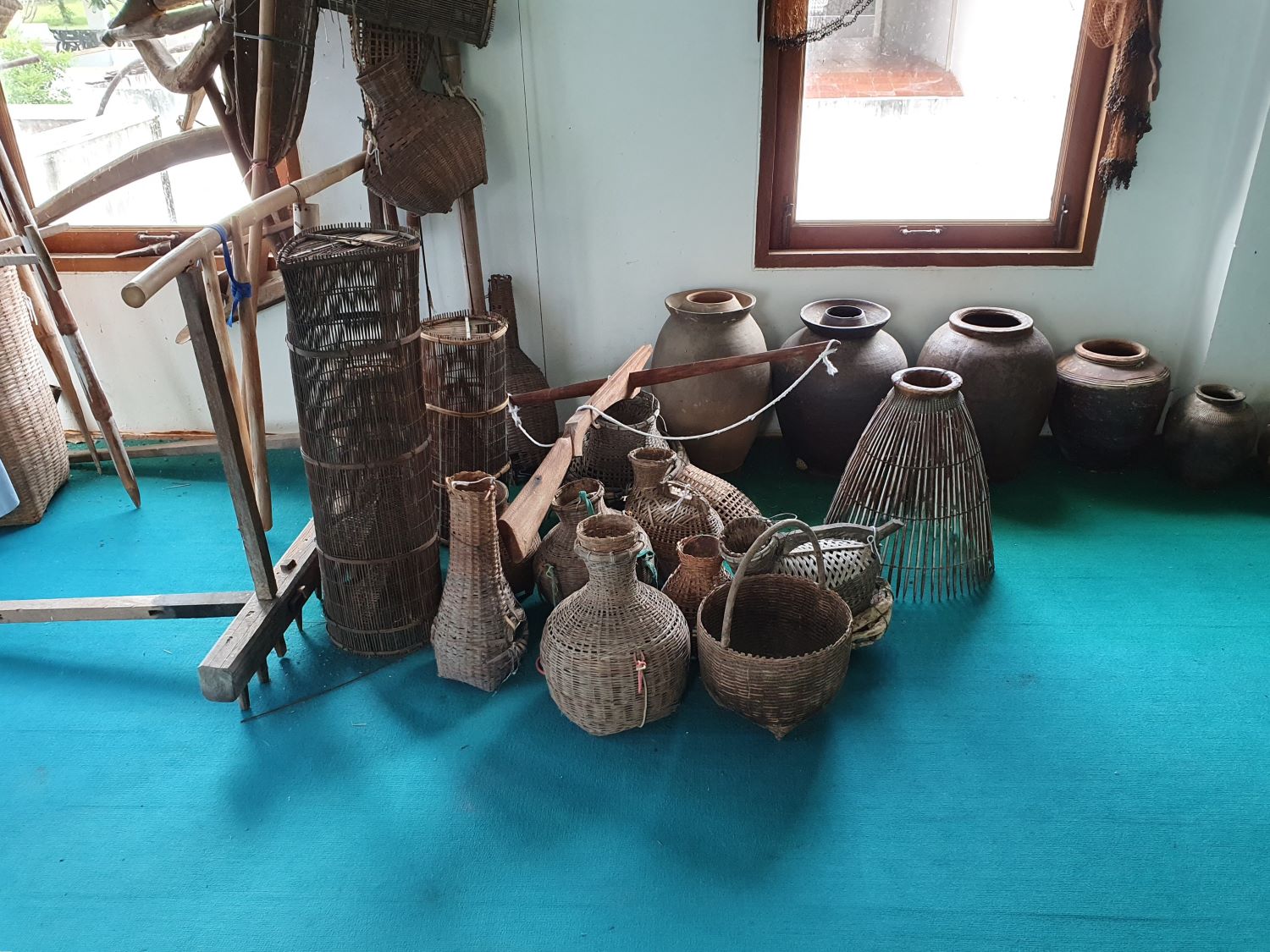
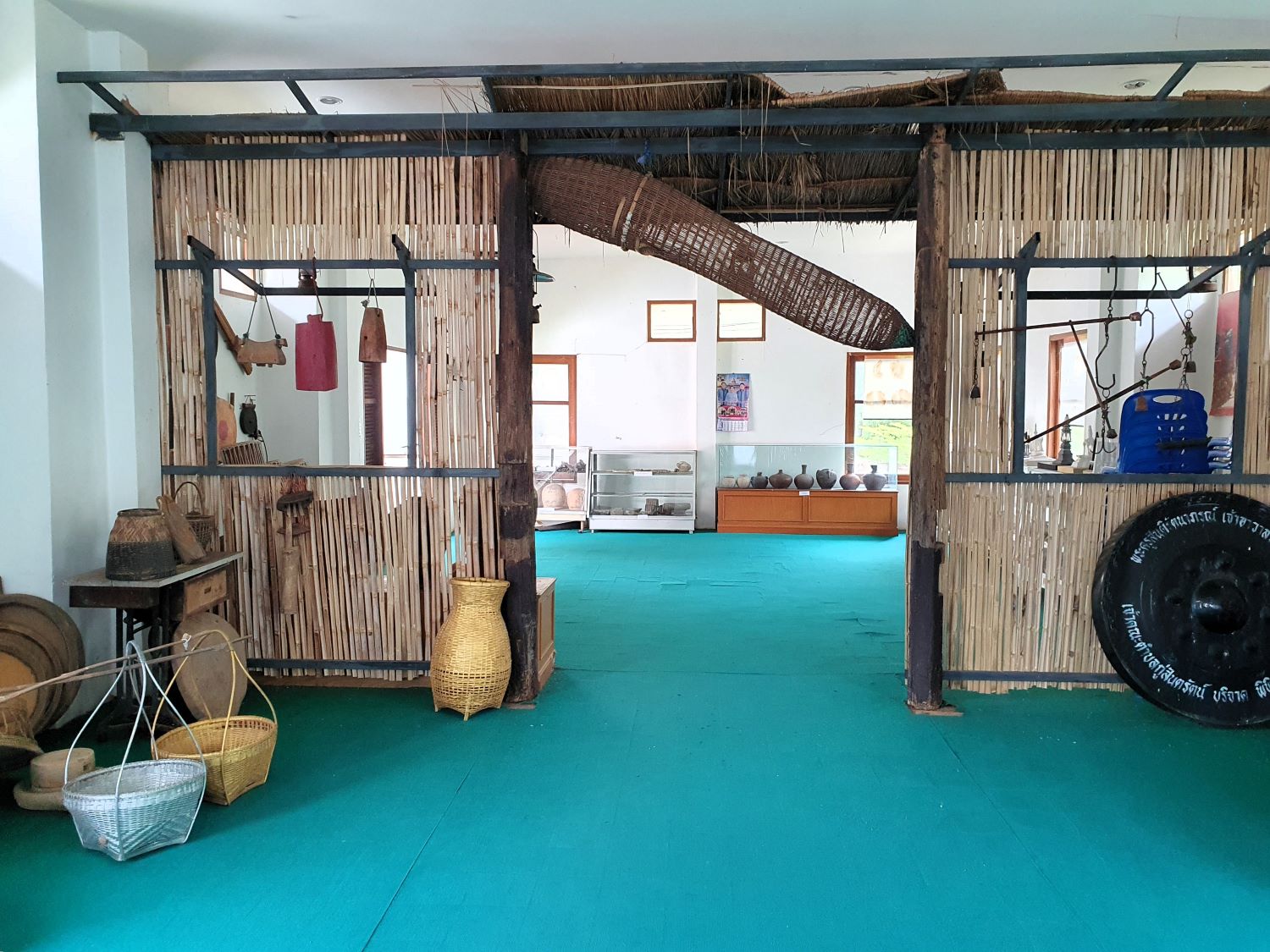
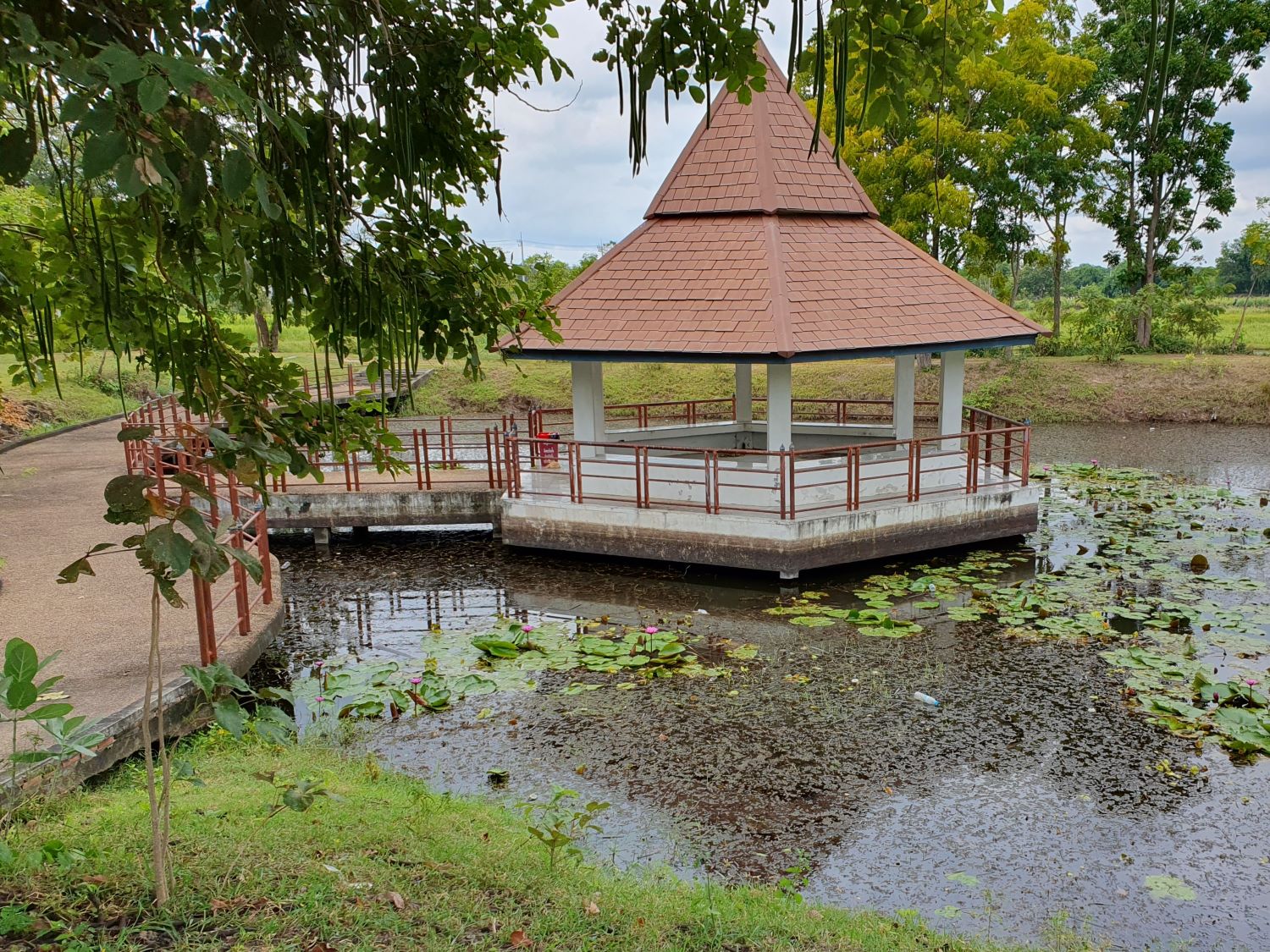
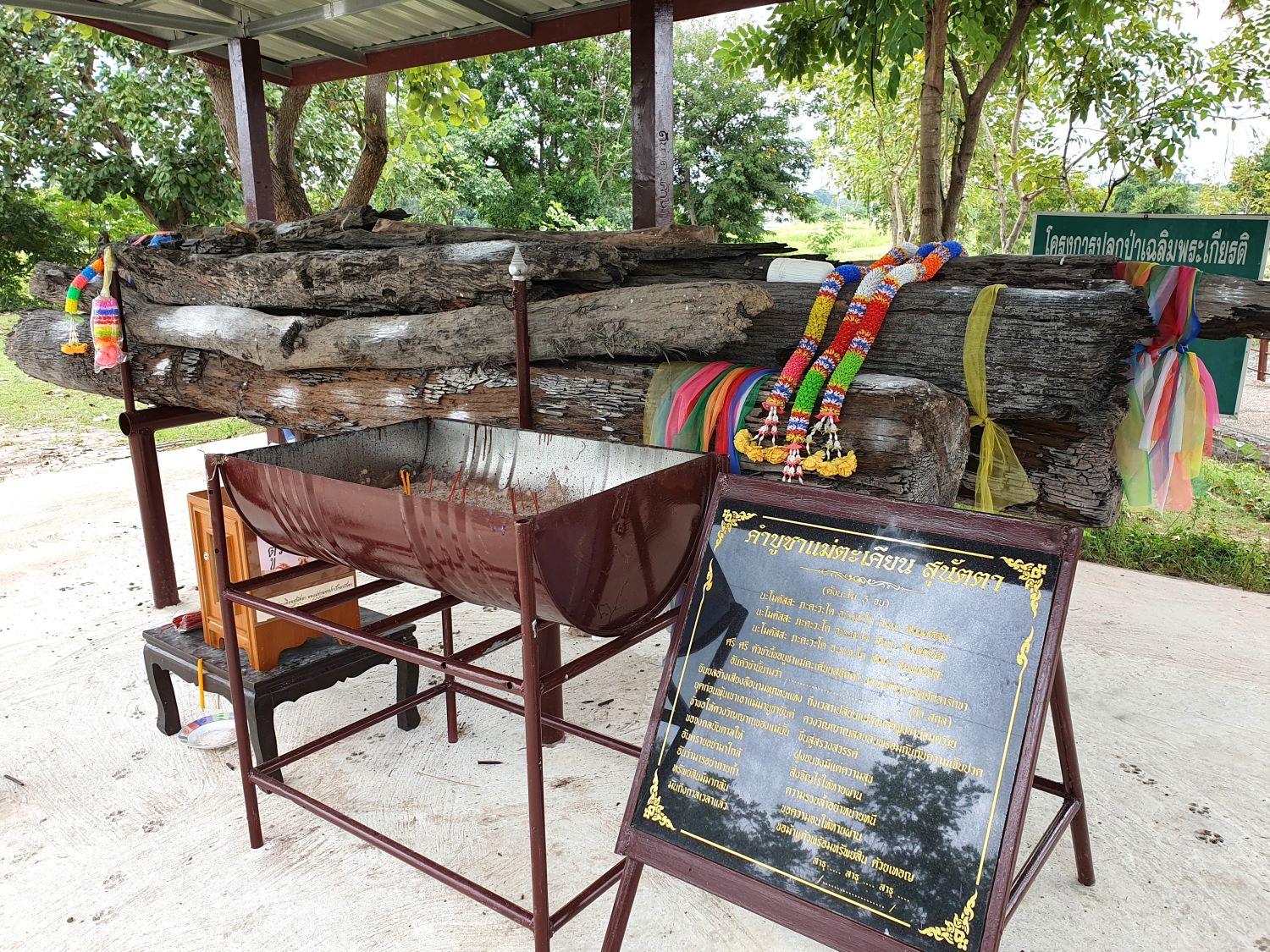
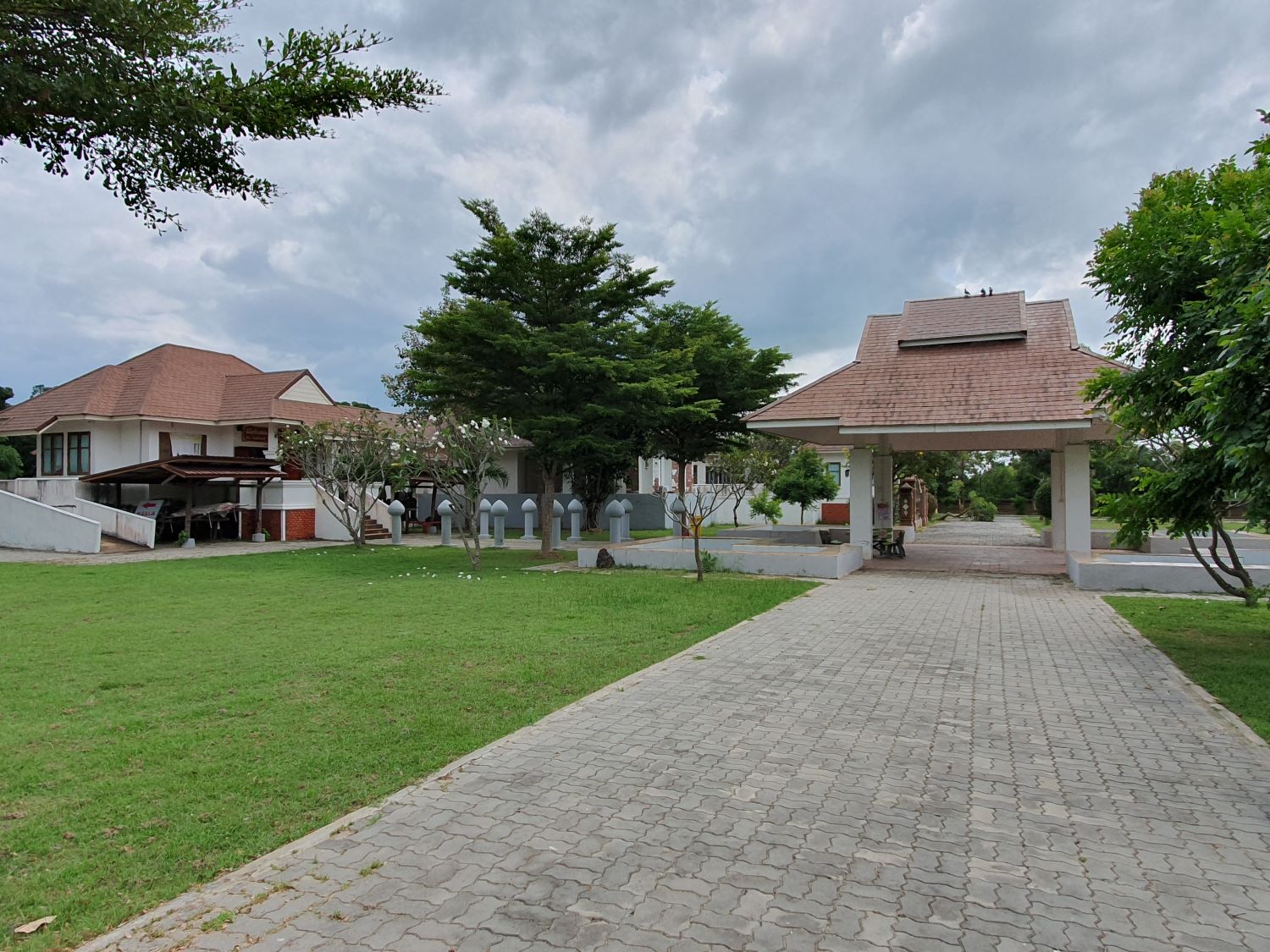
Prasat Ku Santarat Museum, Na Dun District
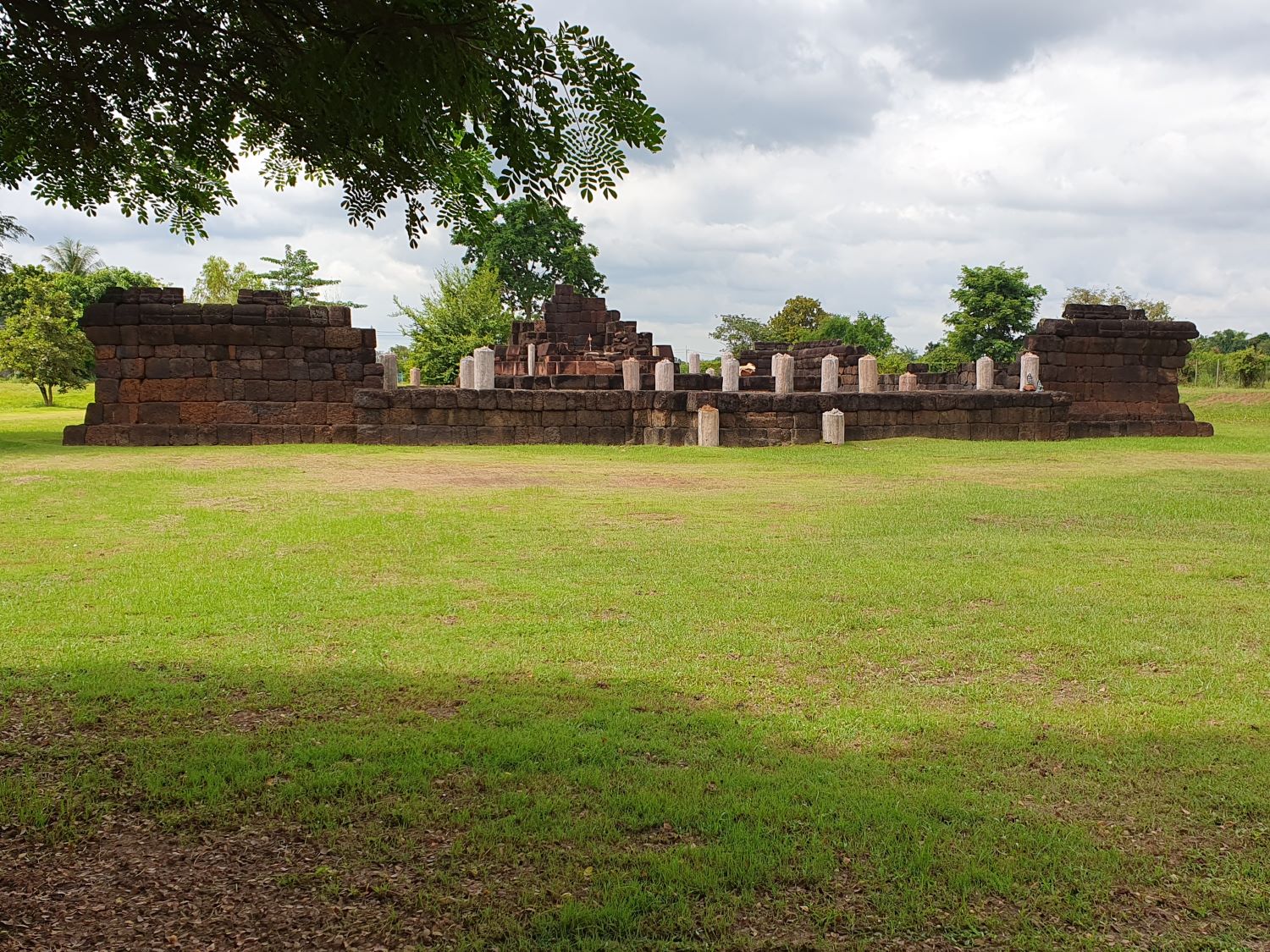
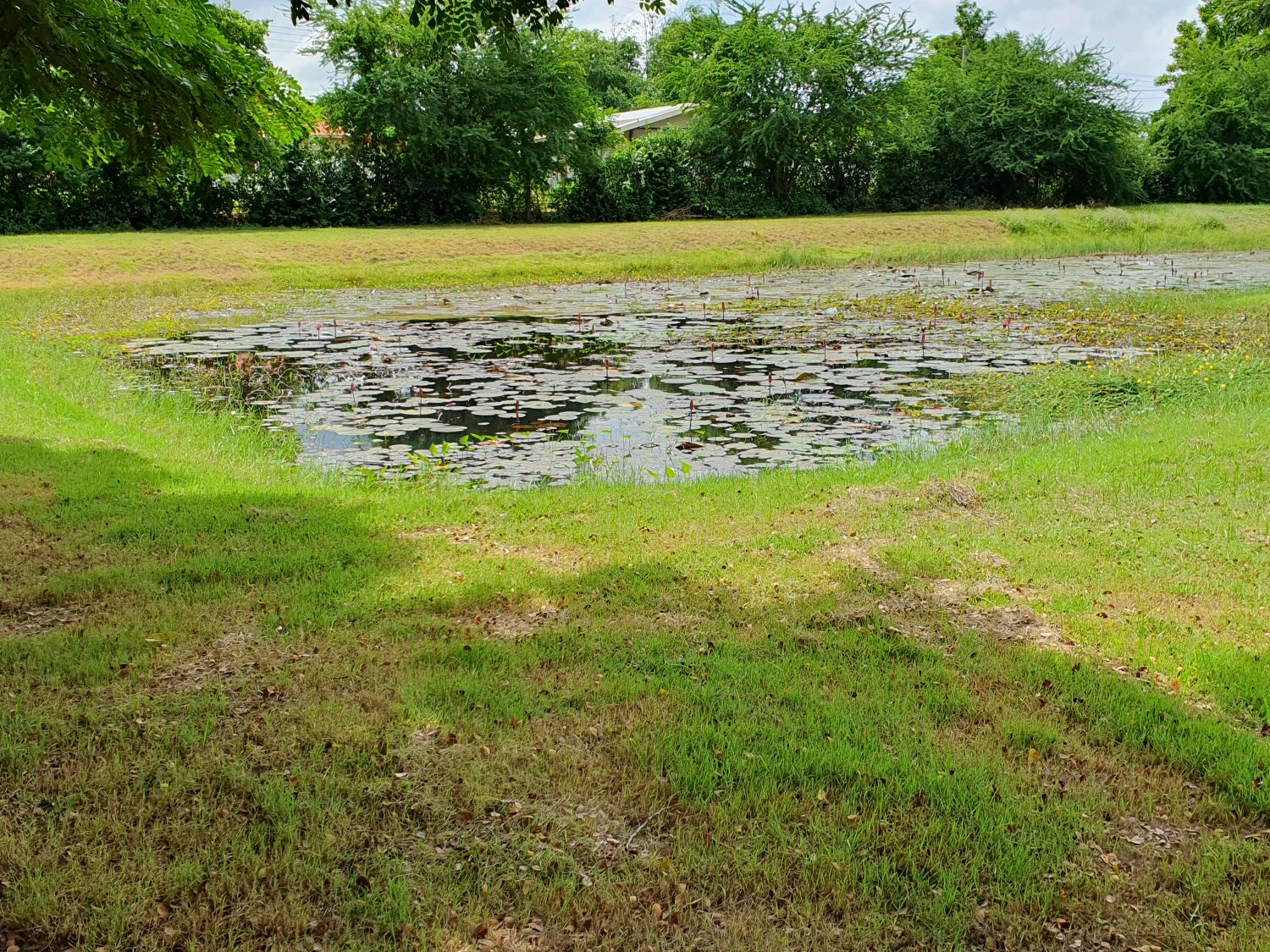
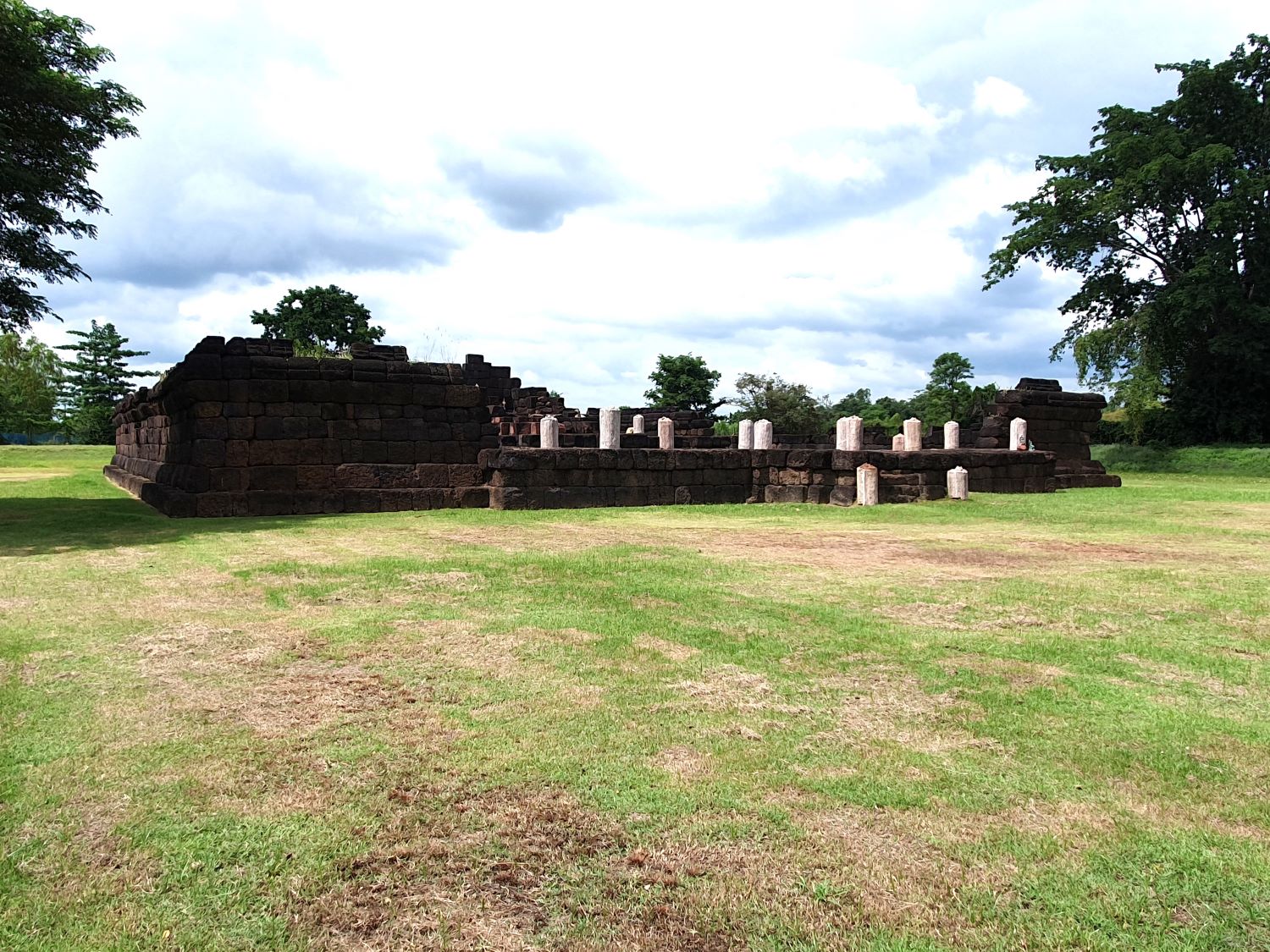
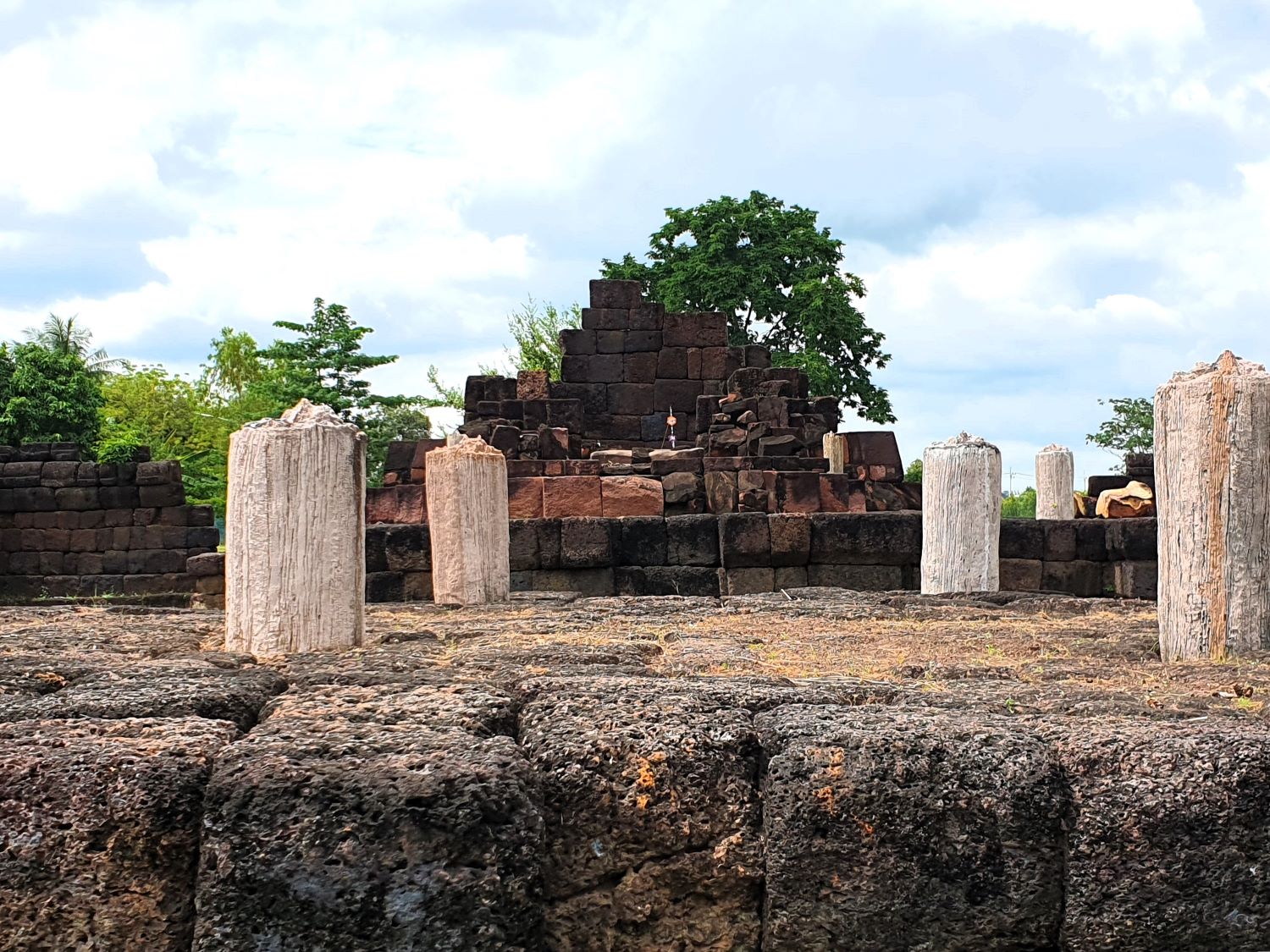
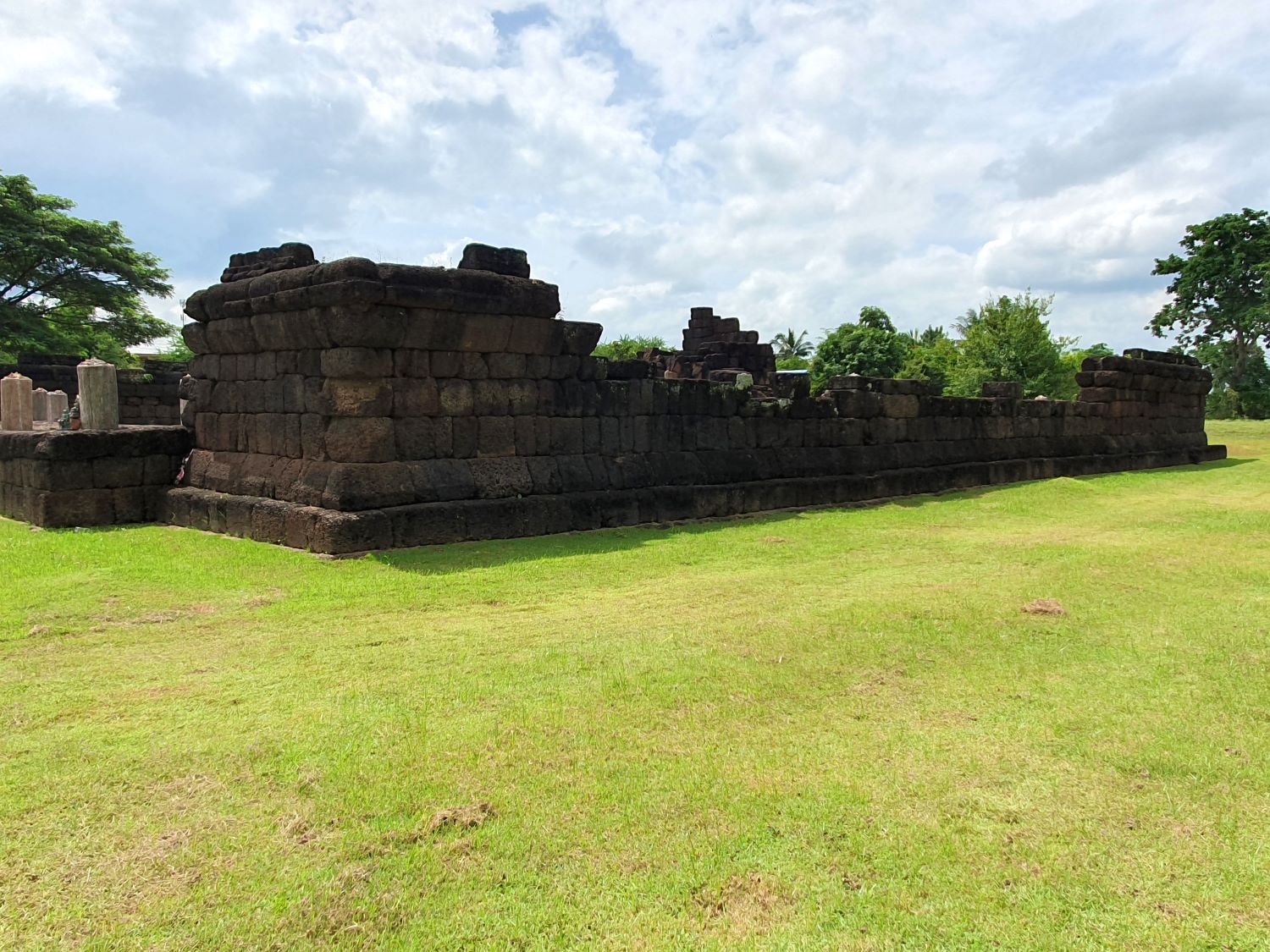
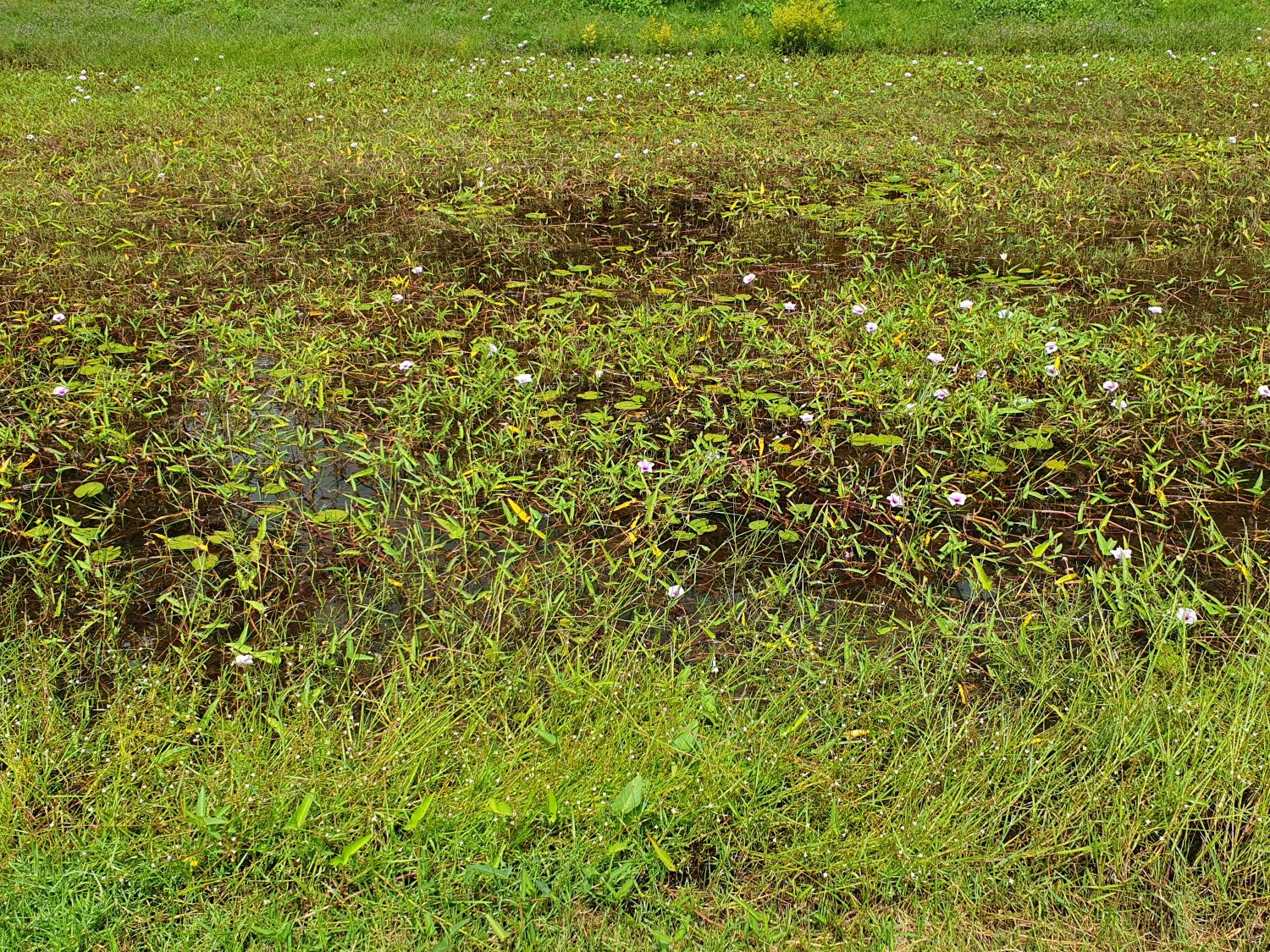
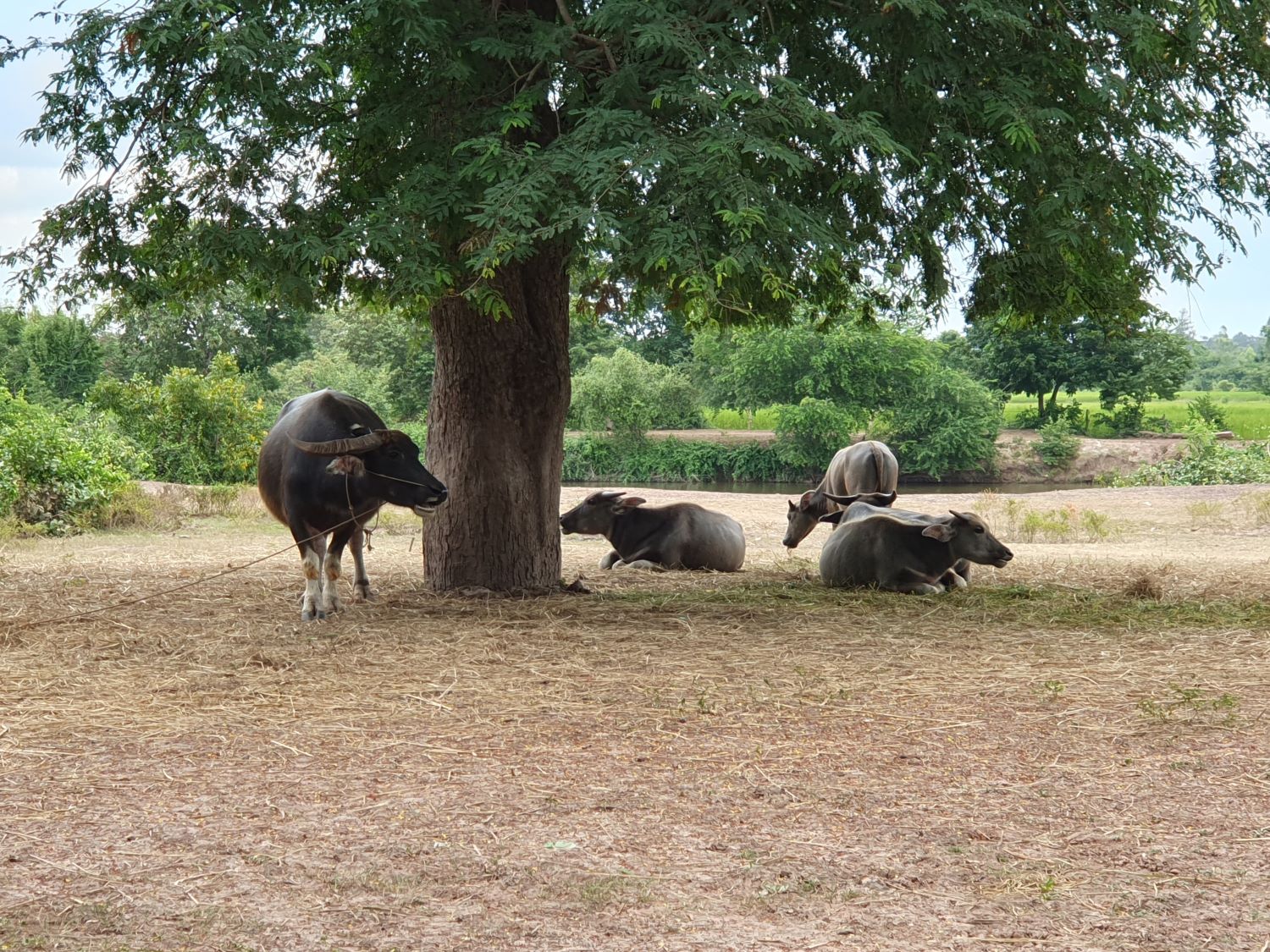
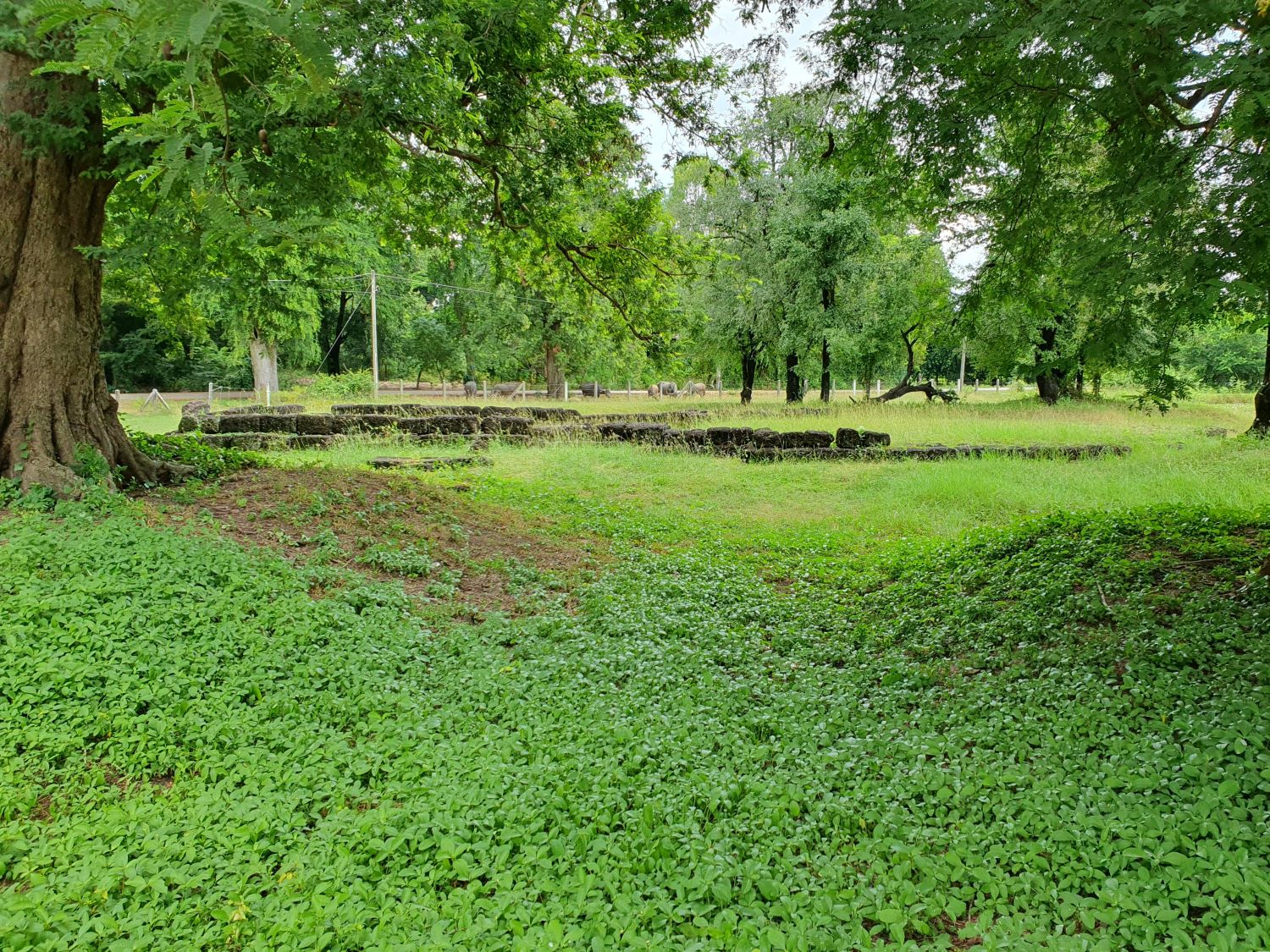
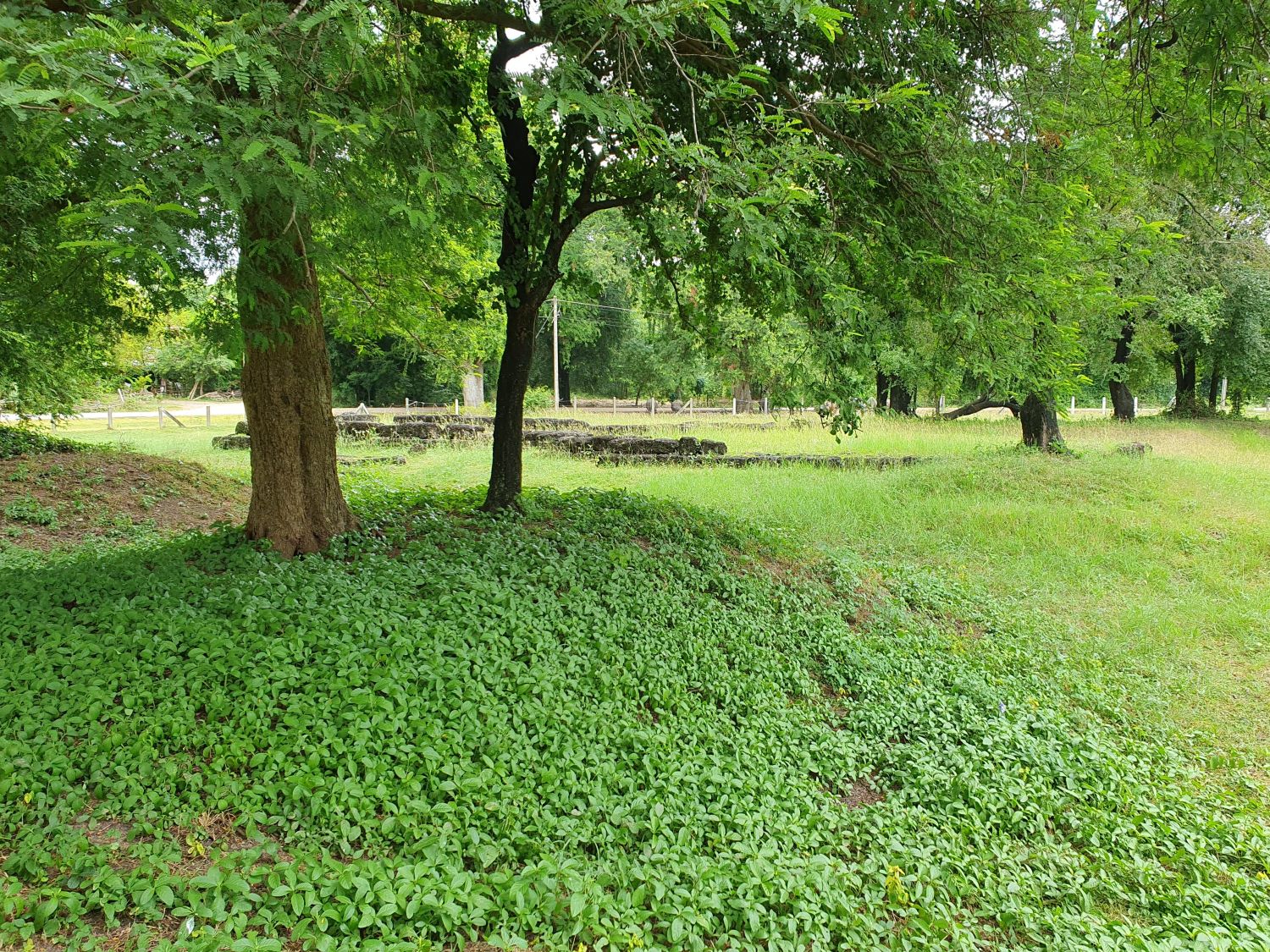
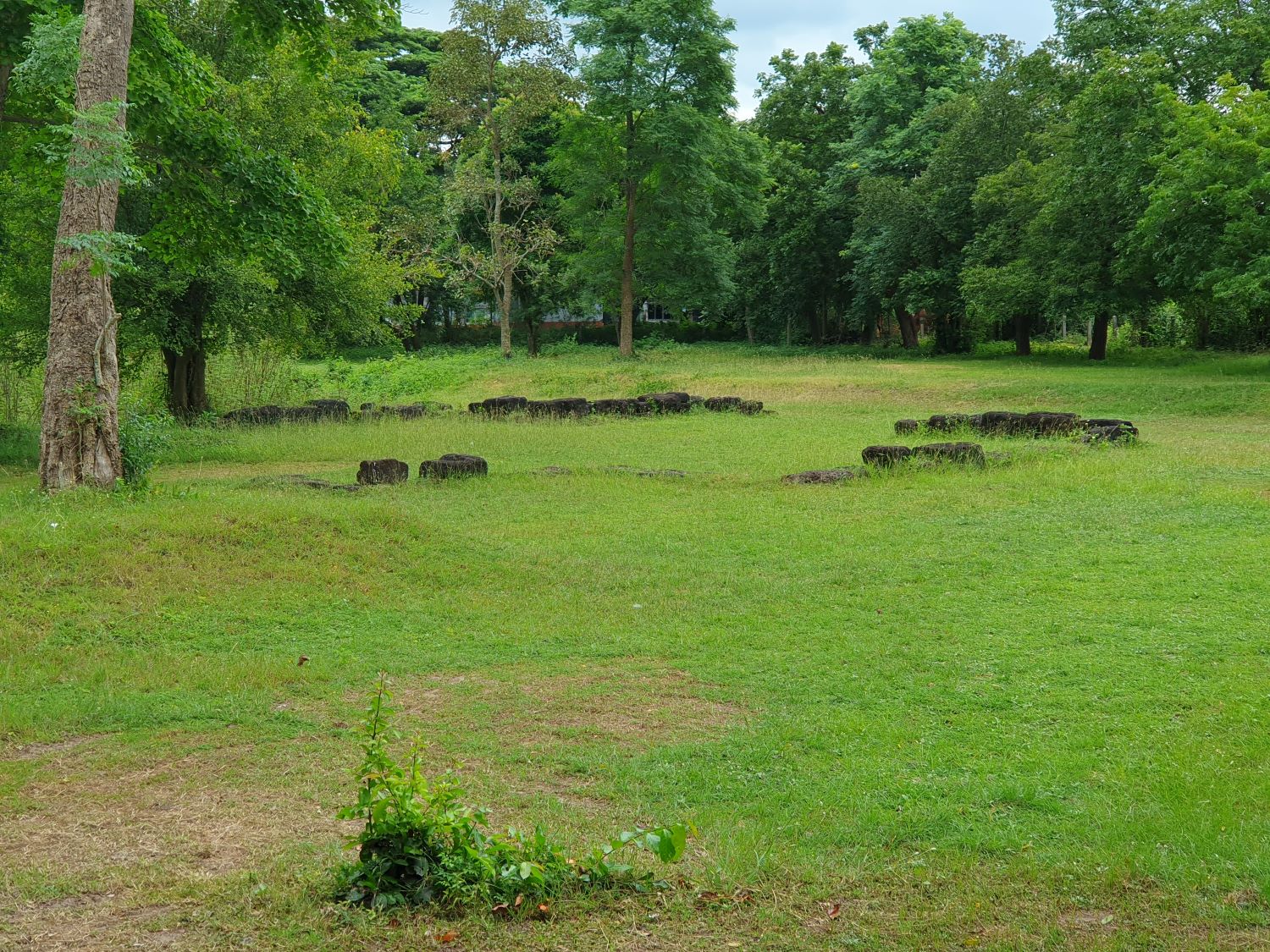
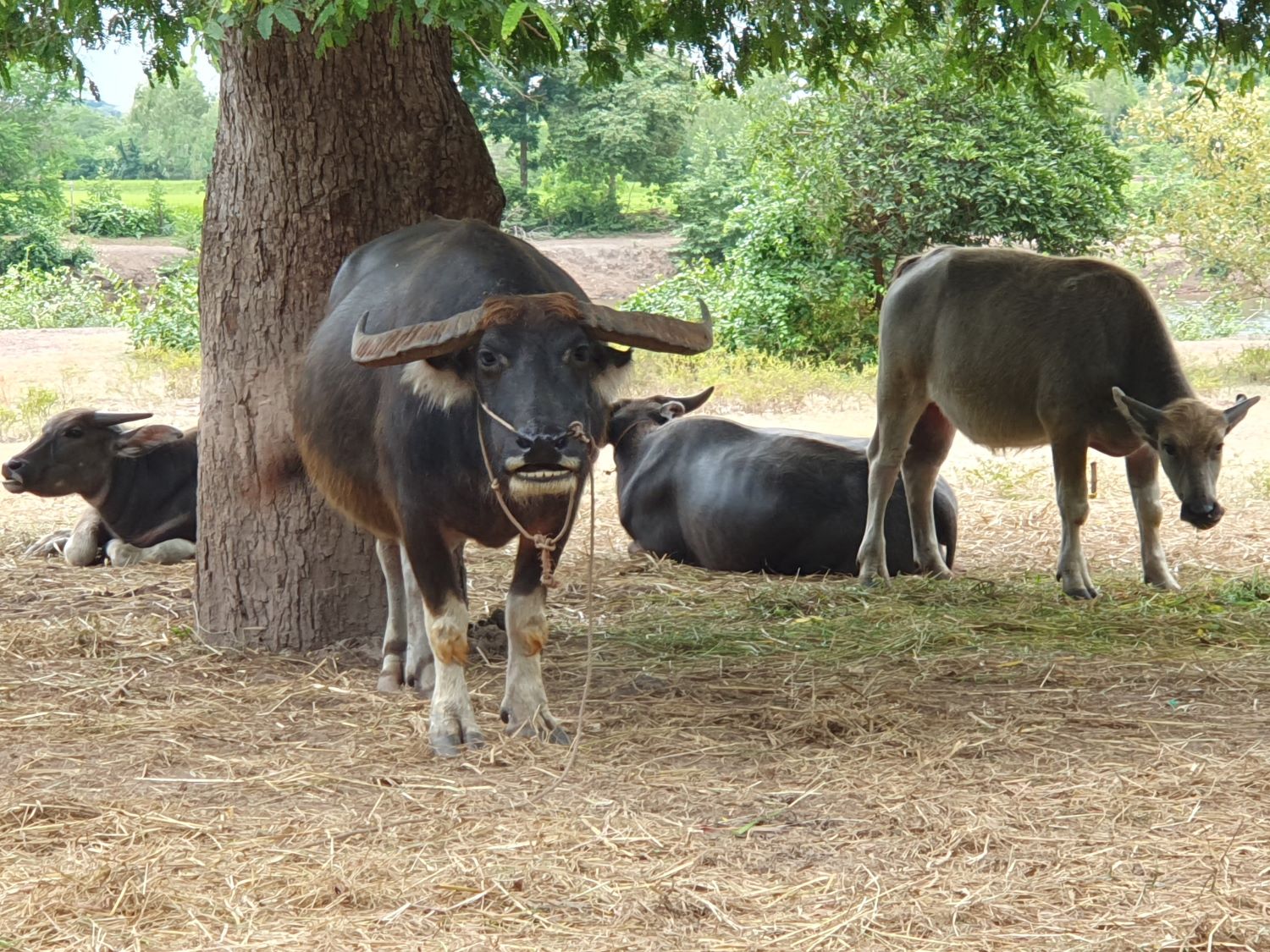
Ku Noi, Na Dun District
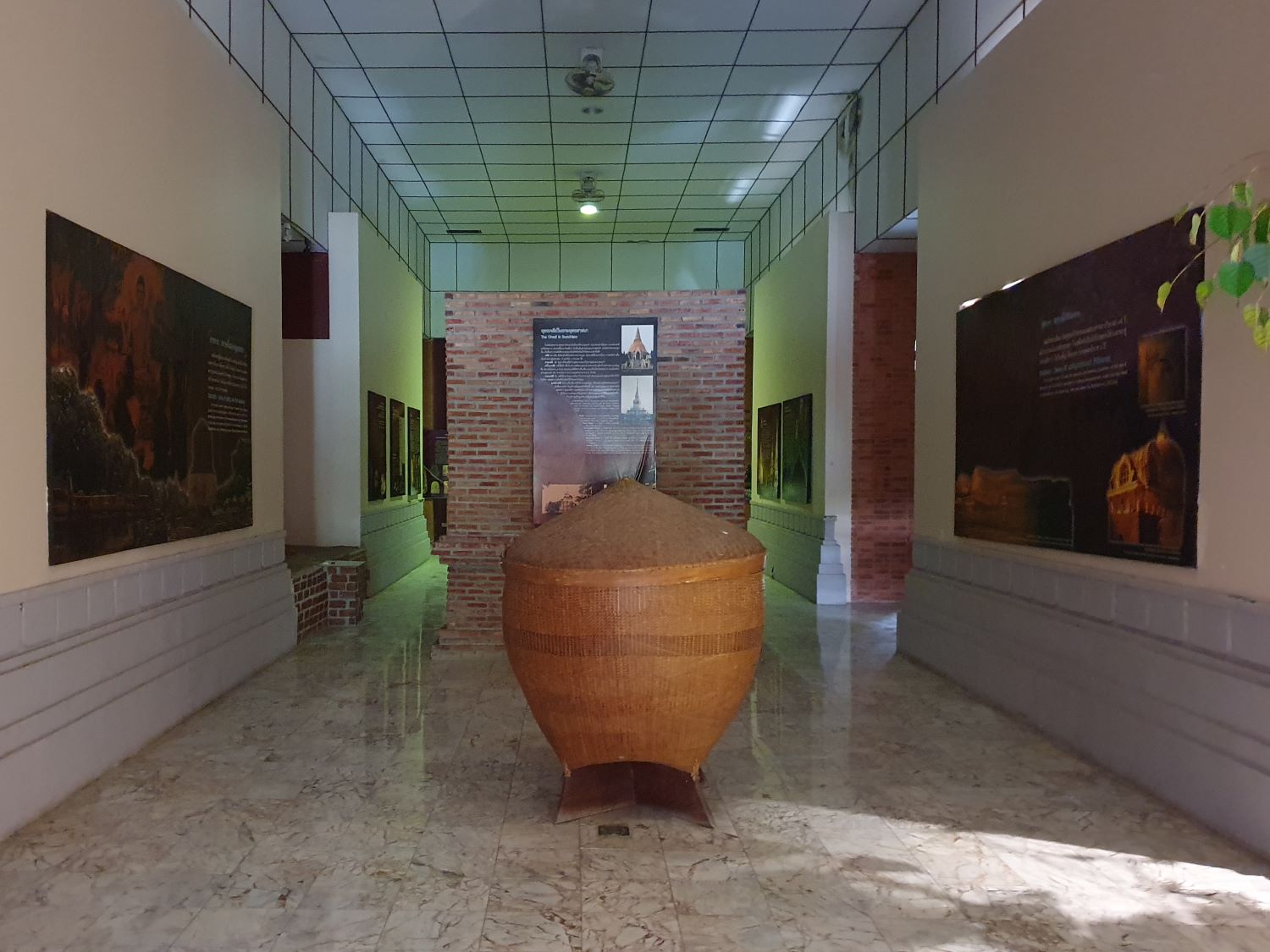
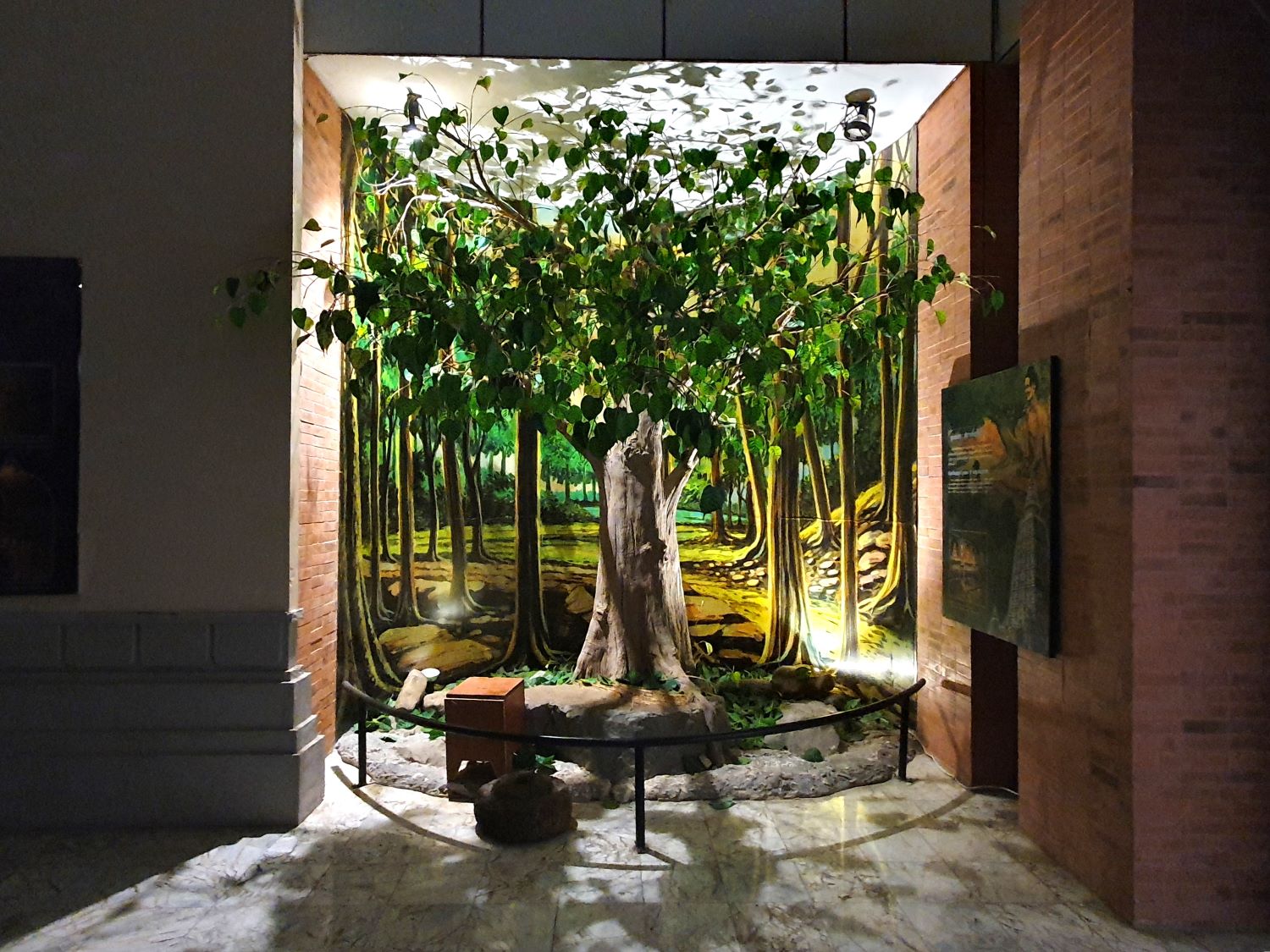
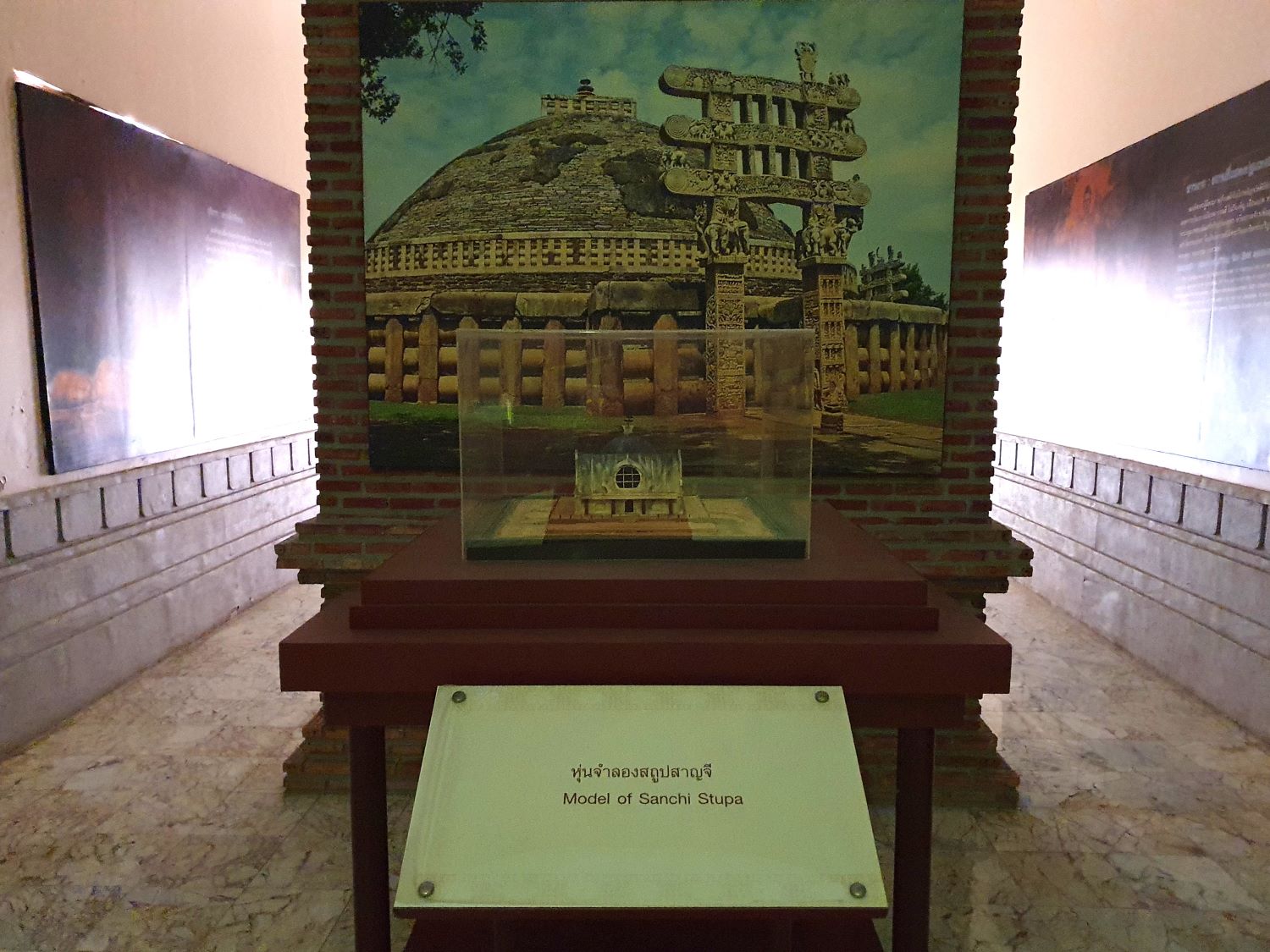
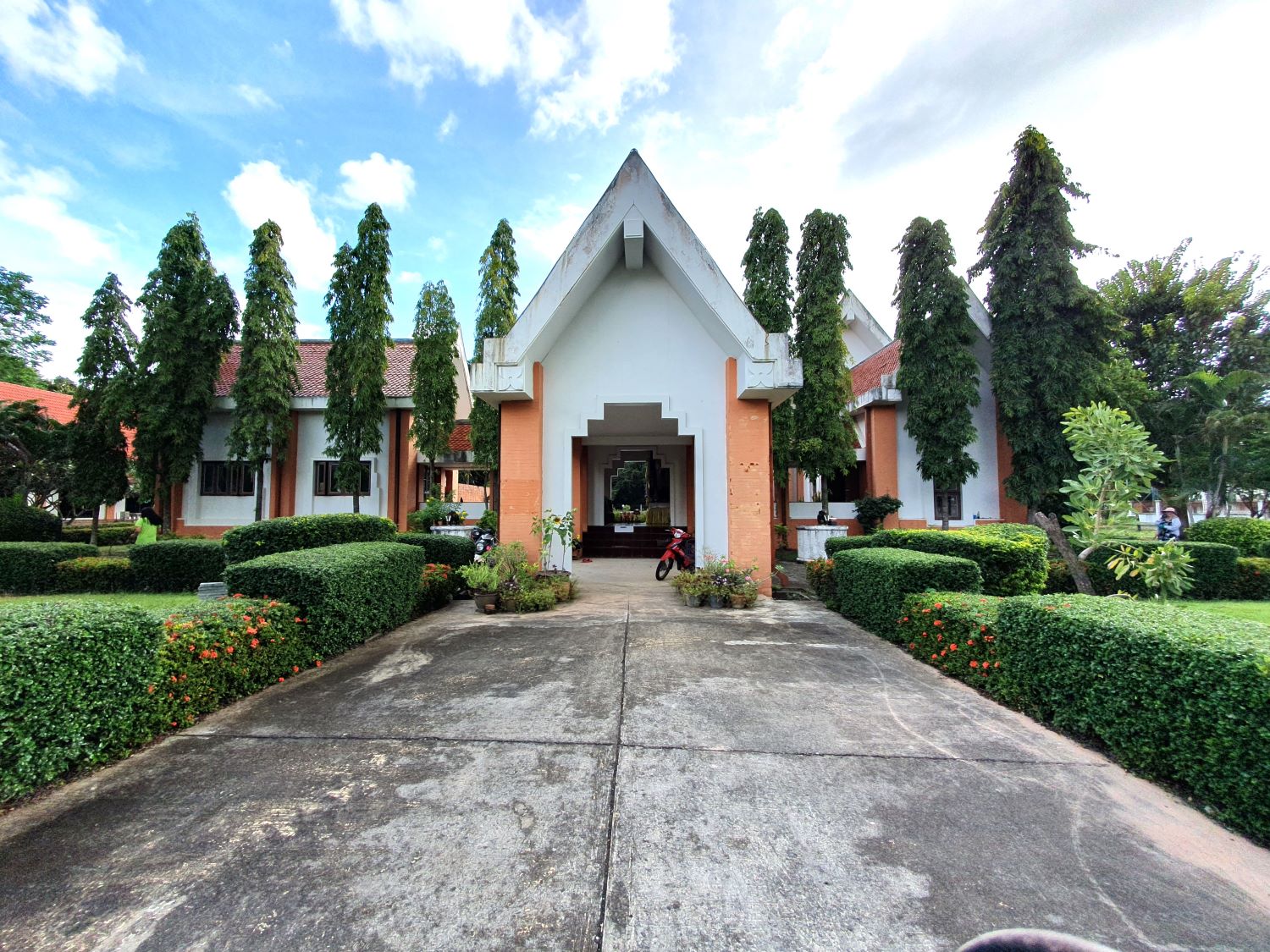
Museo Champasri Nakhon, Phrathat Na Dun, Na Dun District
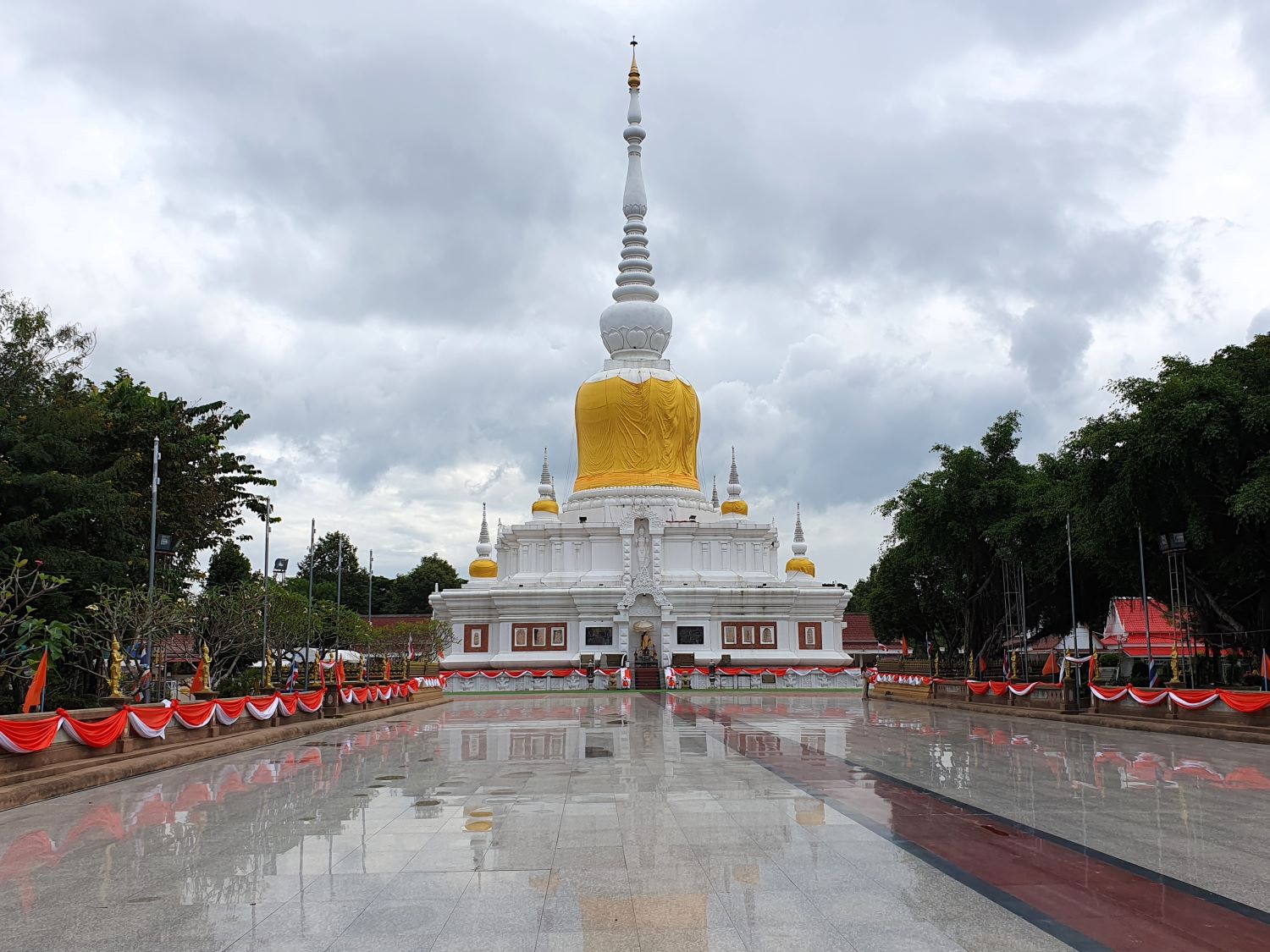
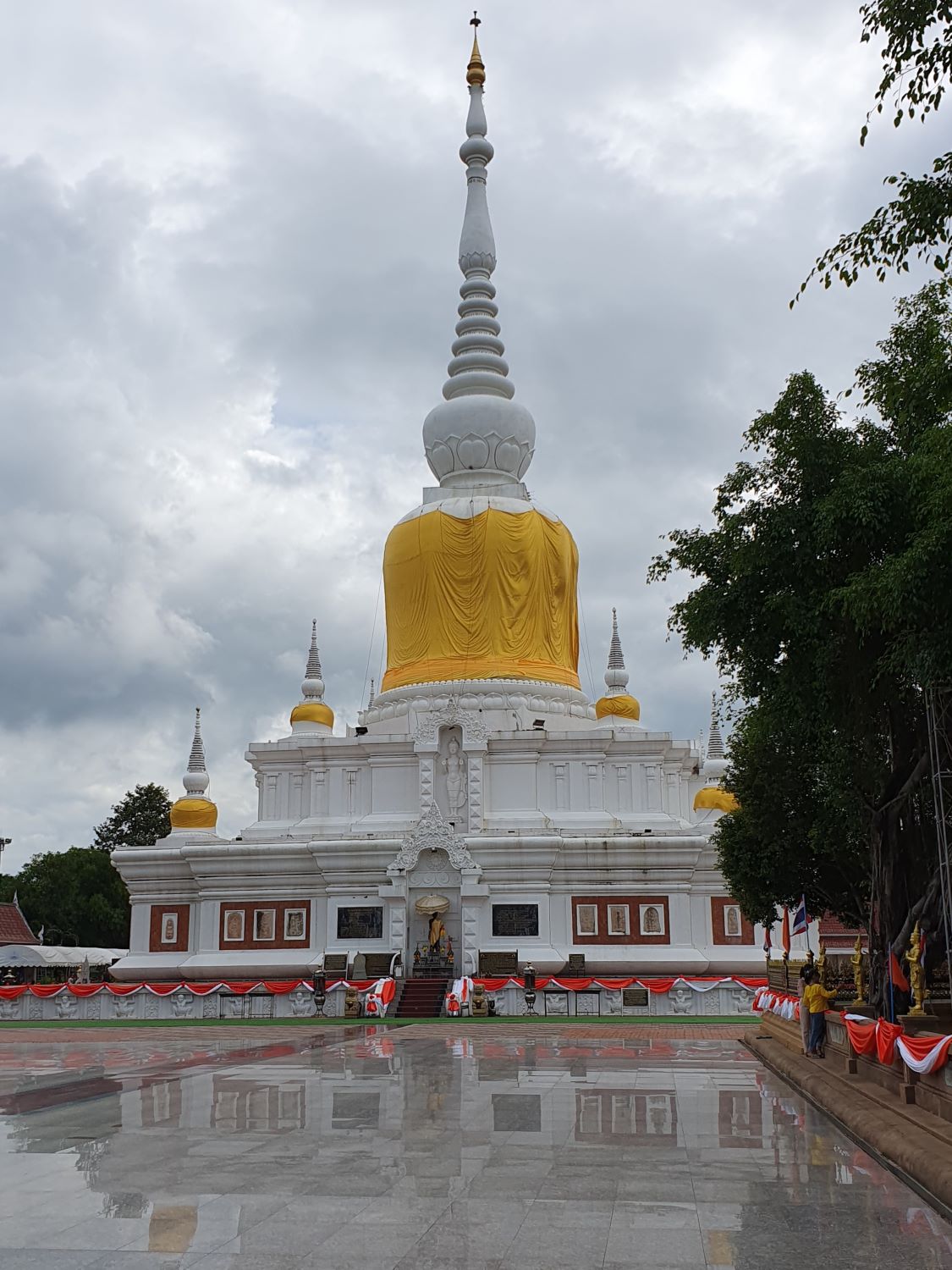
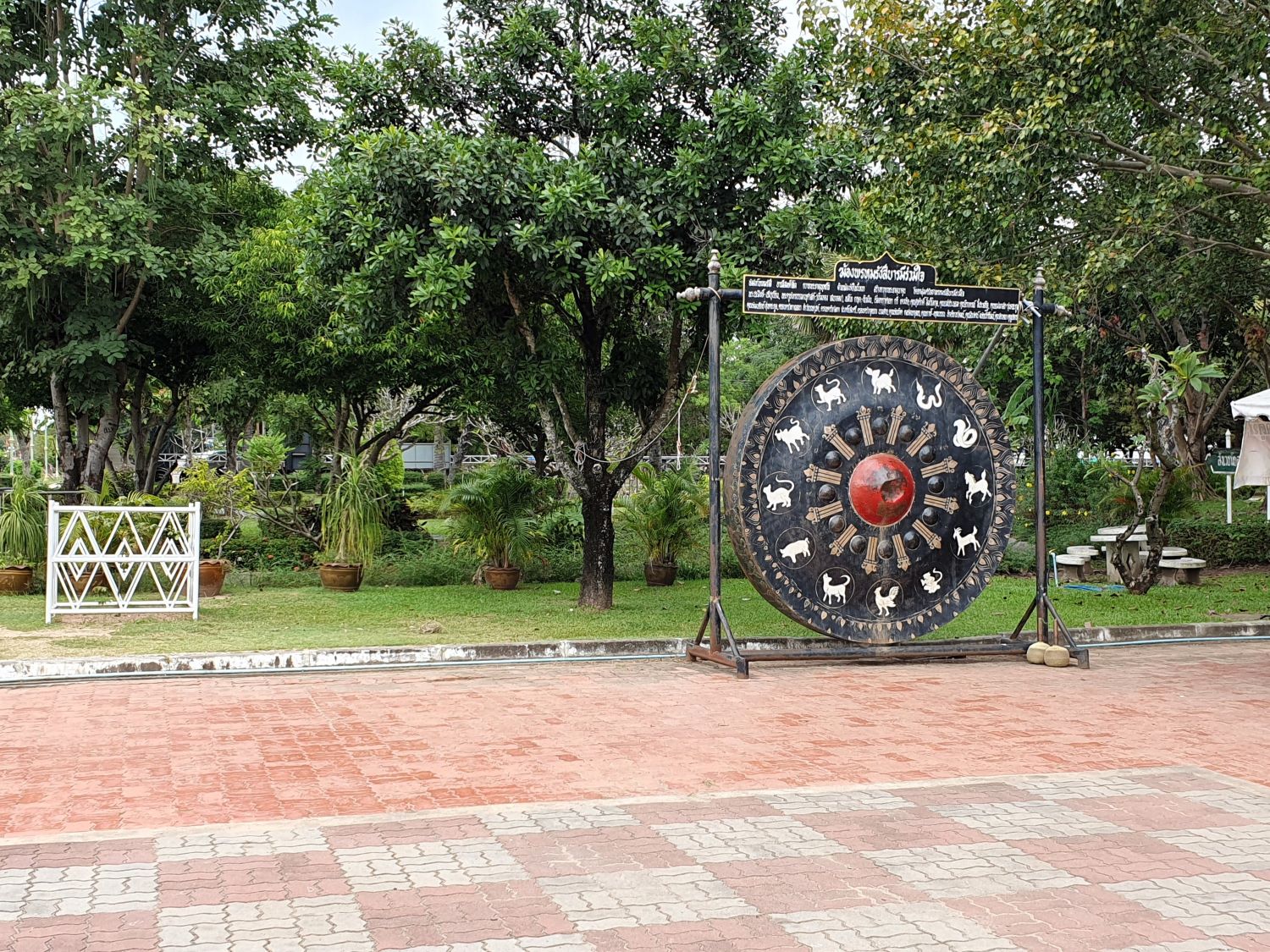
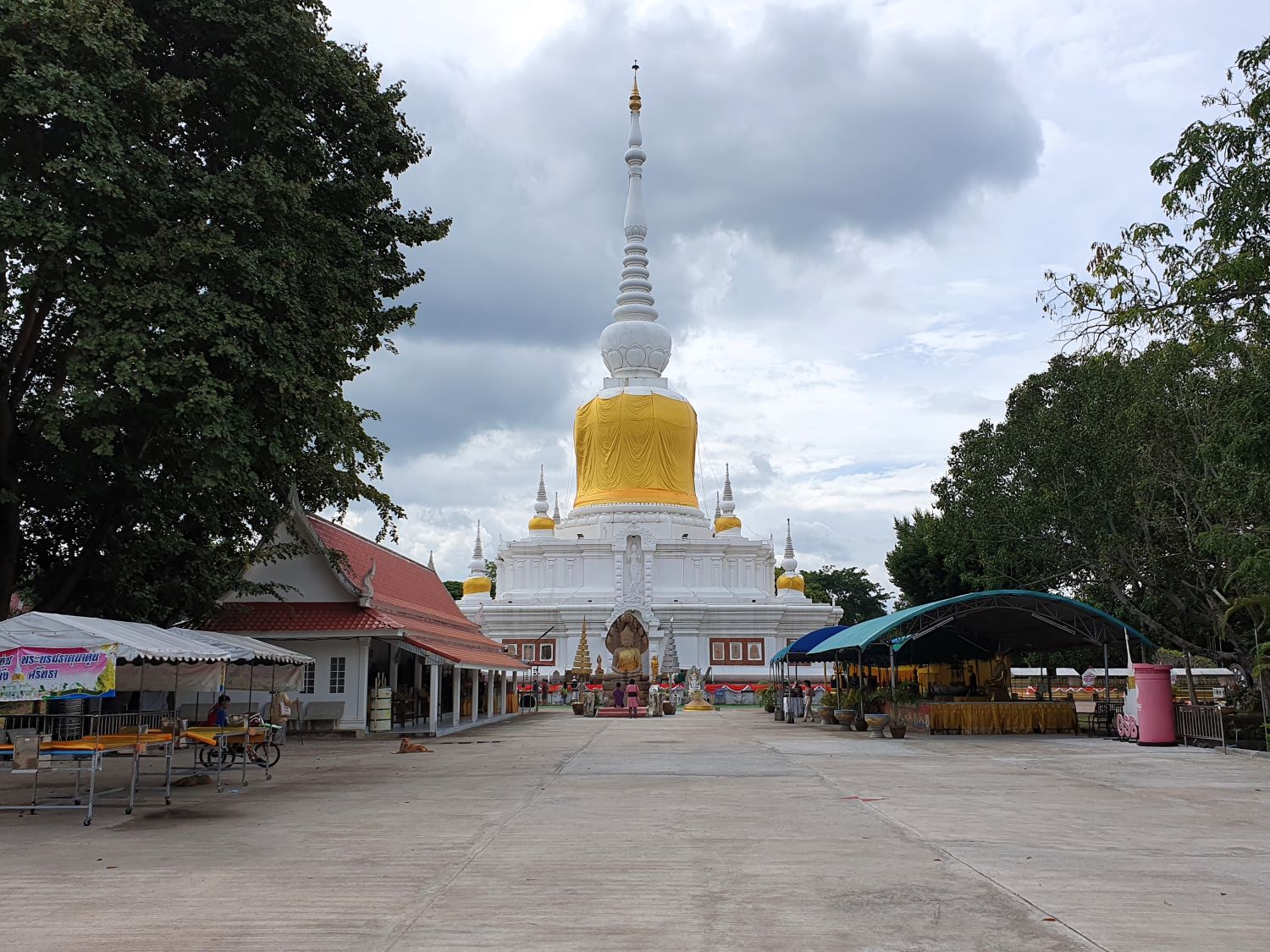
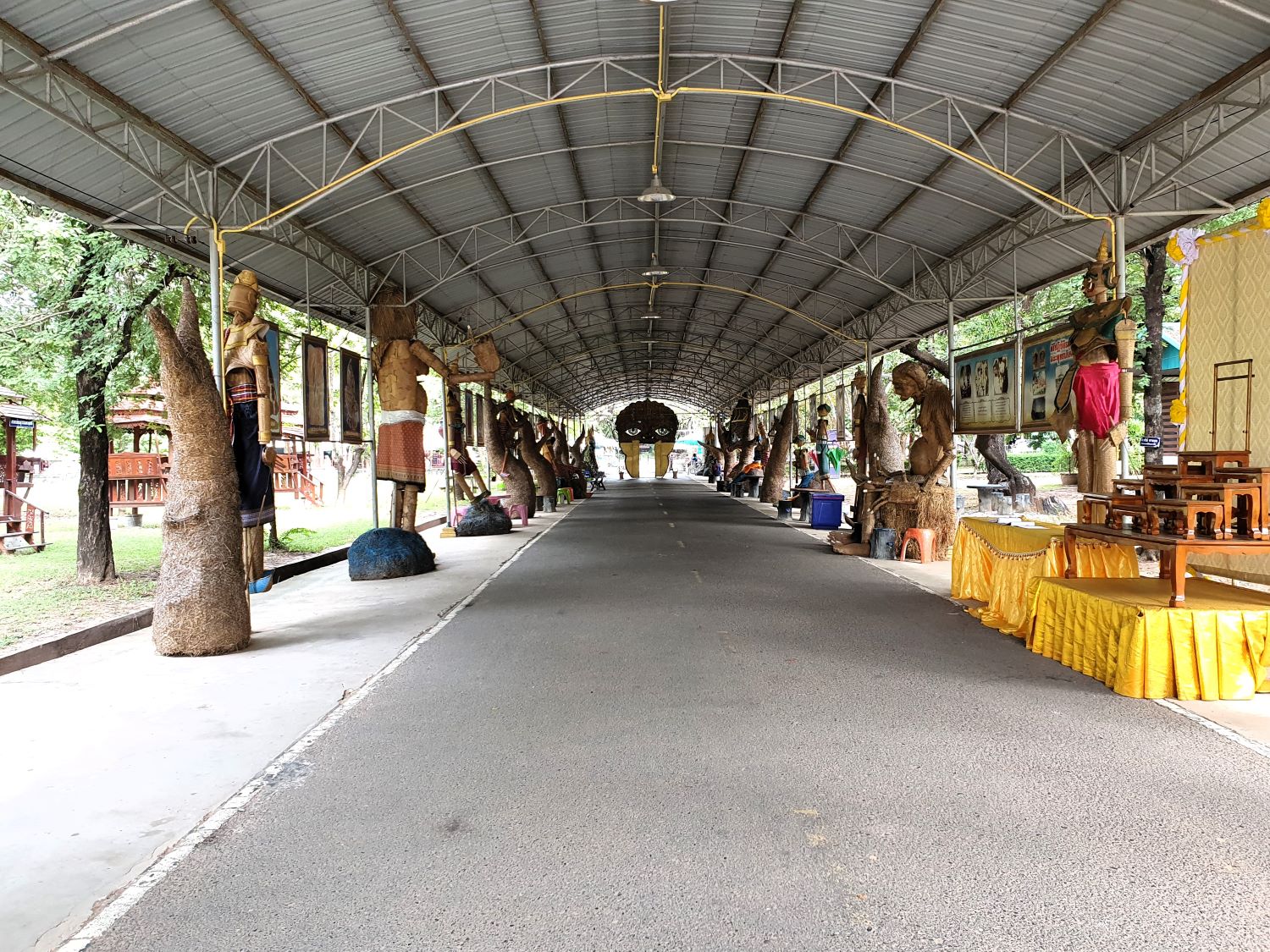
Phrathat Na Dun, Na Dun District
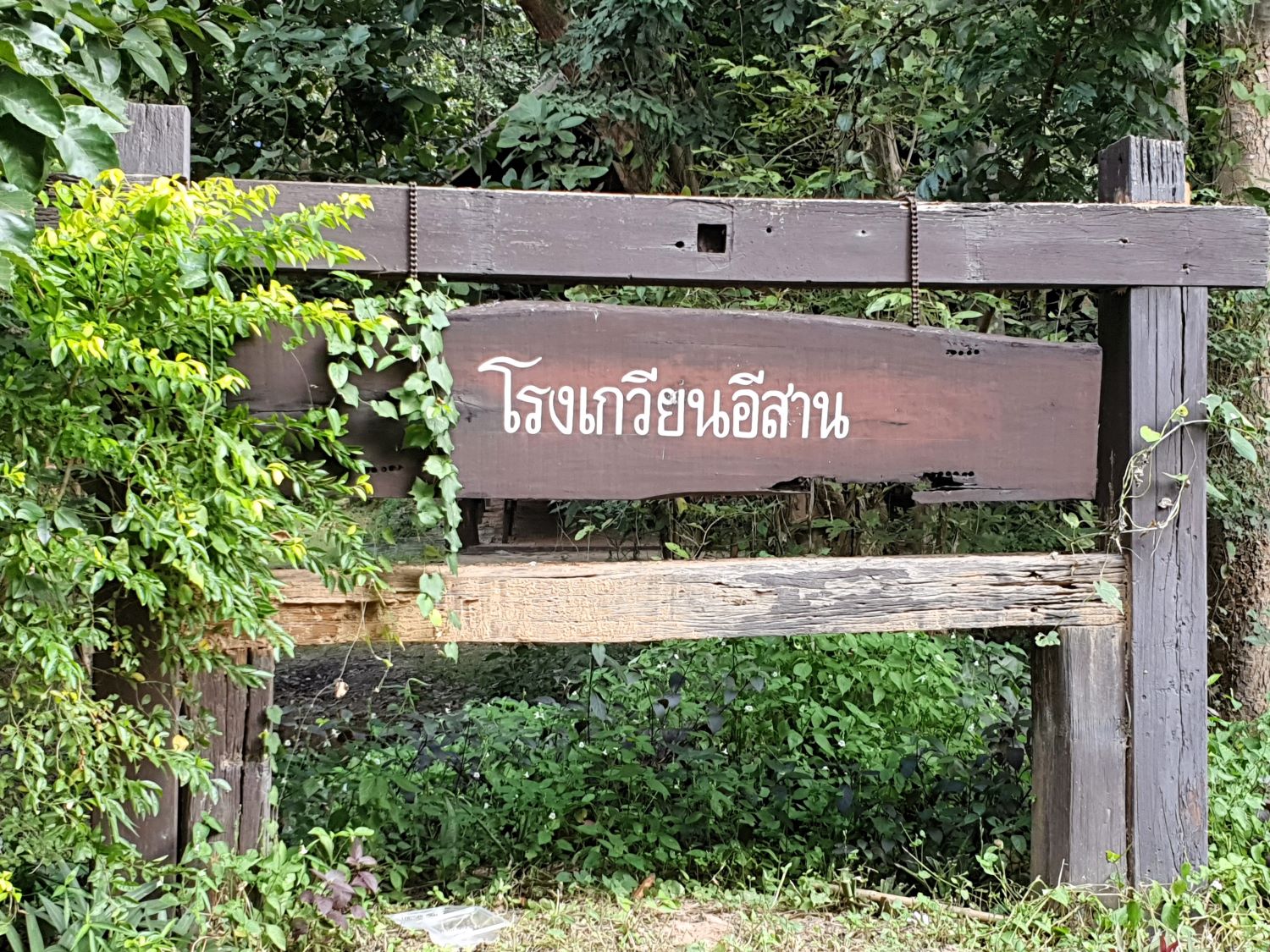
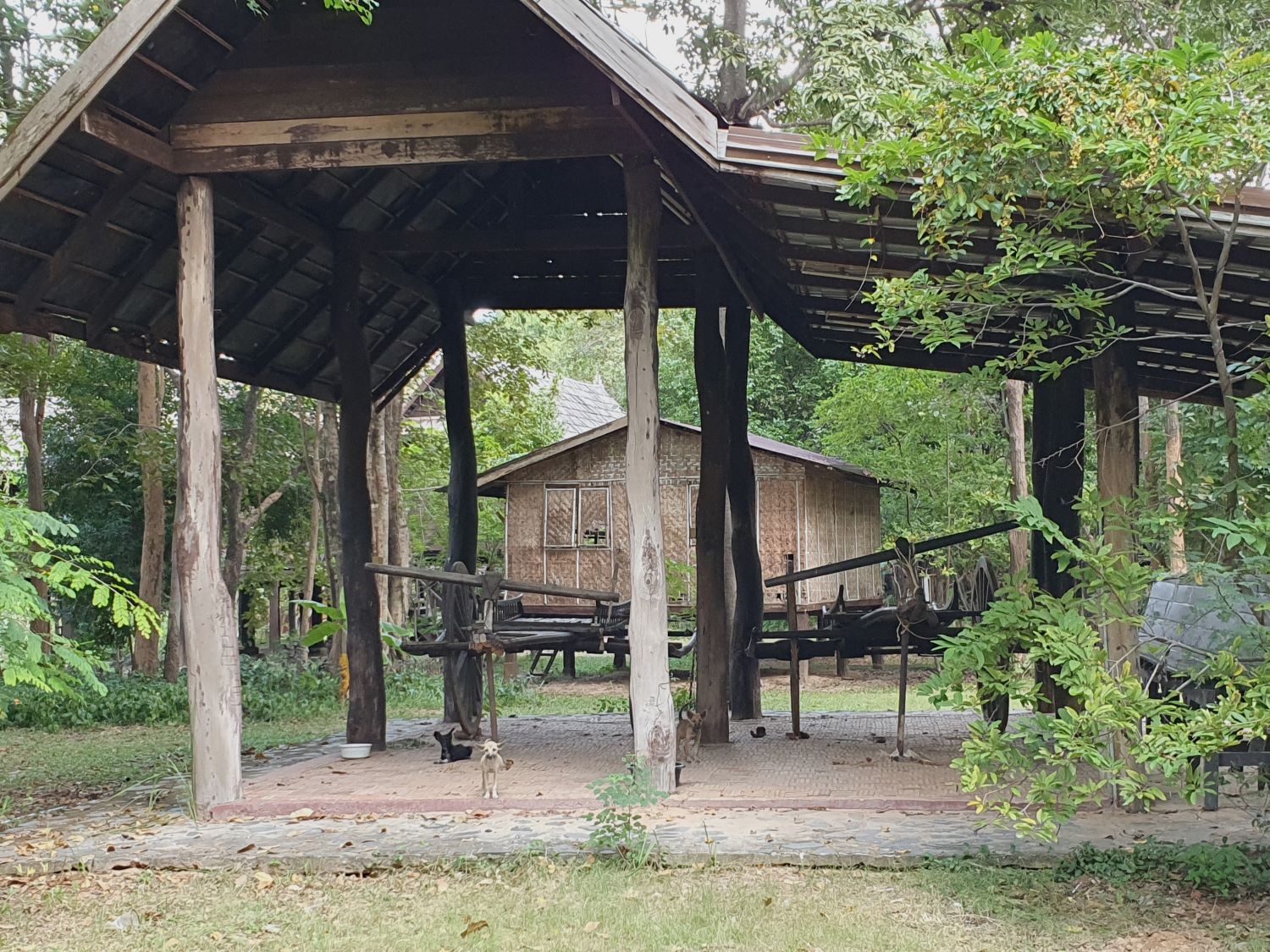
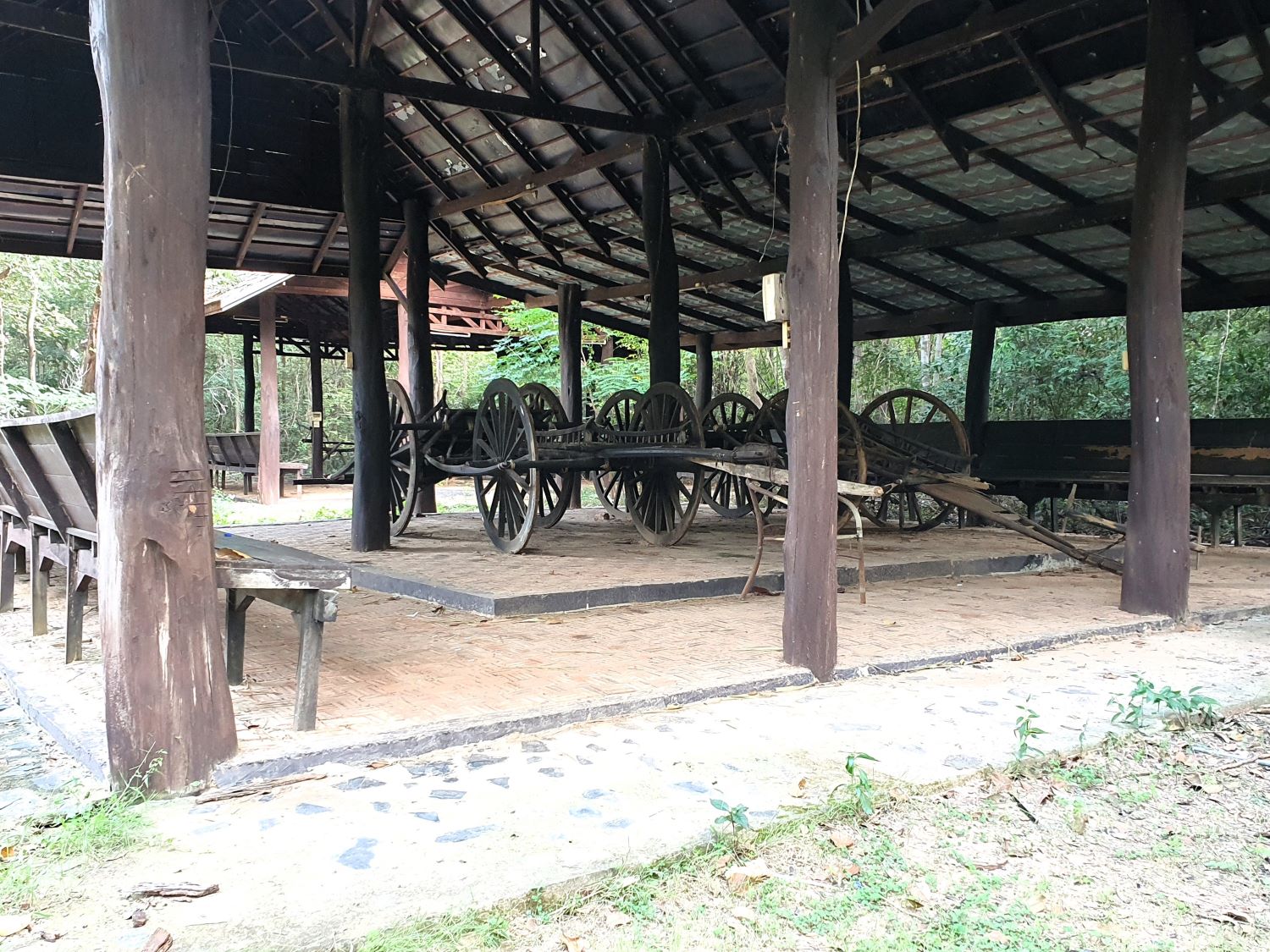
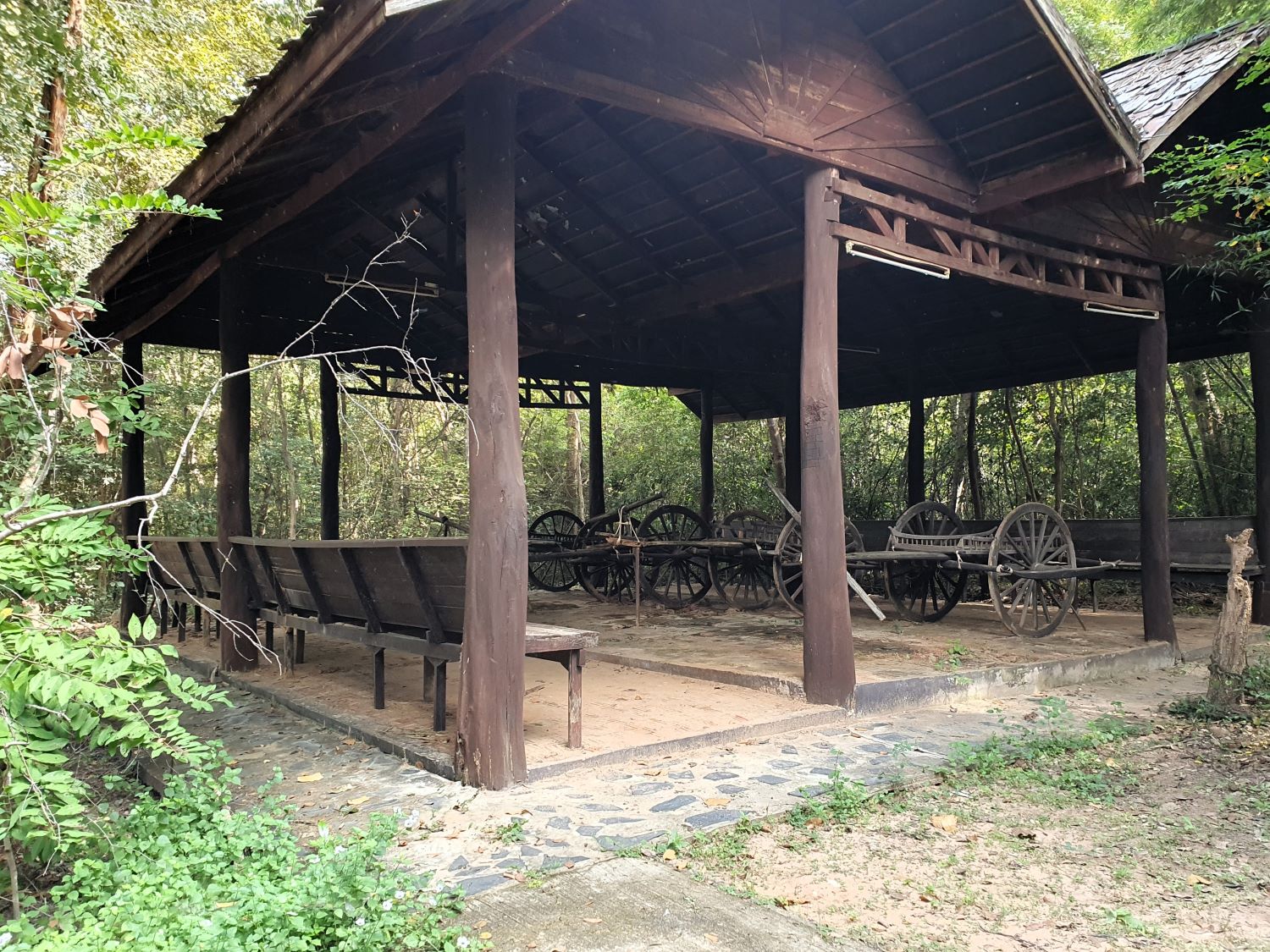
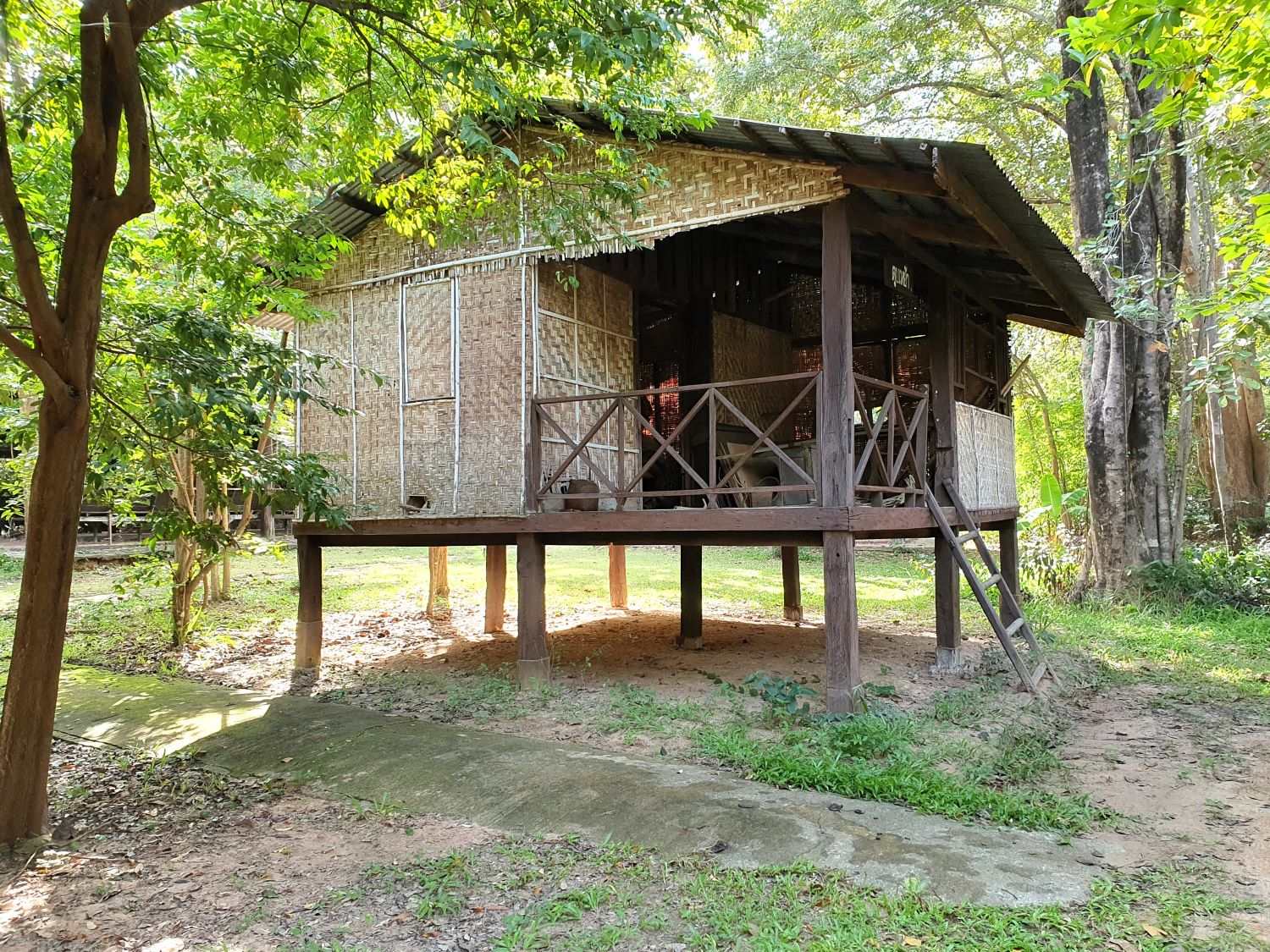
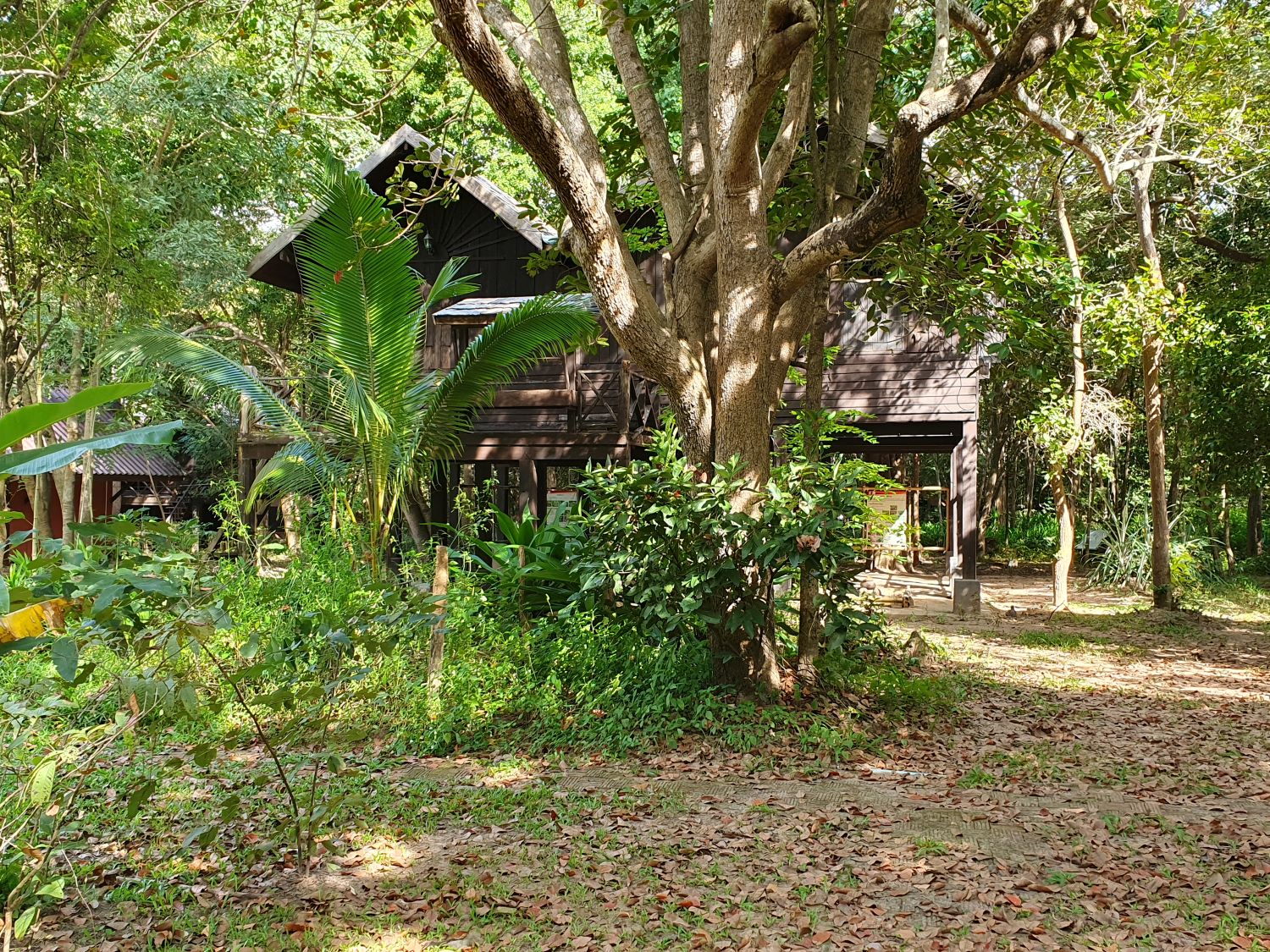
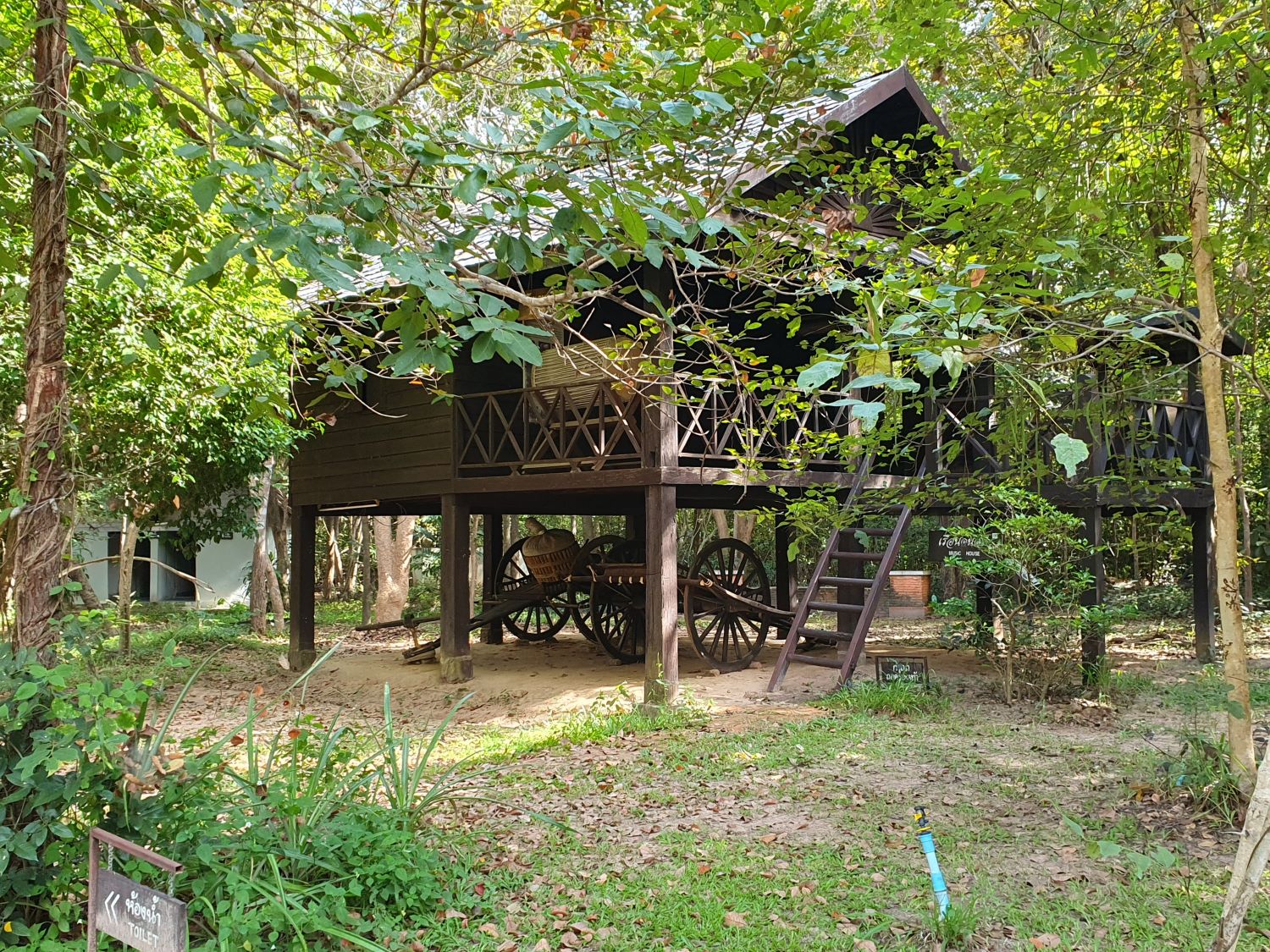
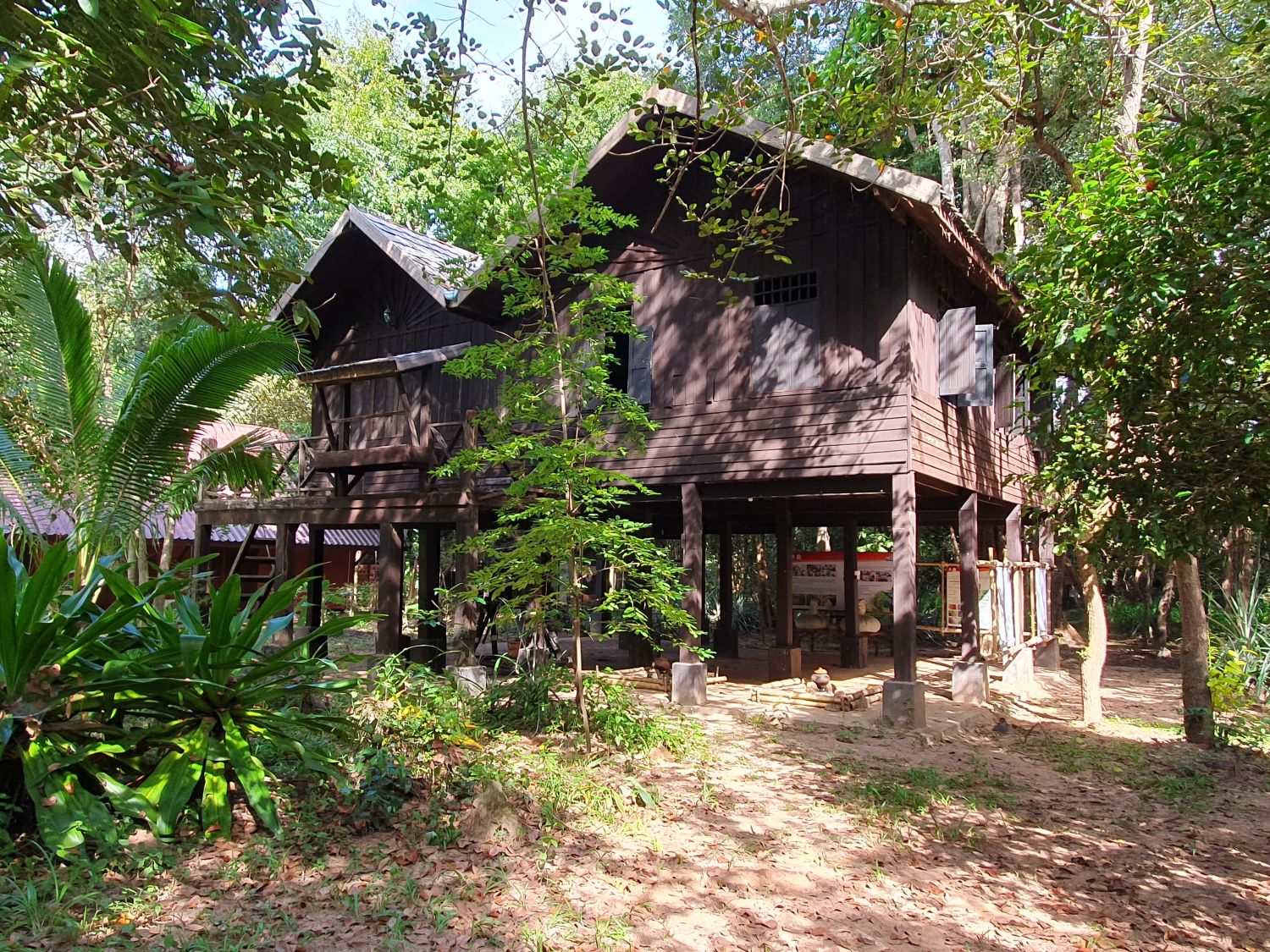
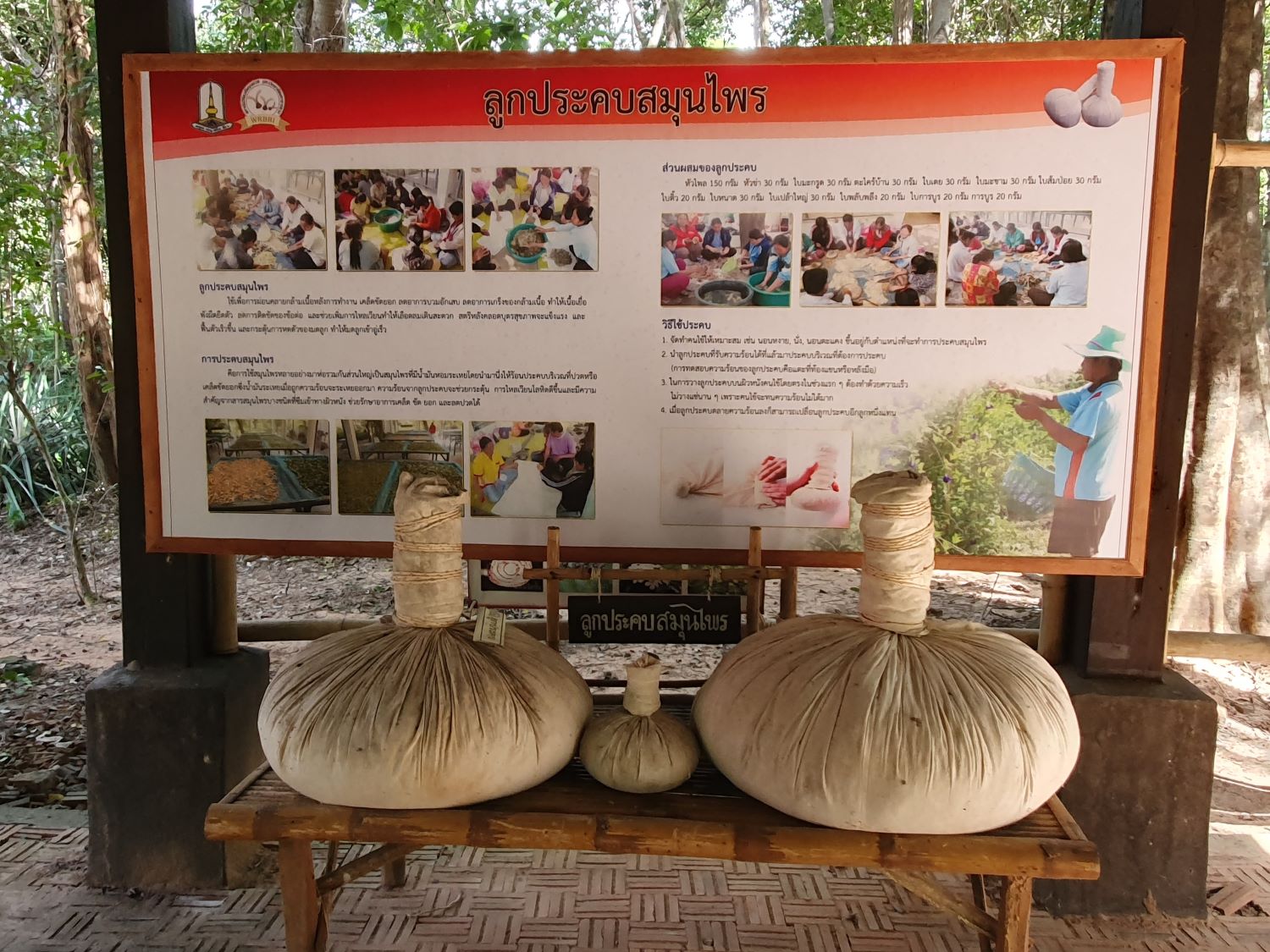
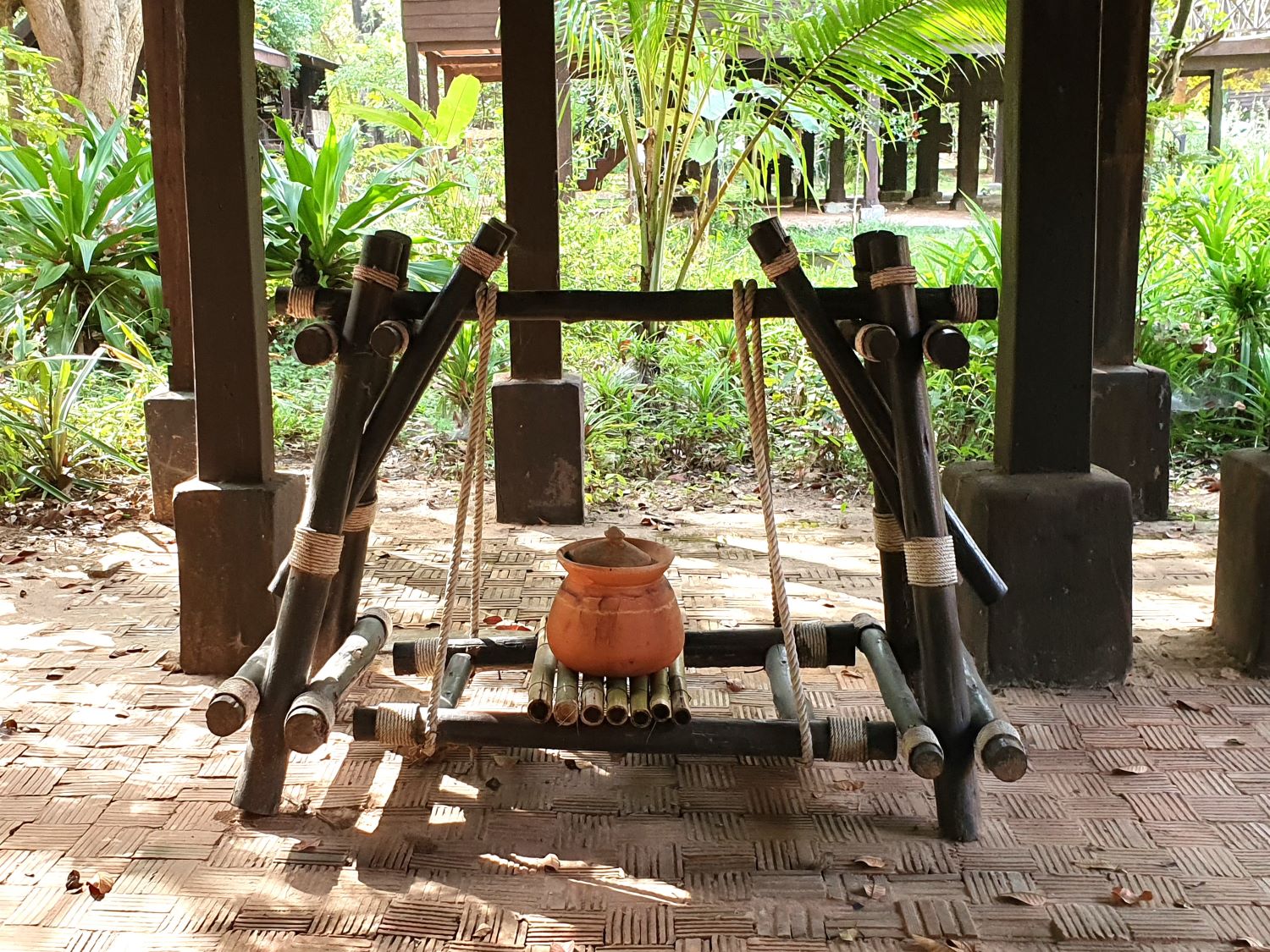
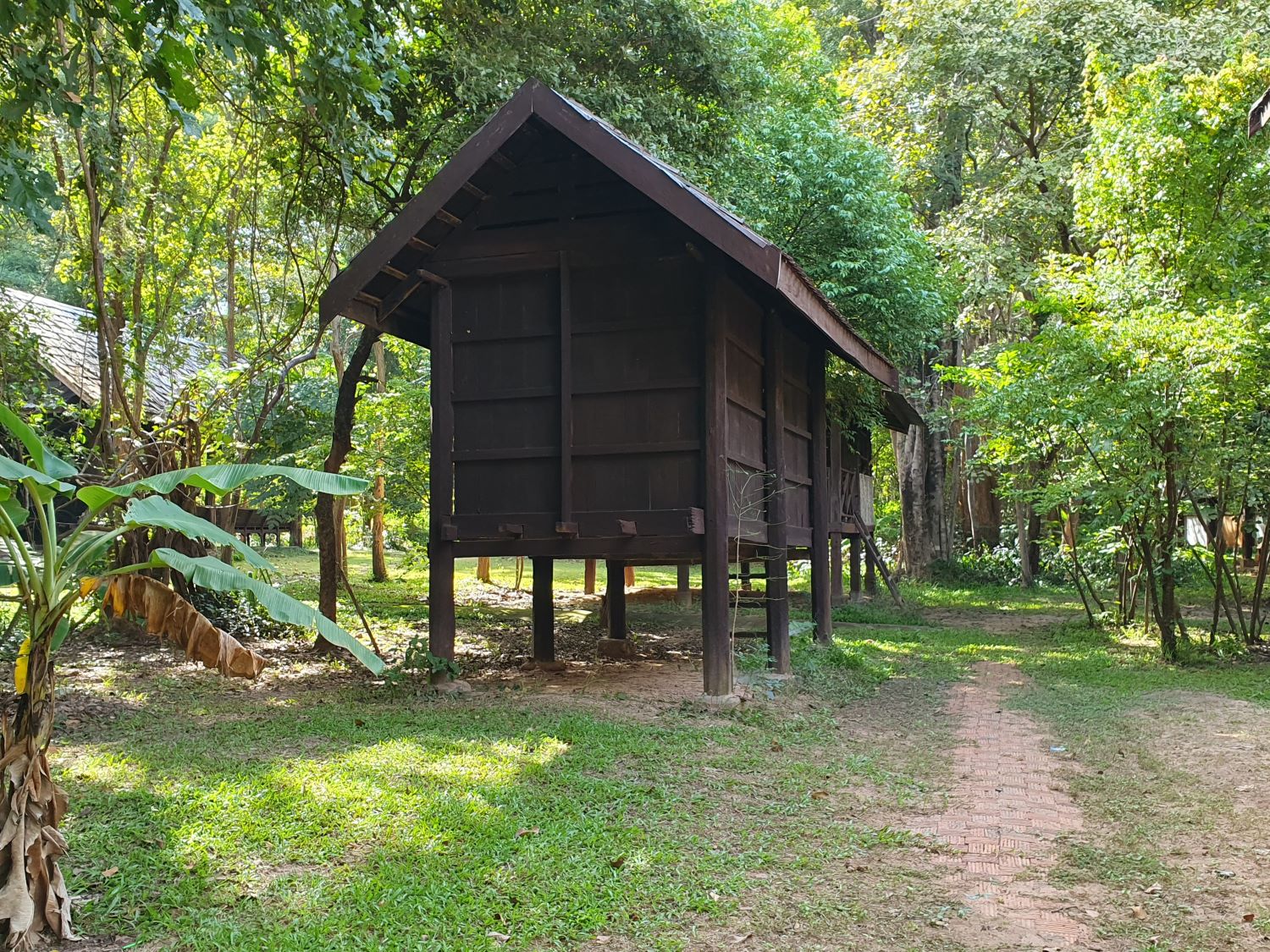
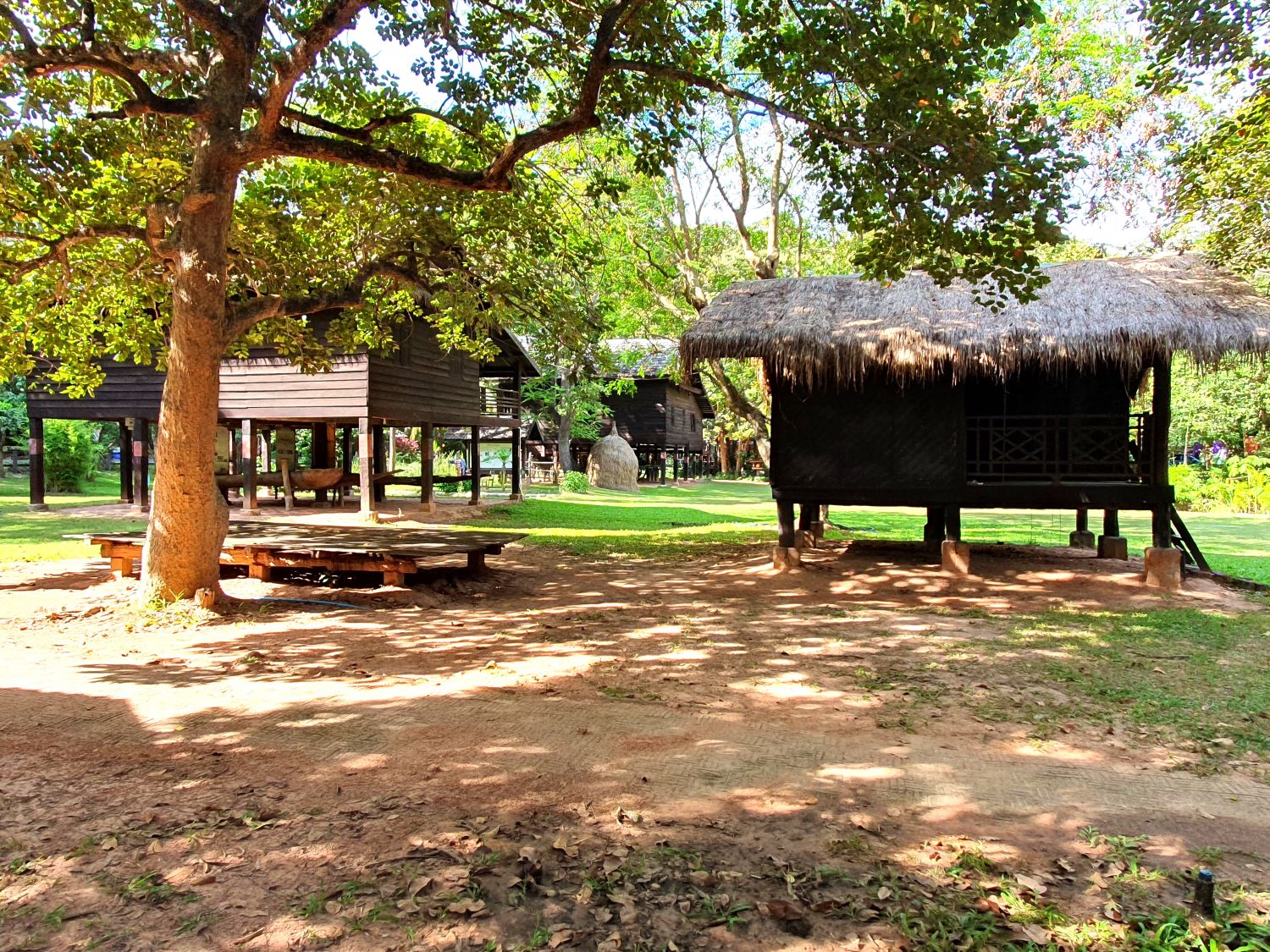
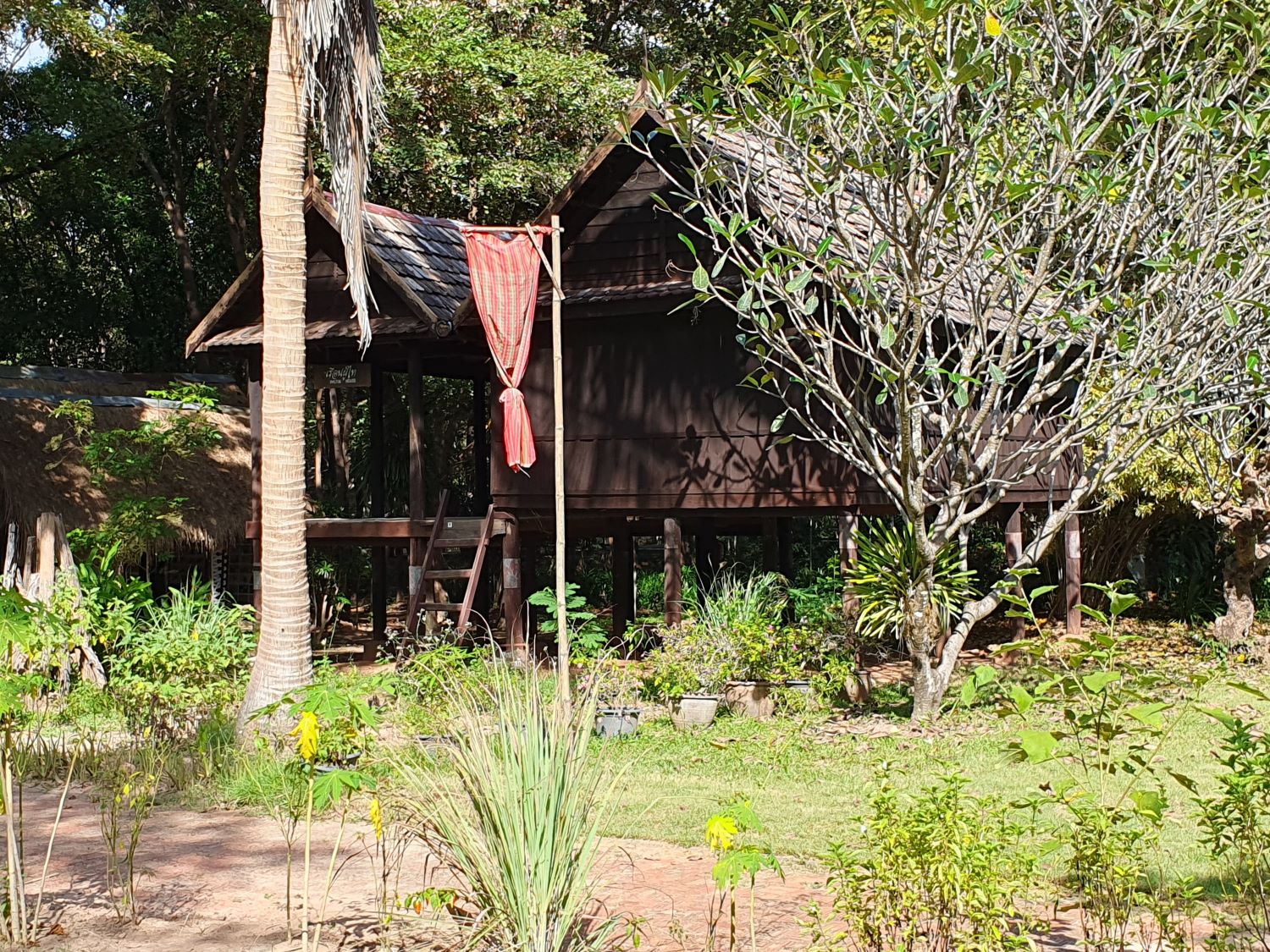
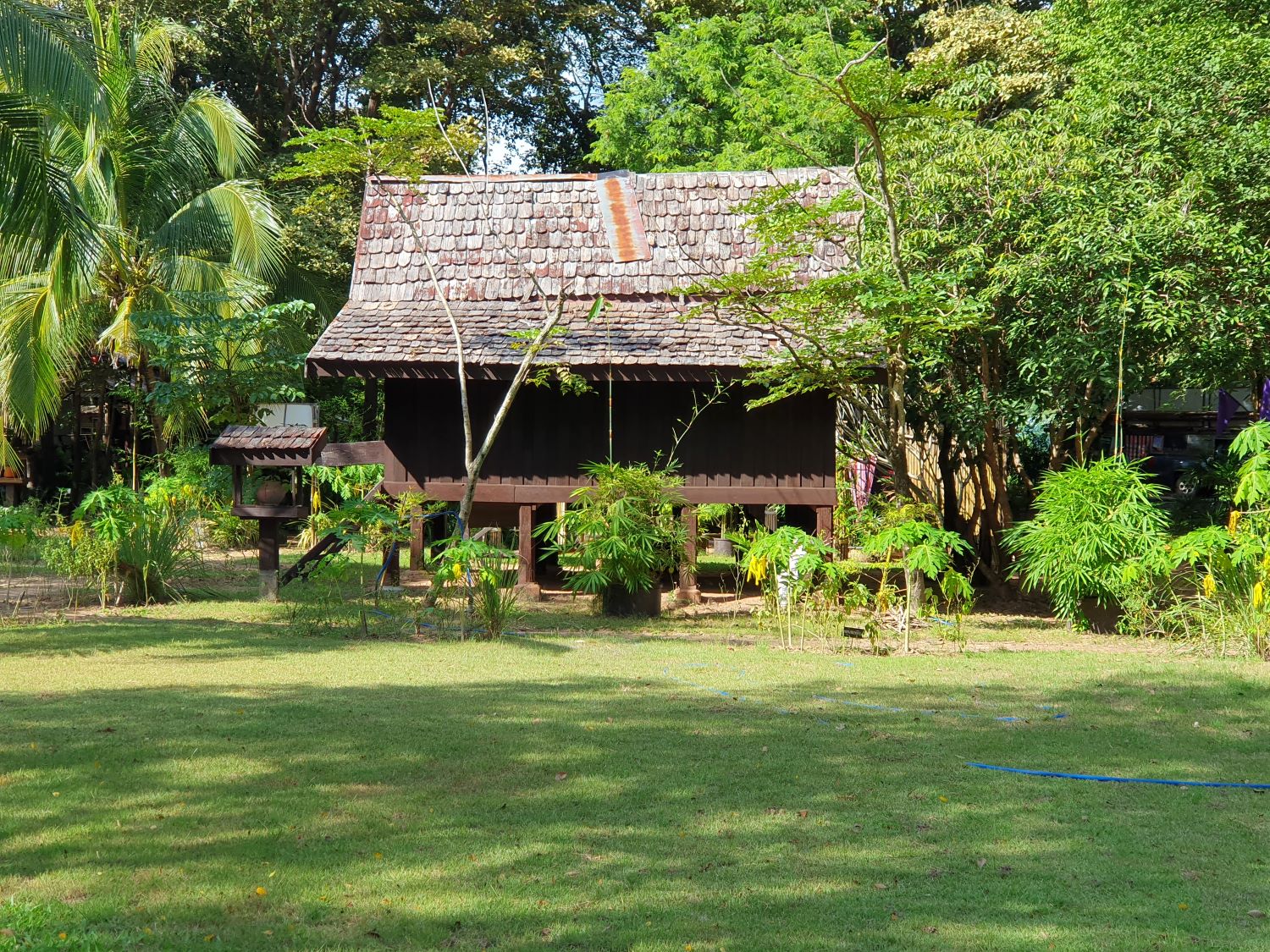
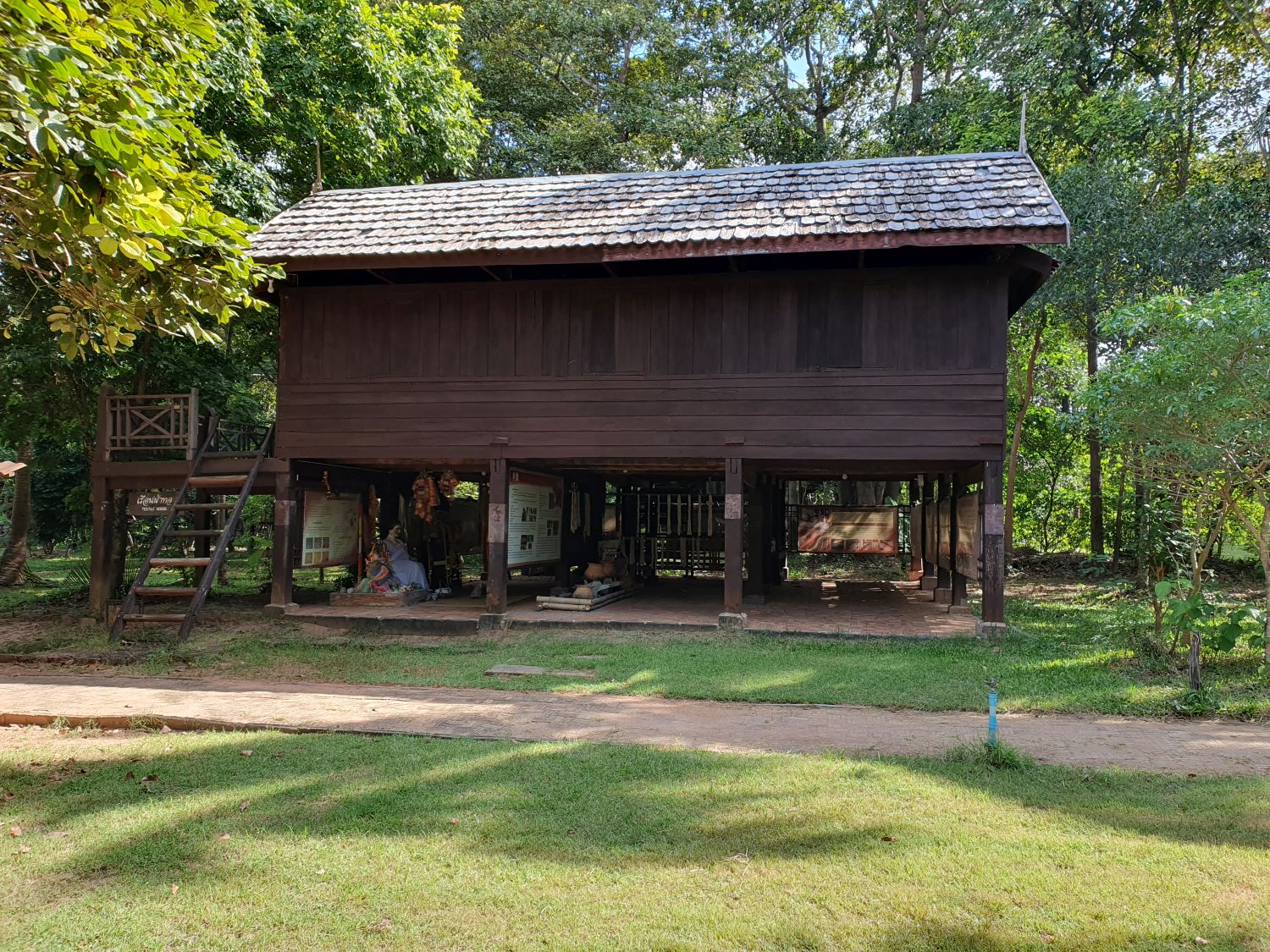
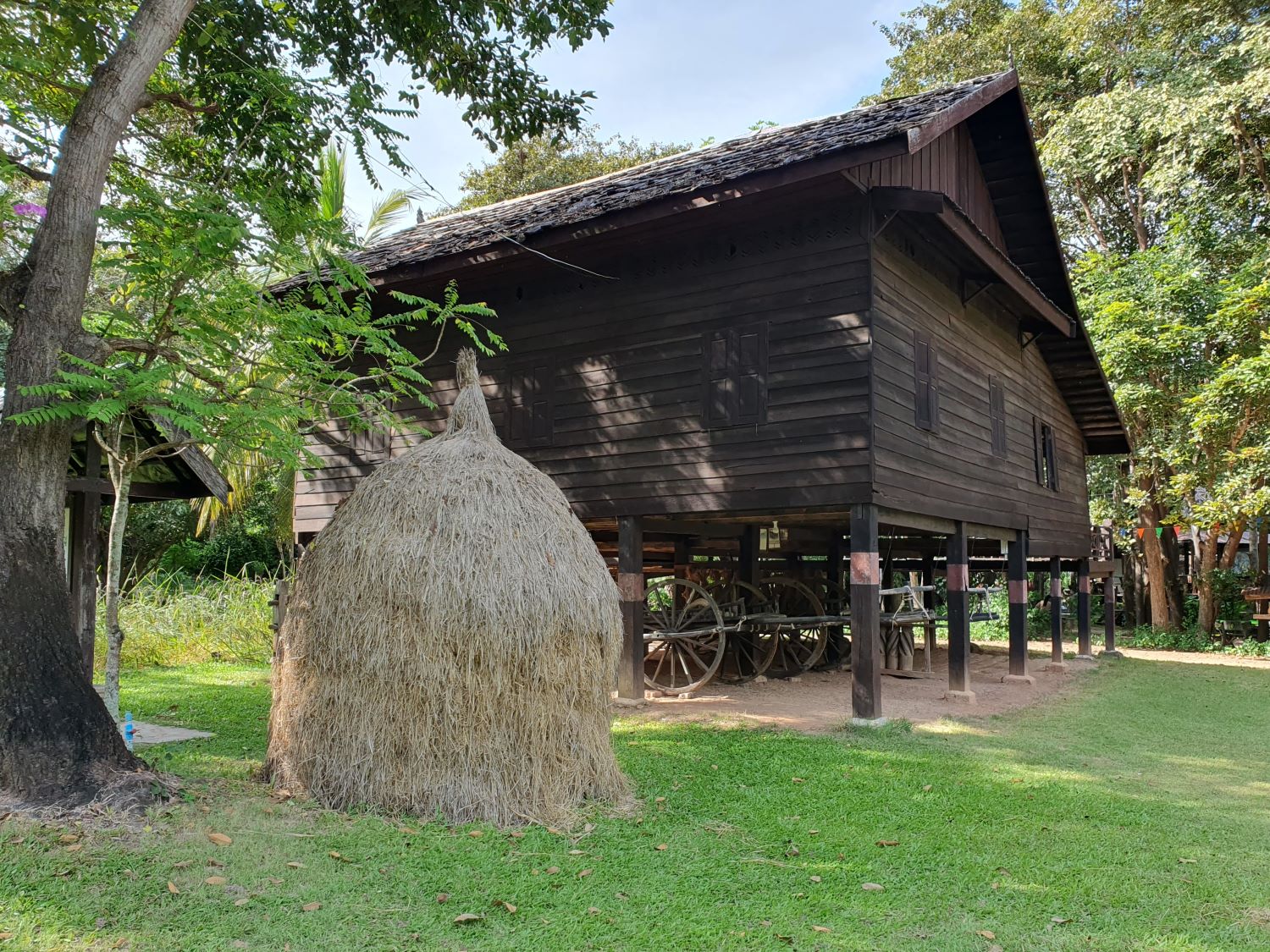
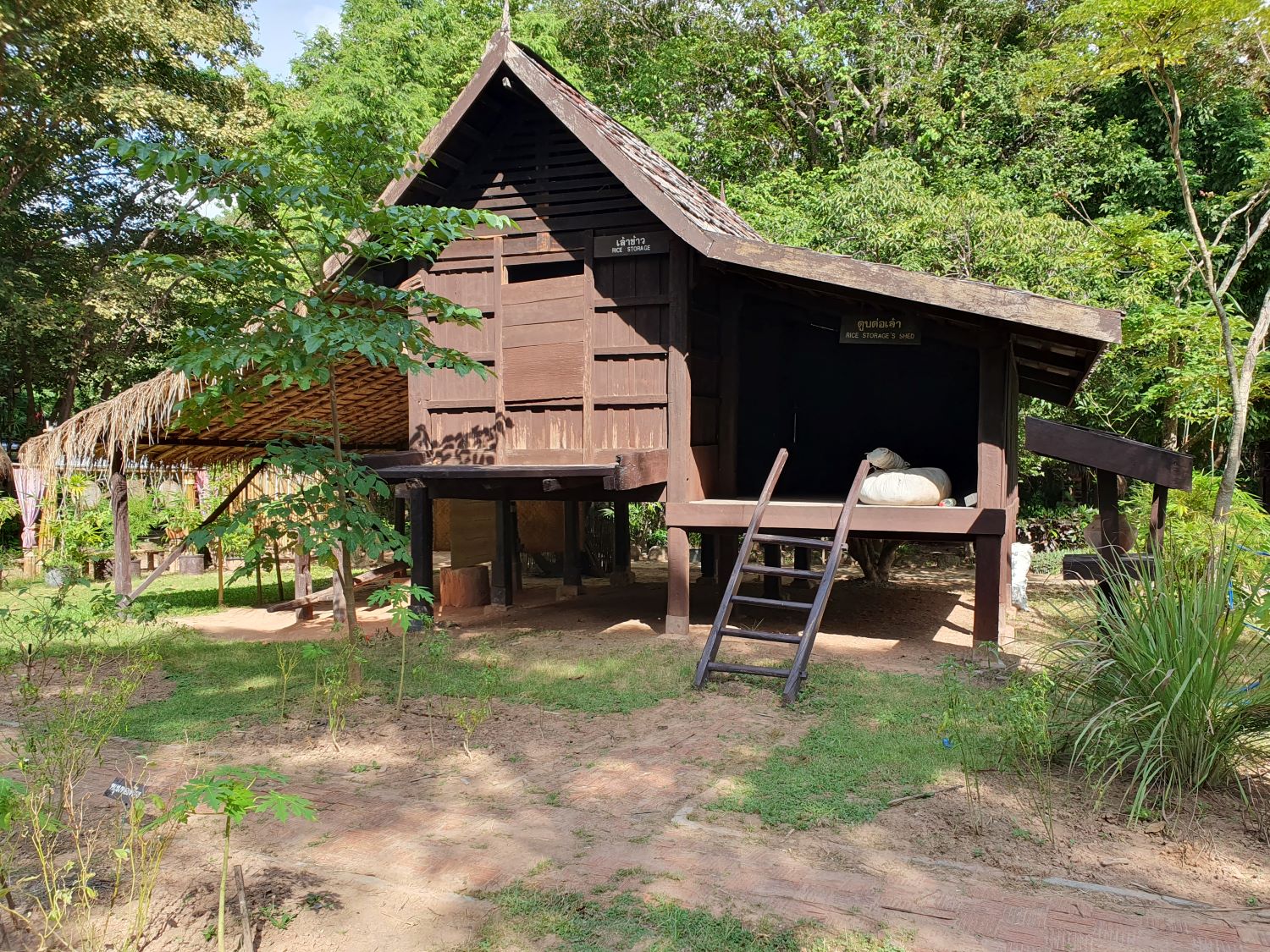
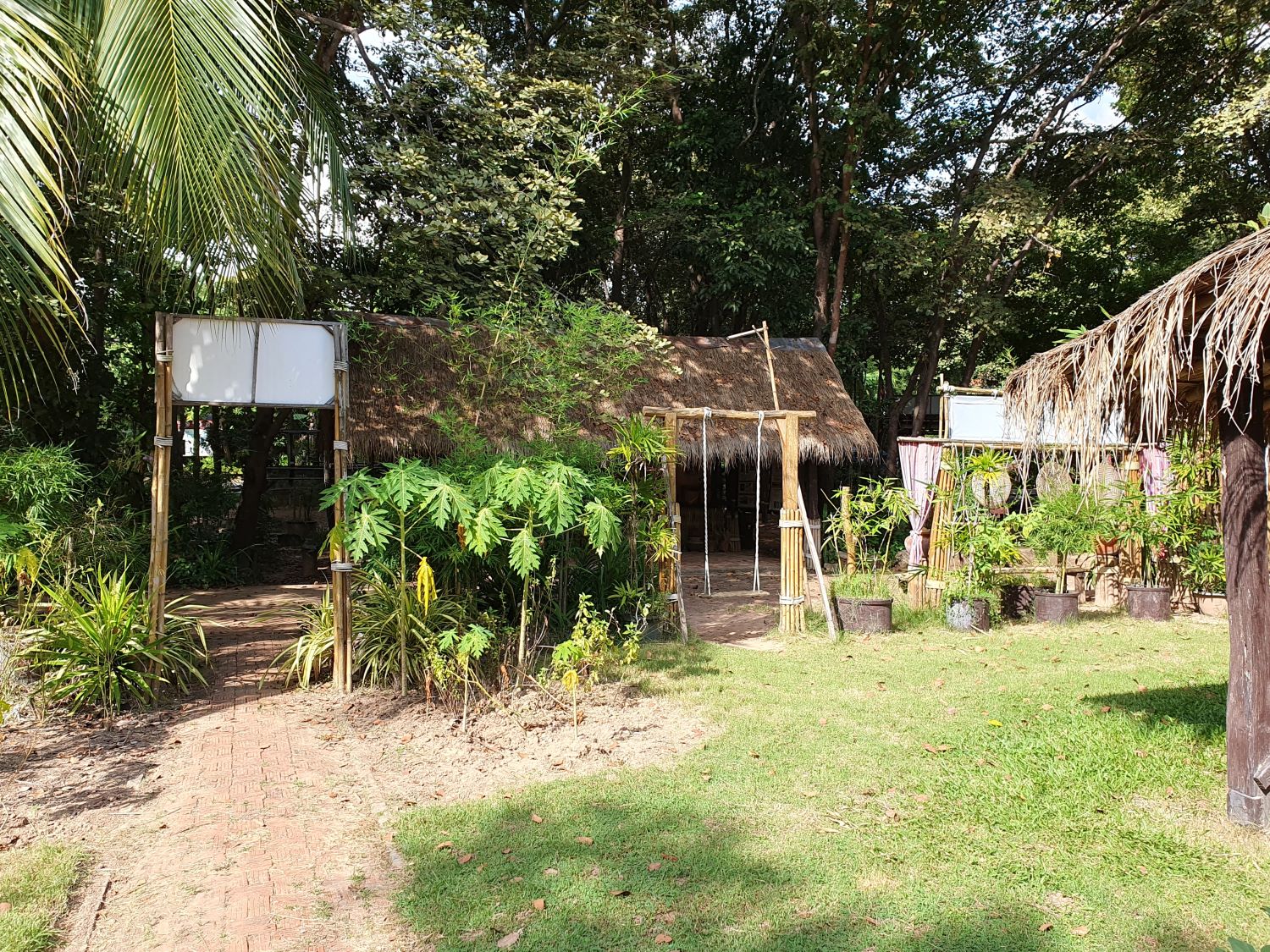
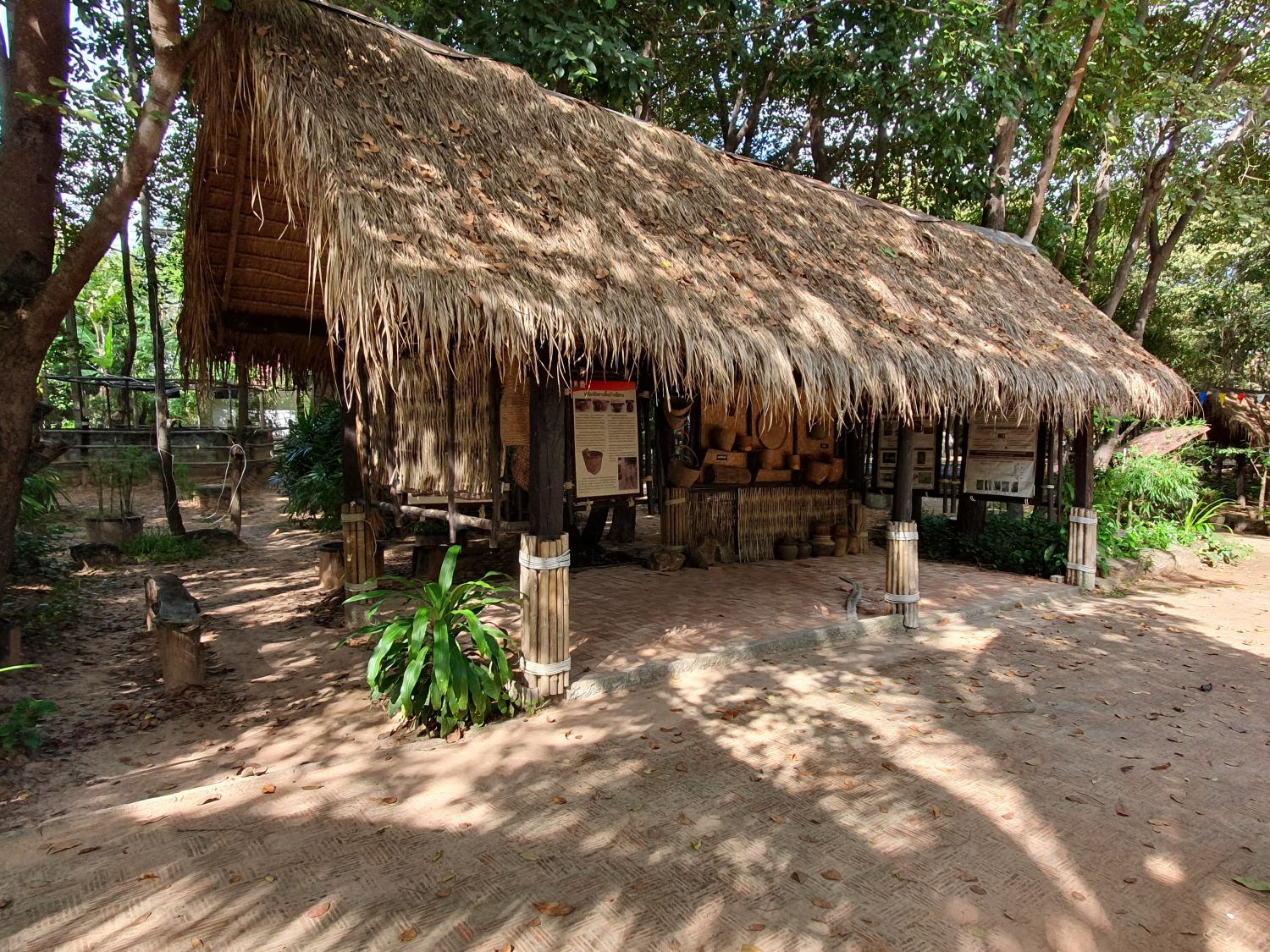
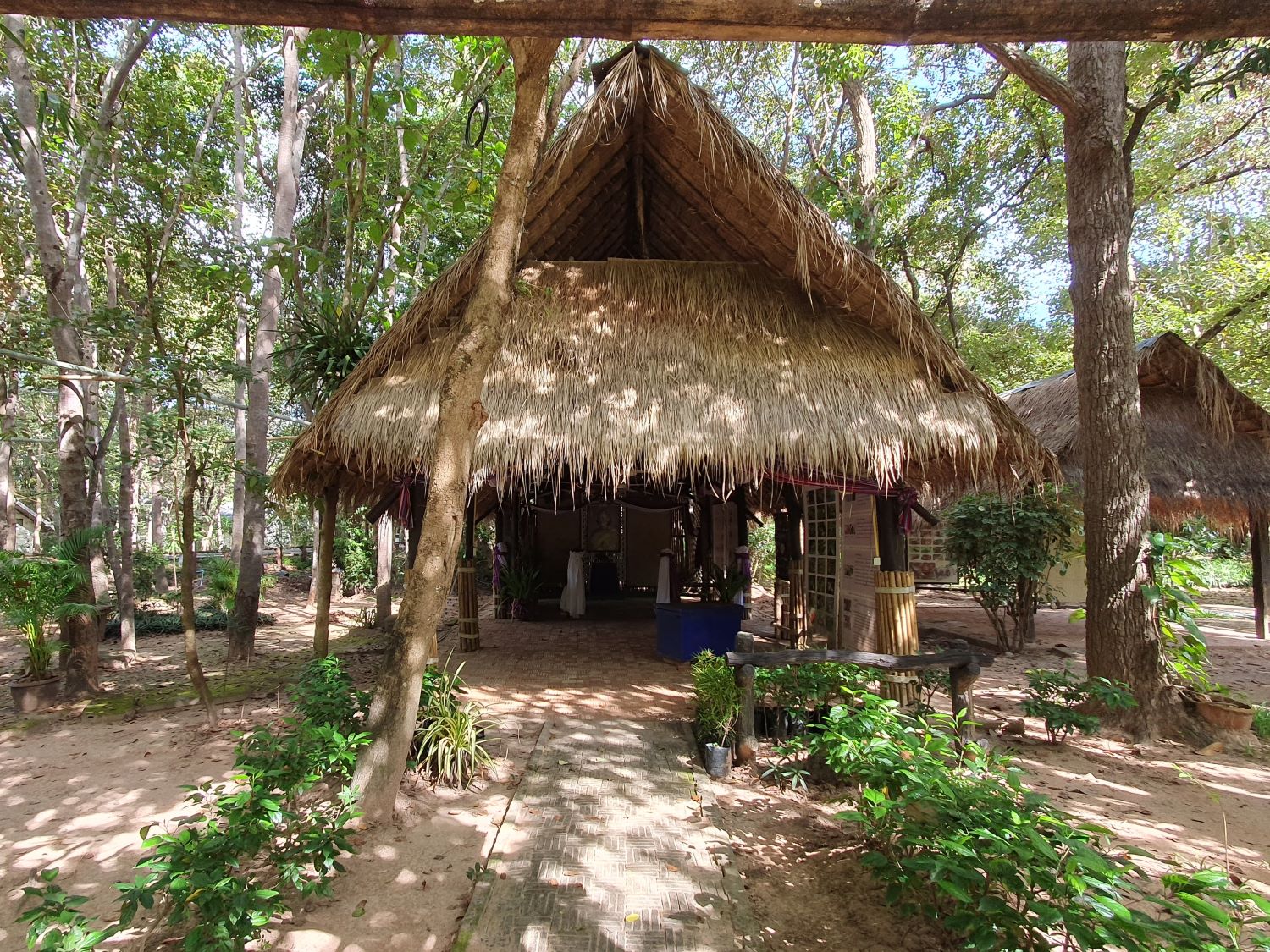
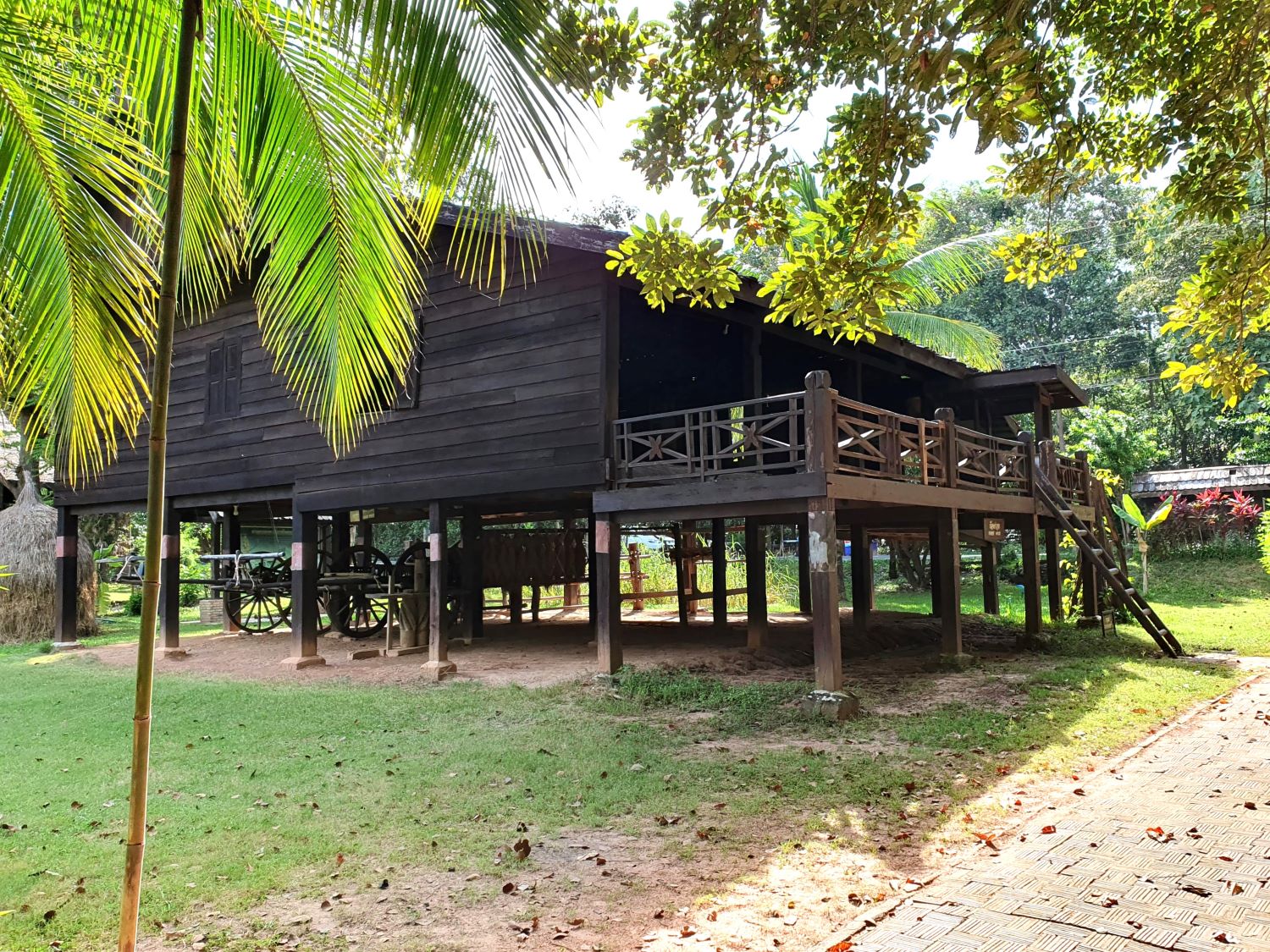
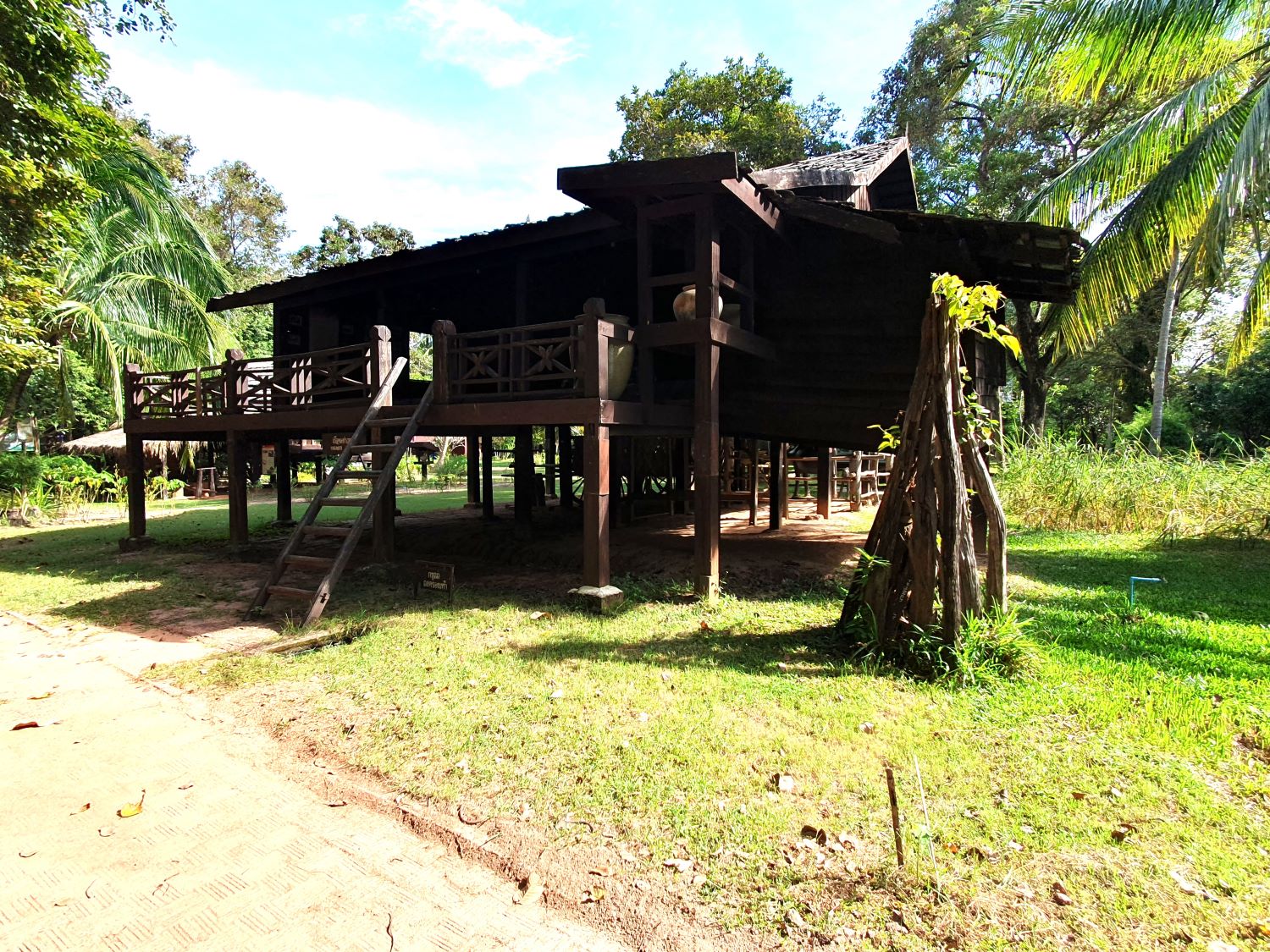
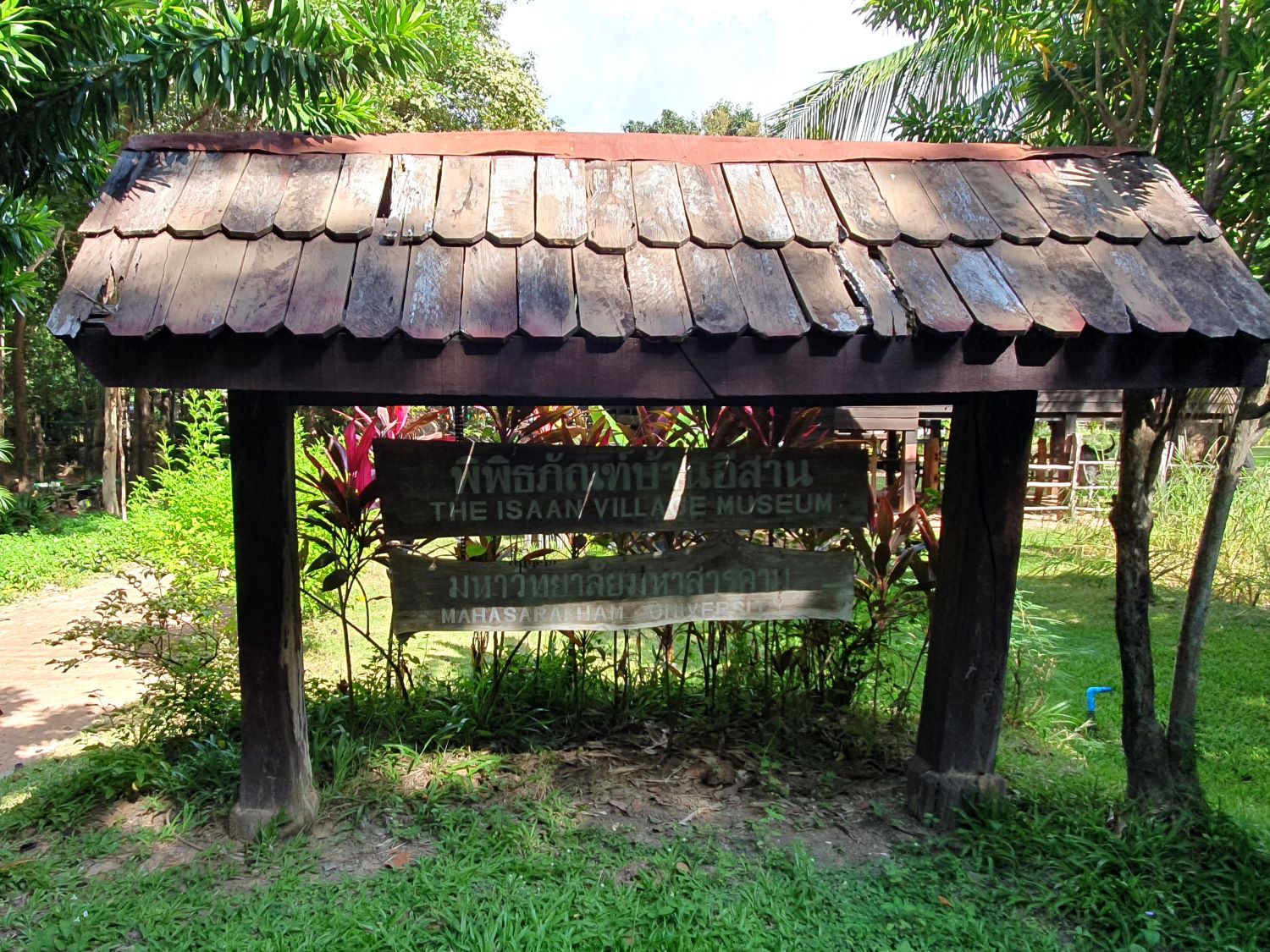
Ban Isan Museum, near Phrathat Na Dun,
Na Dun District
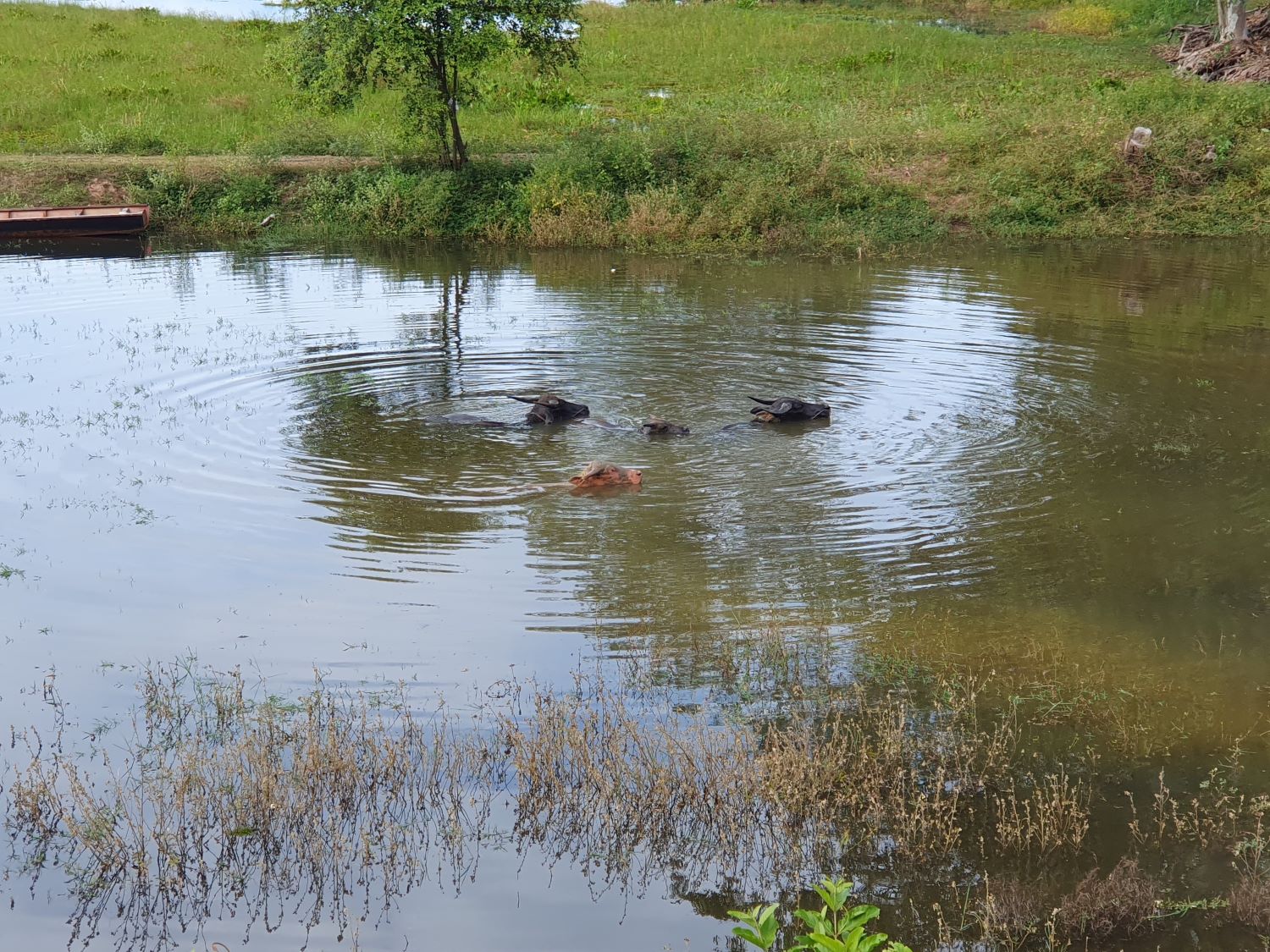
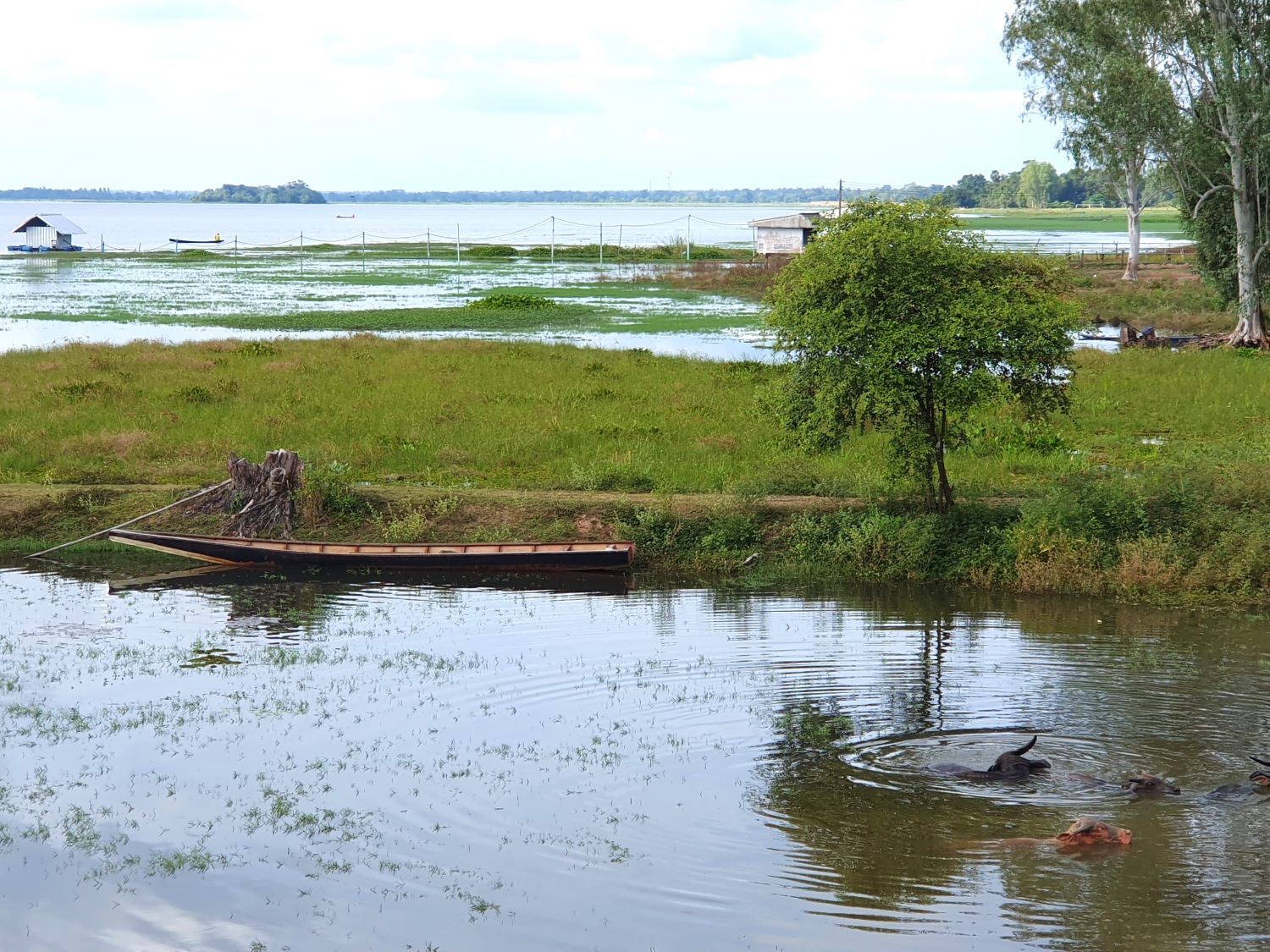
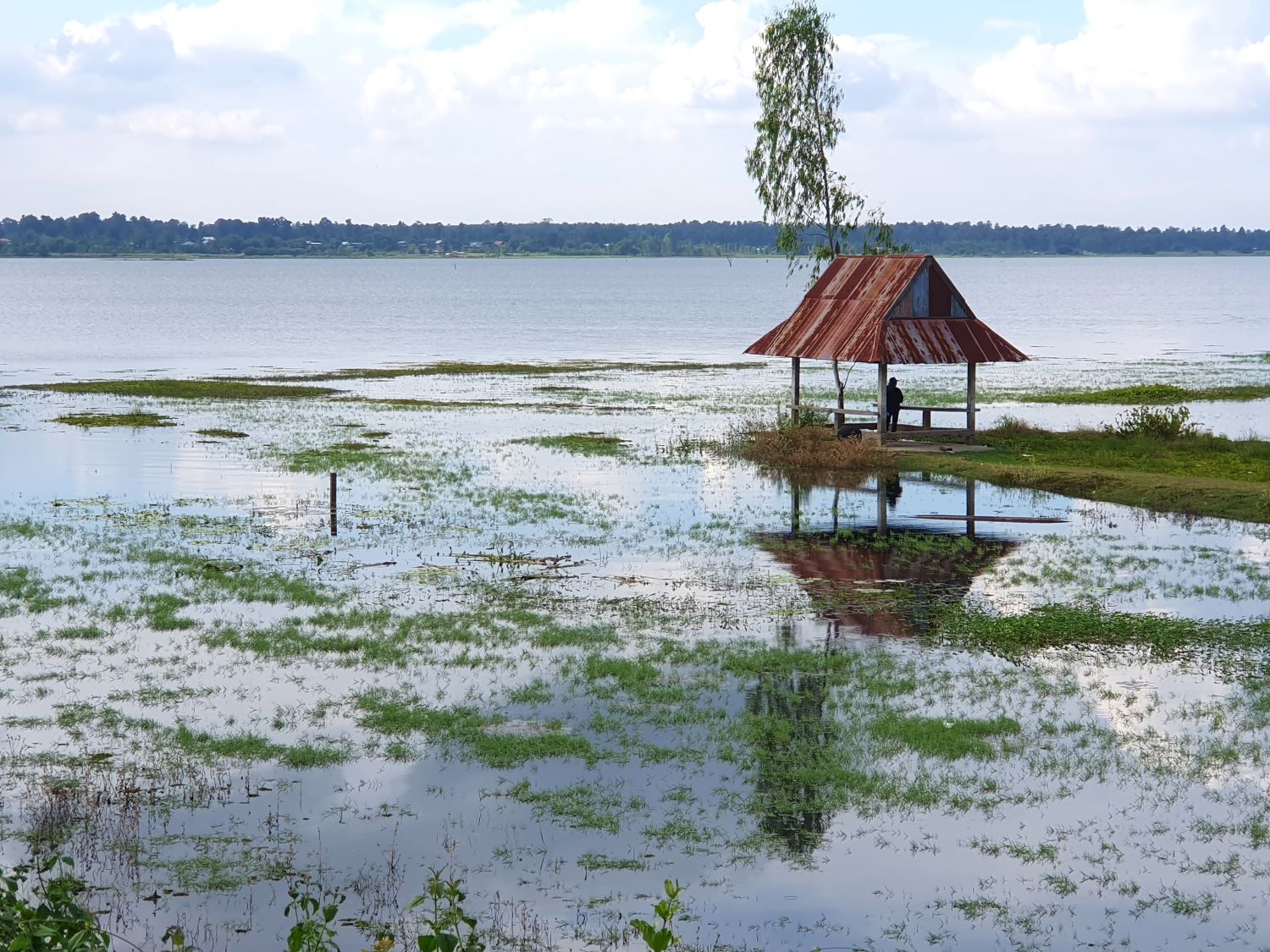
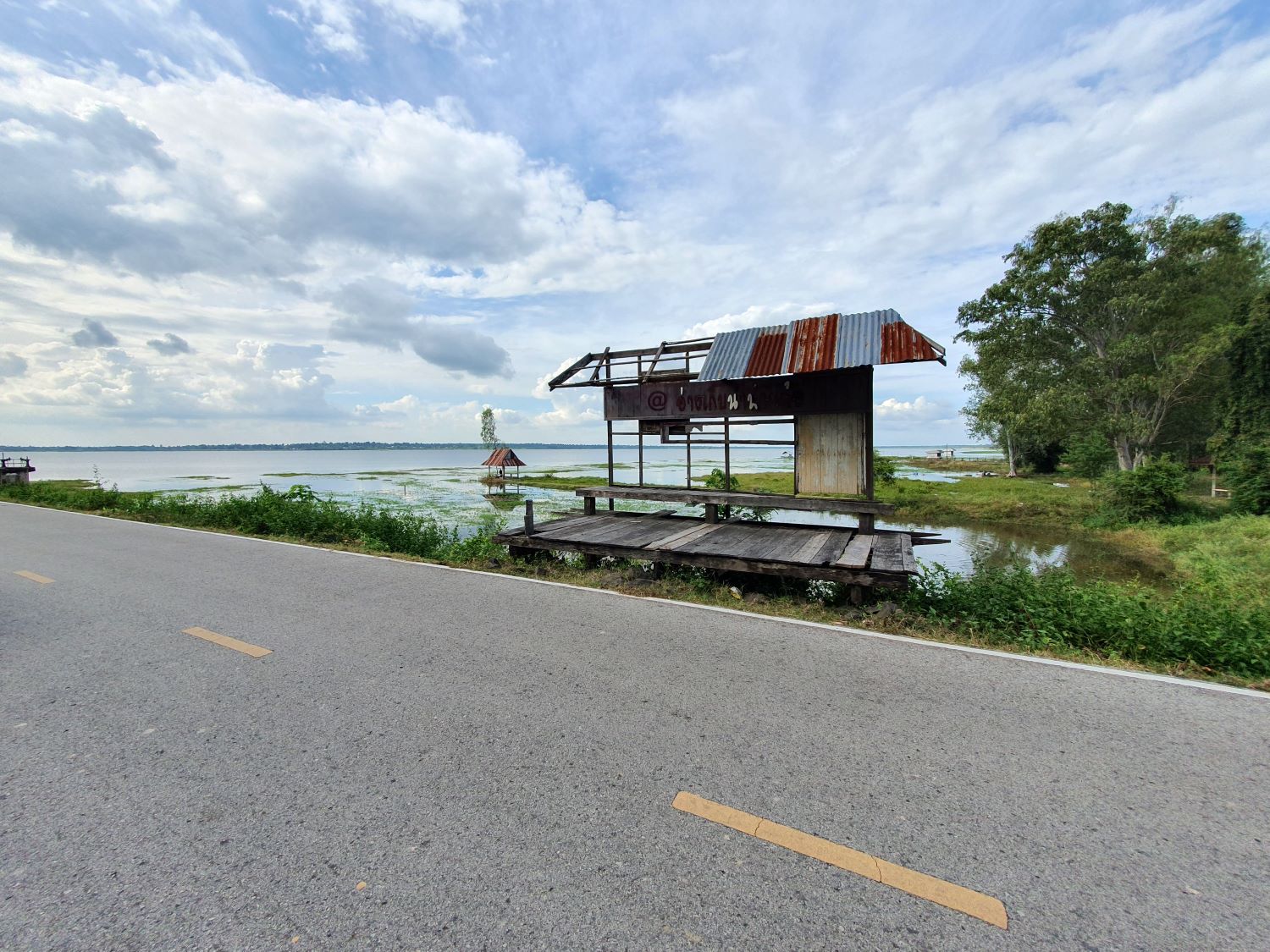
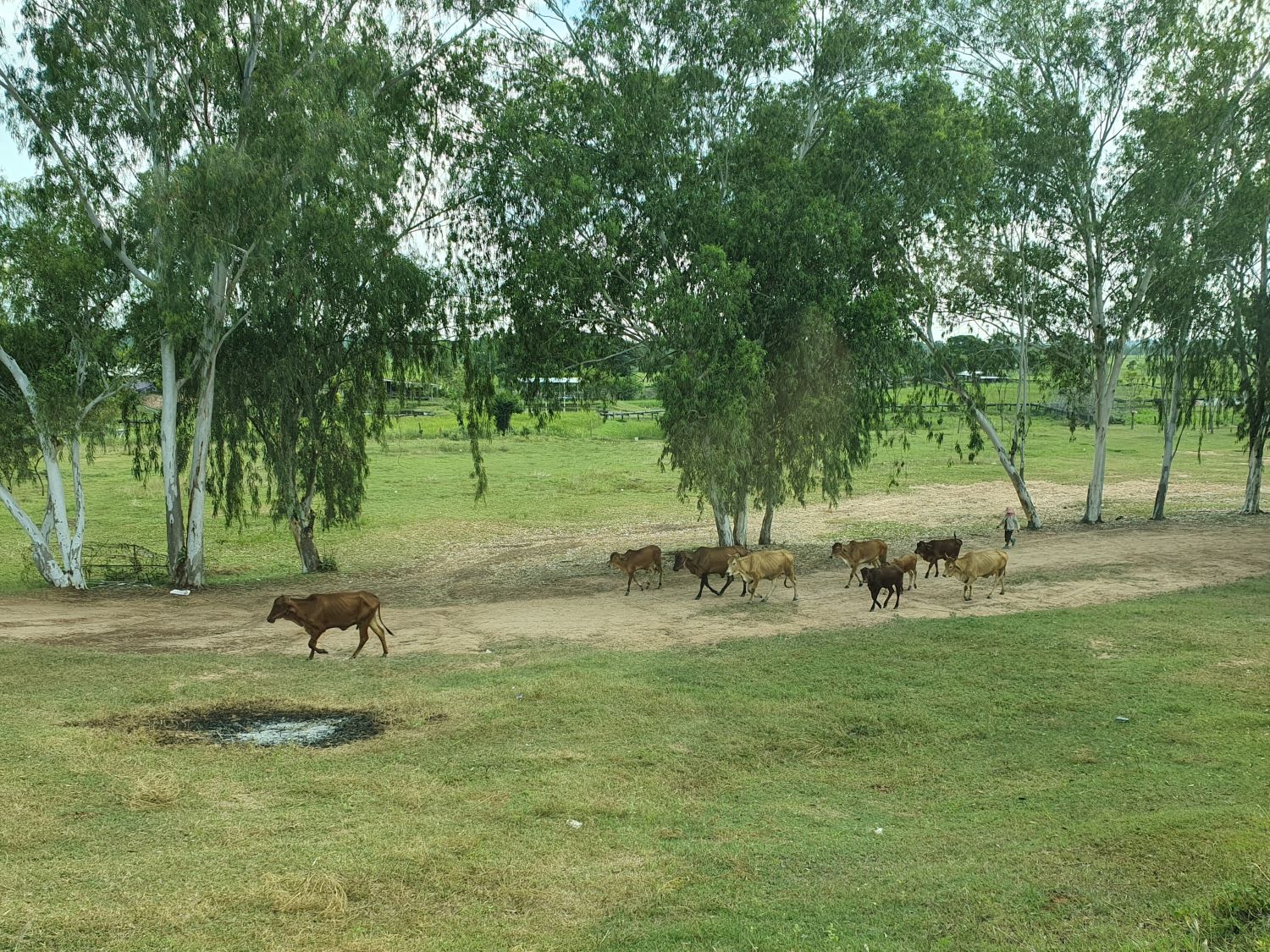
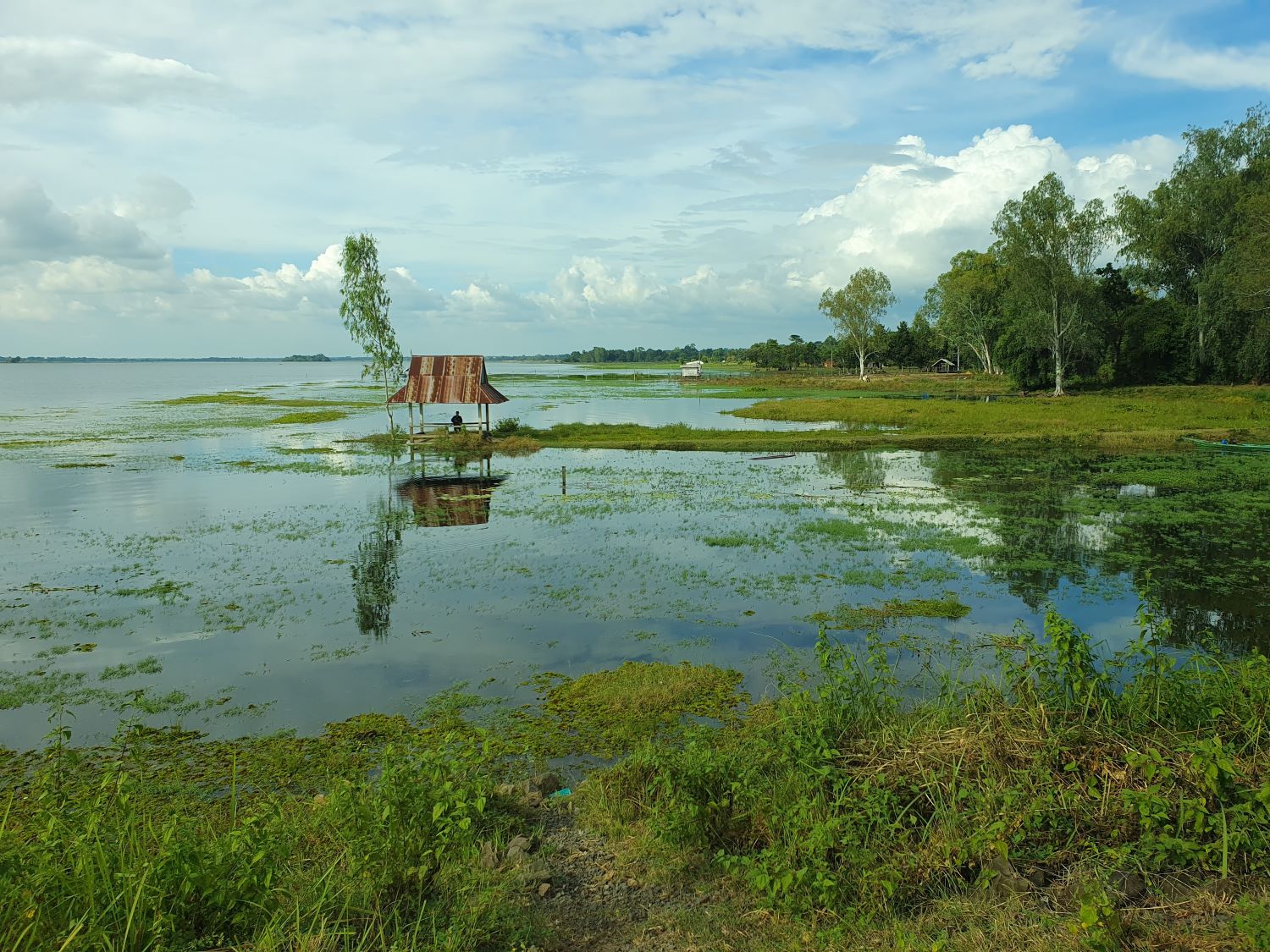
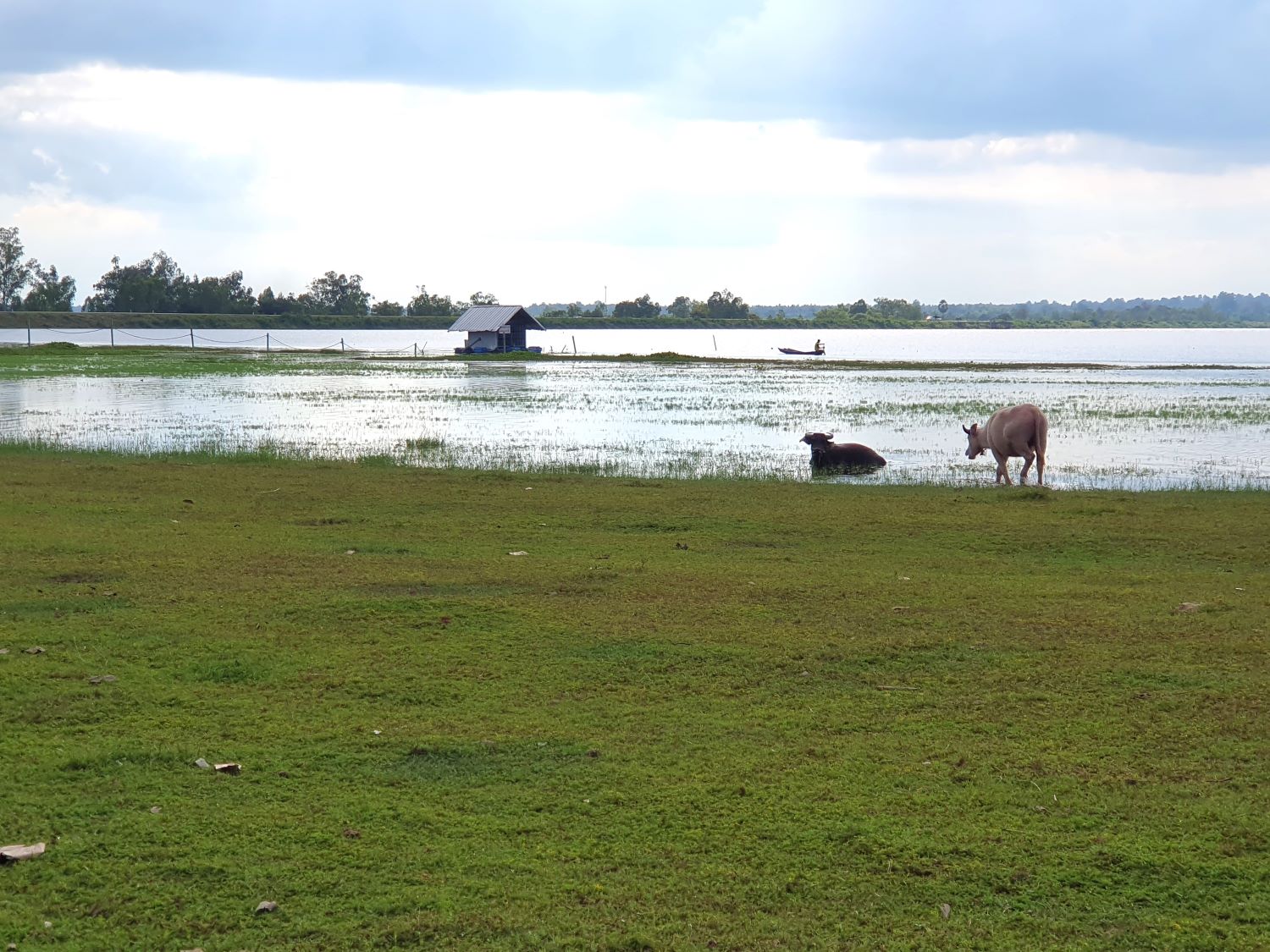
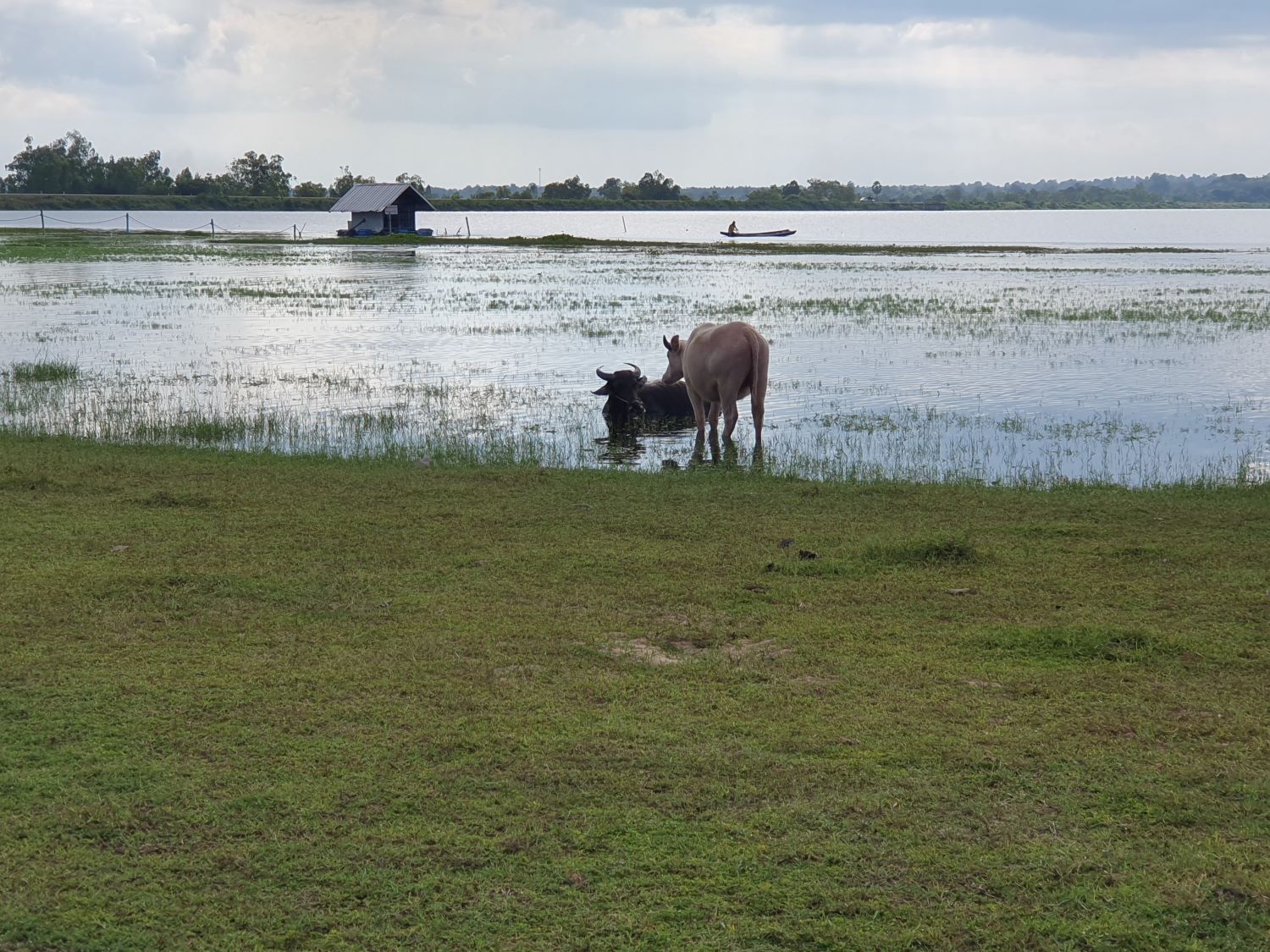
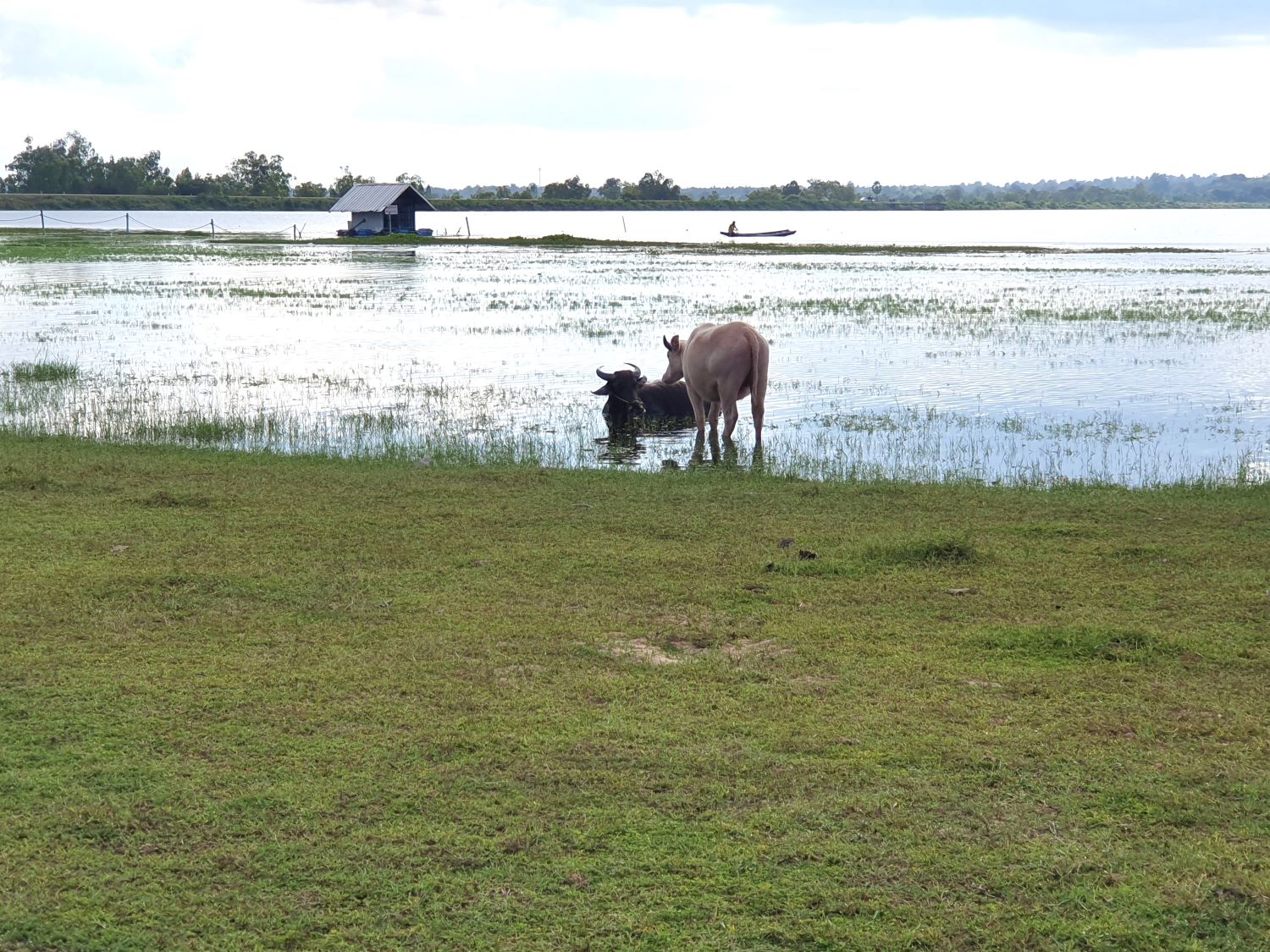
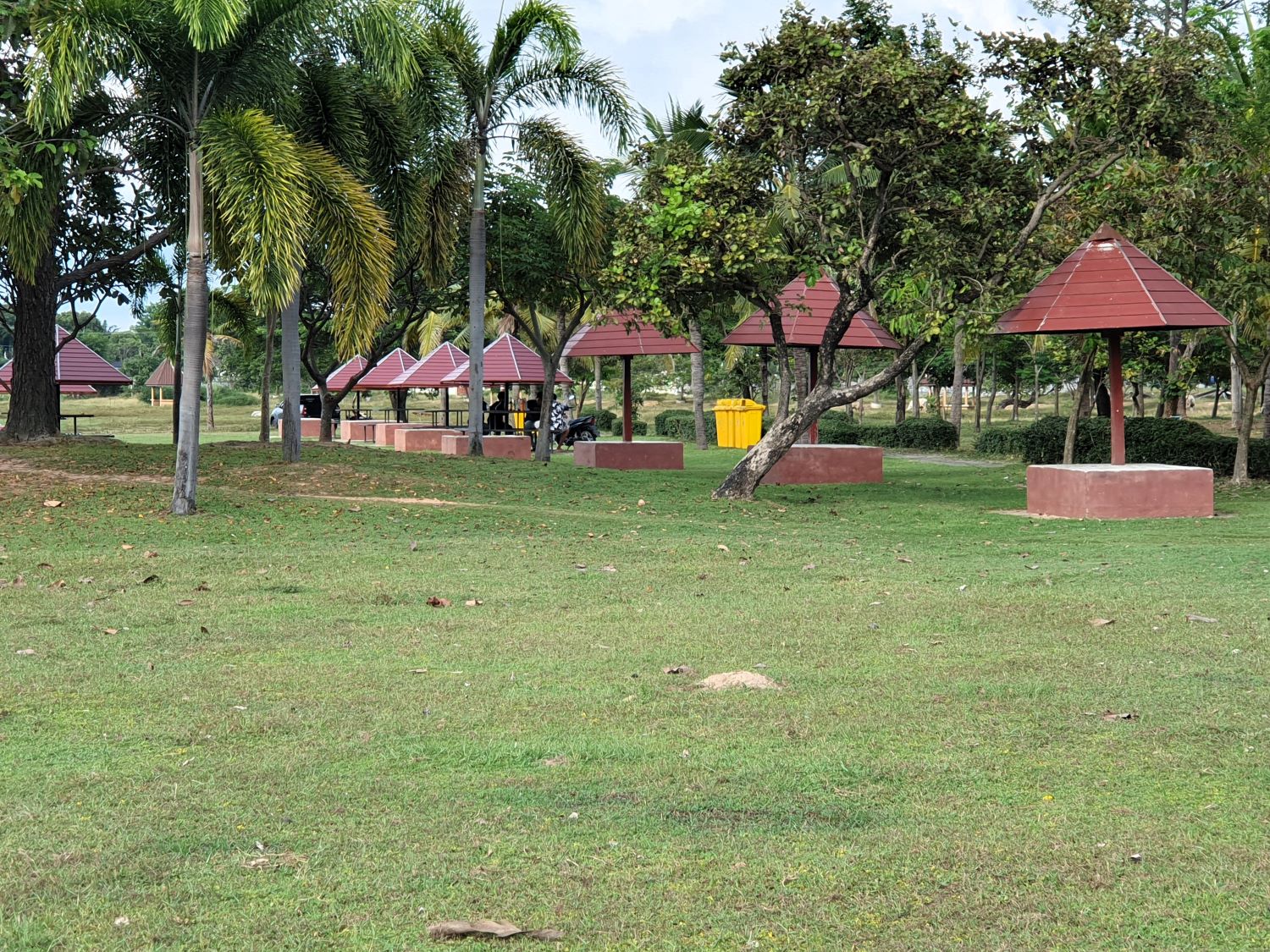
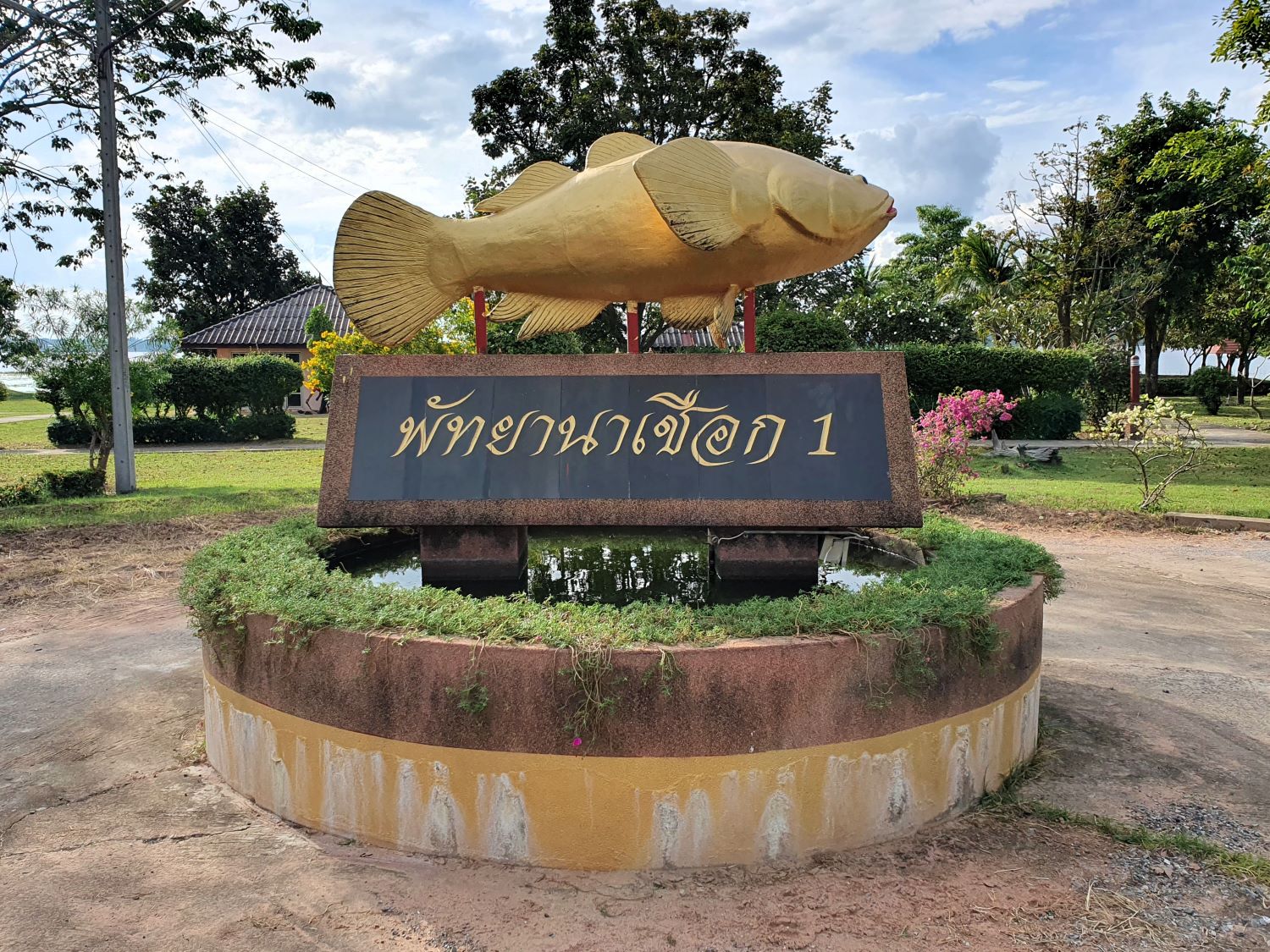
Huai Kho, Na Chueak District
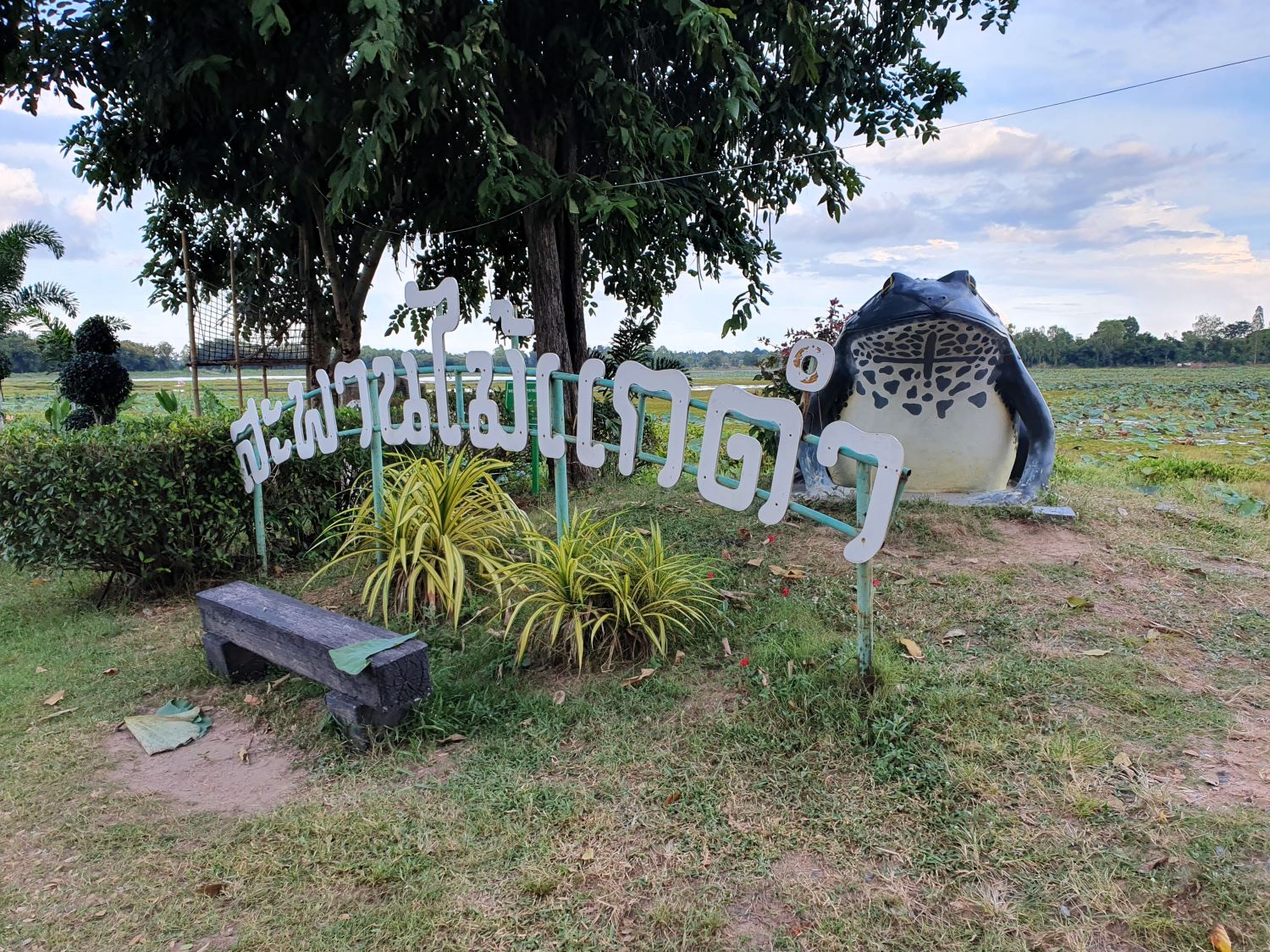
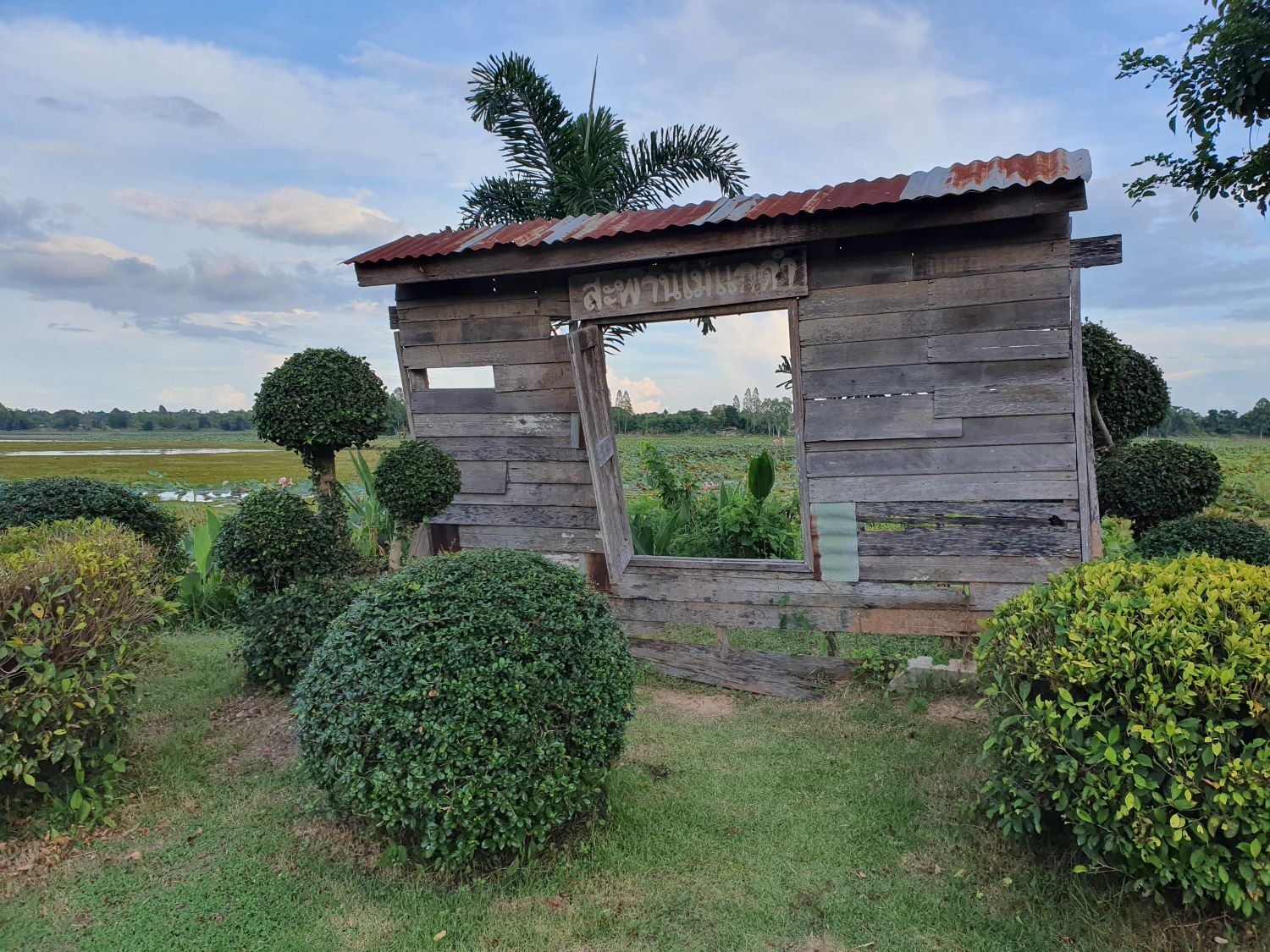
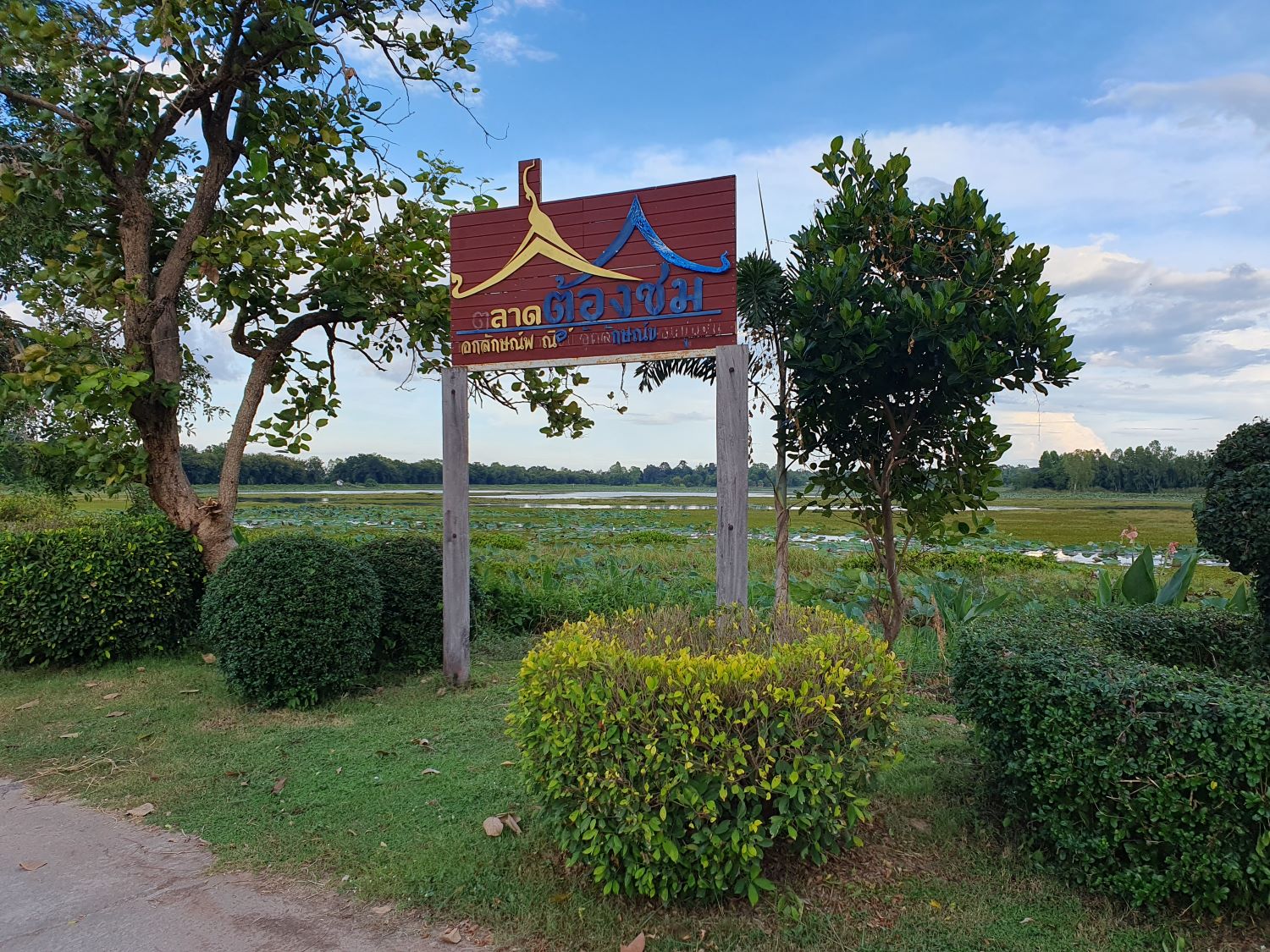
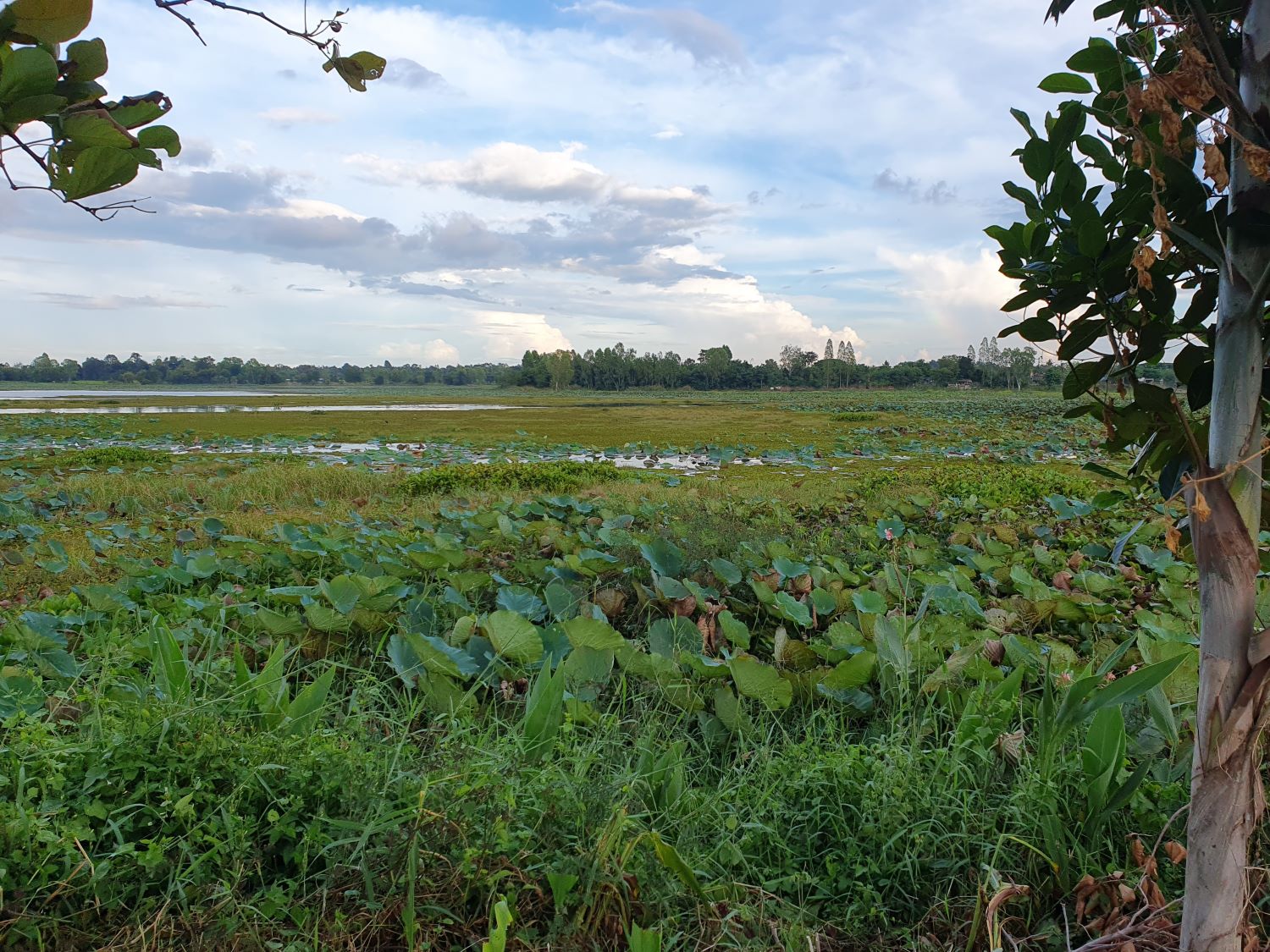
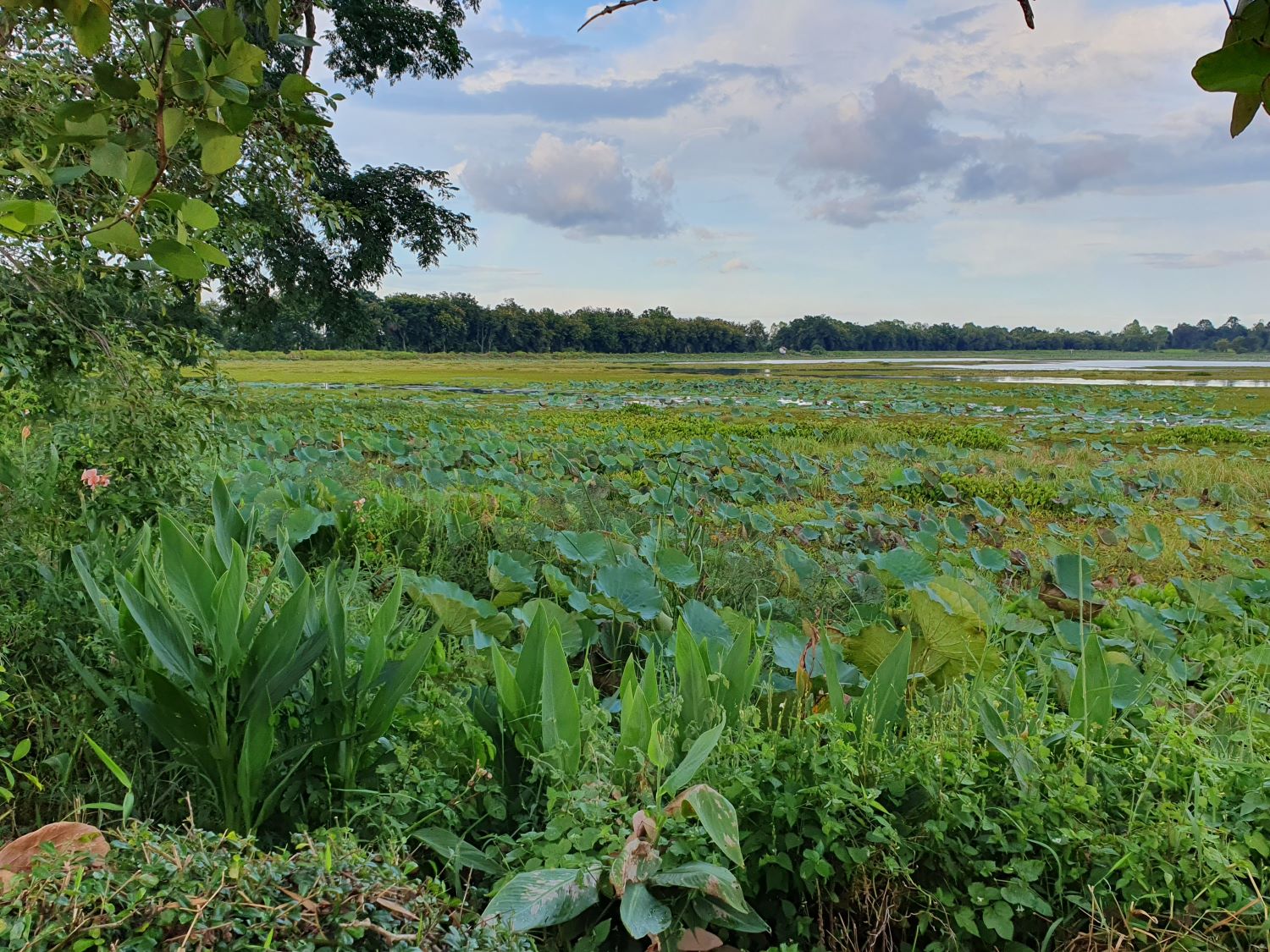
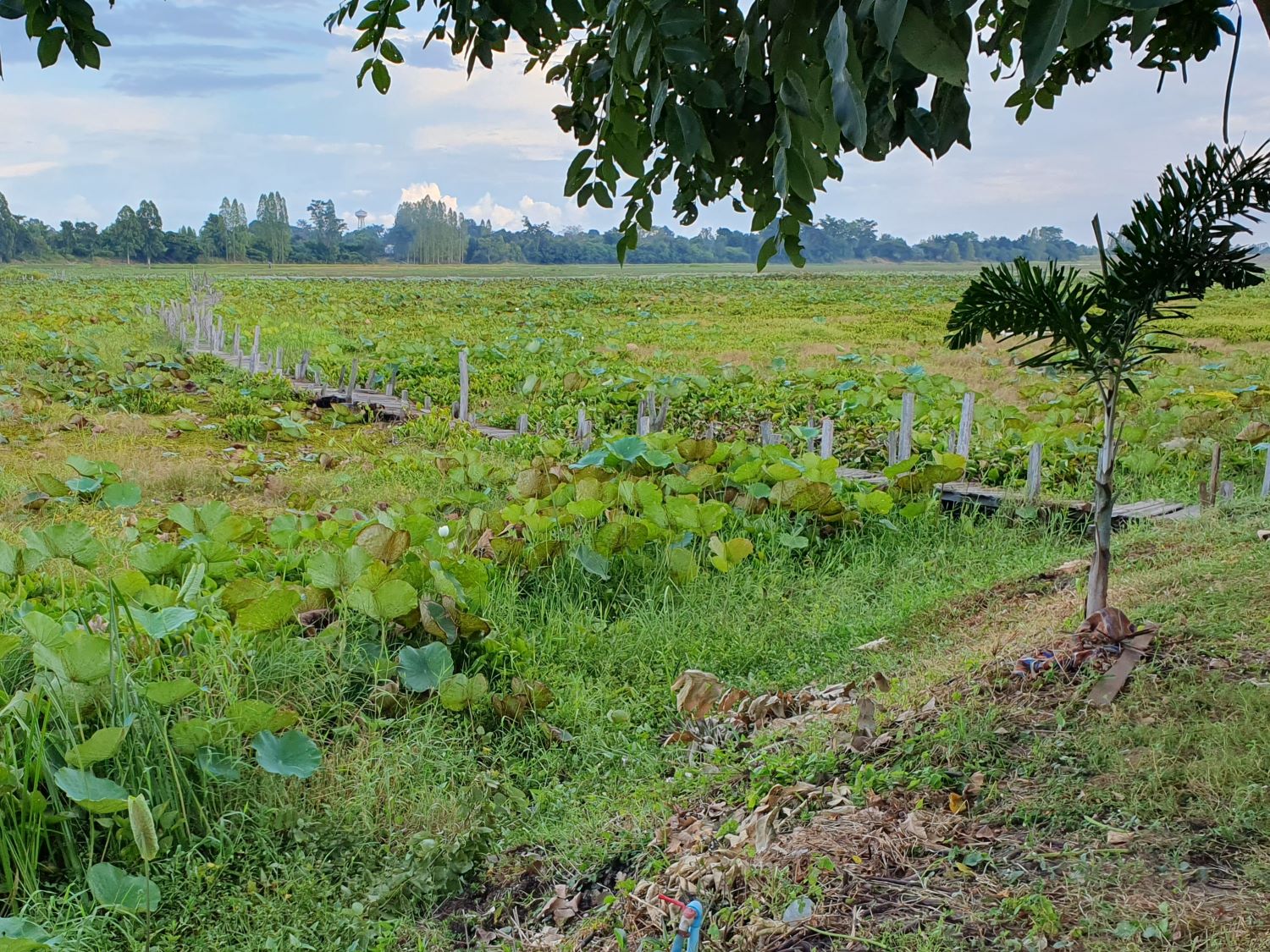
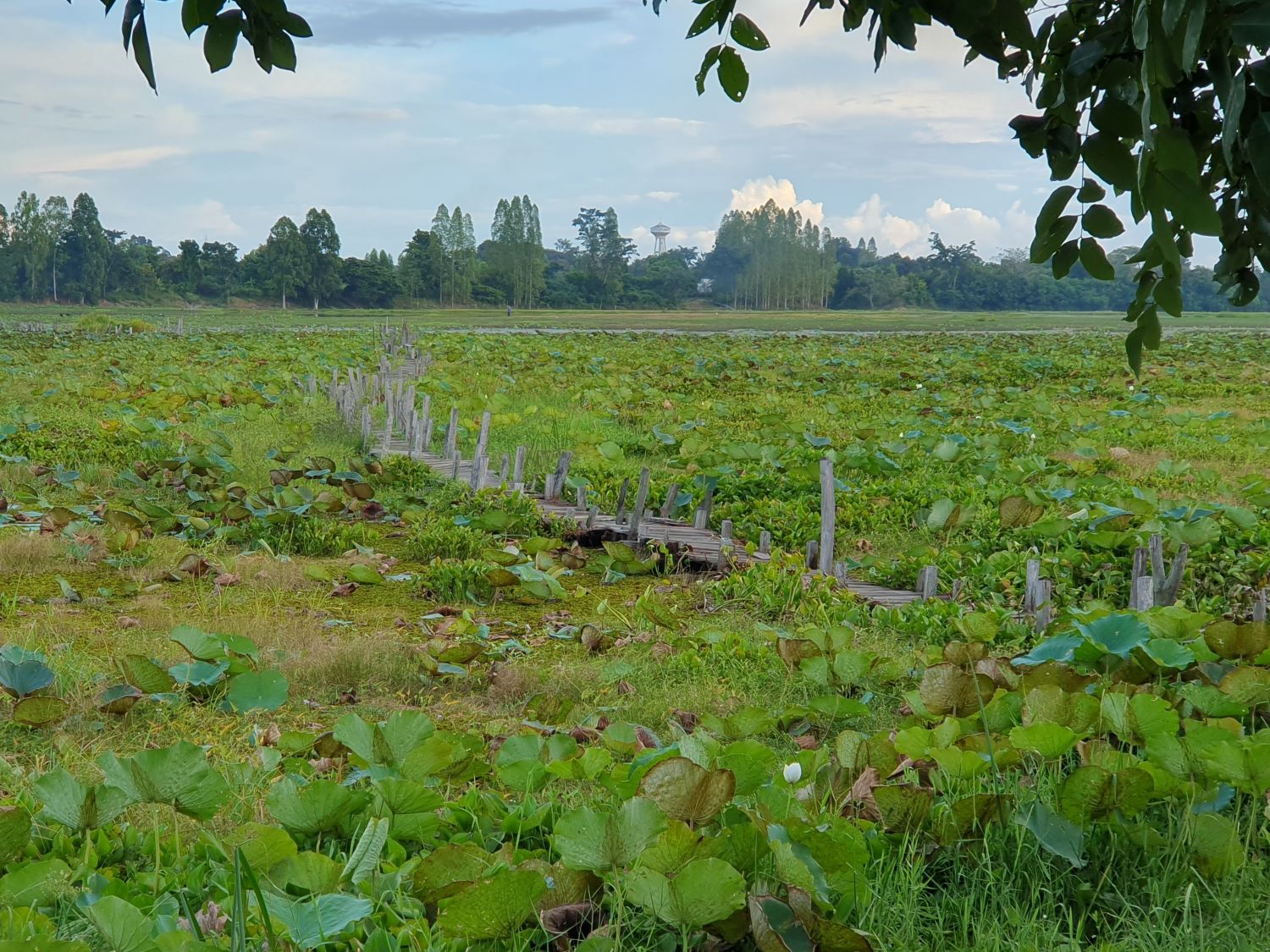
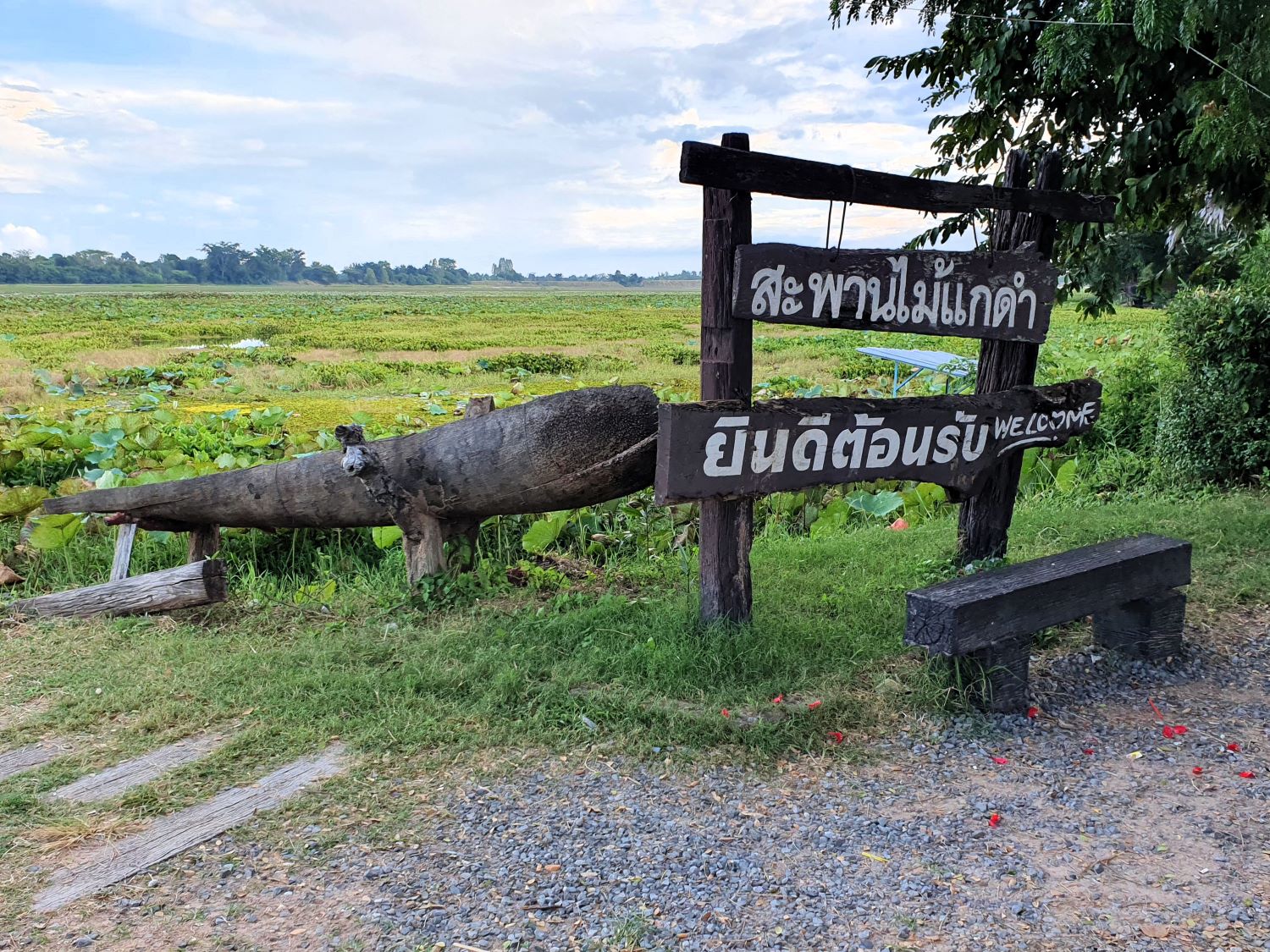
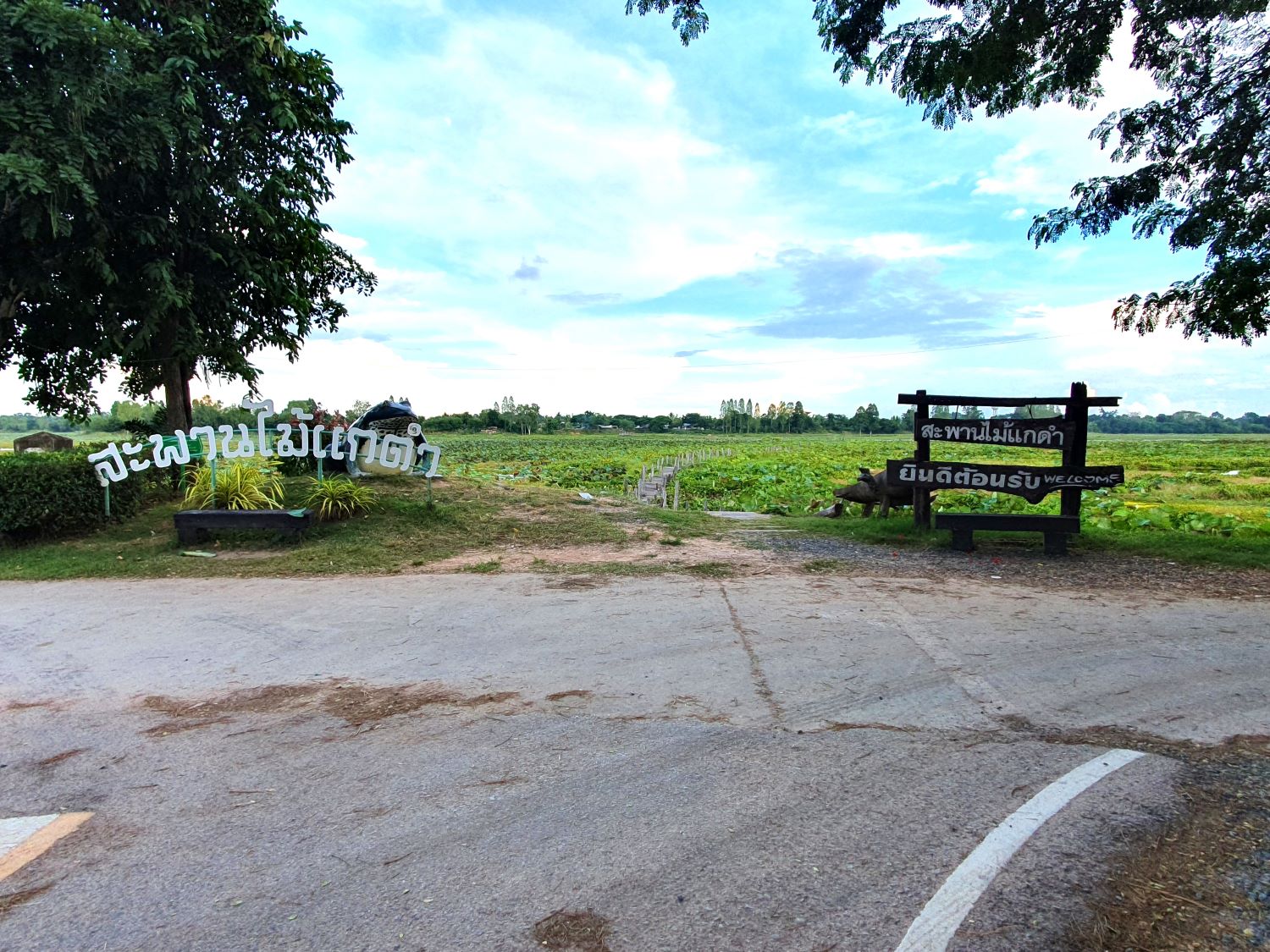
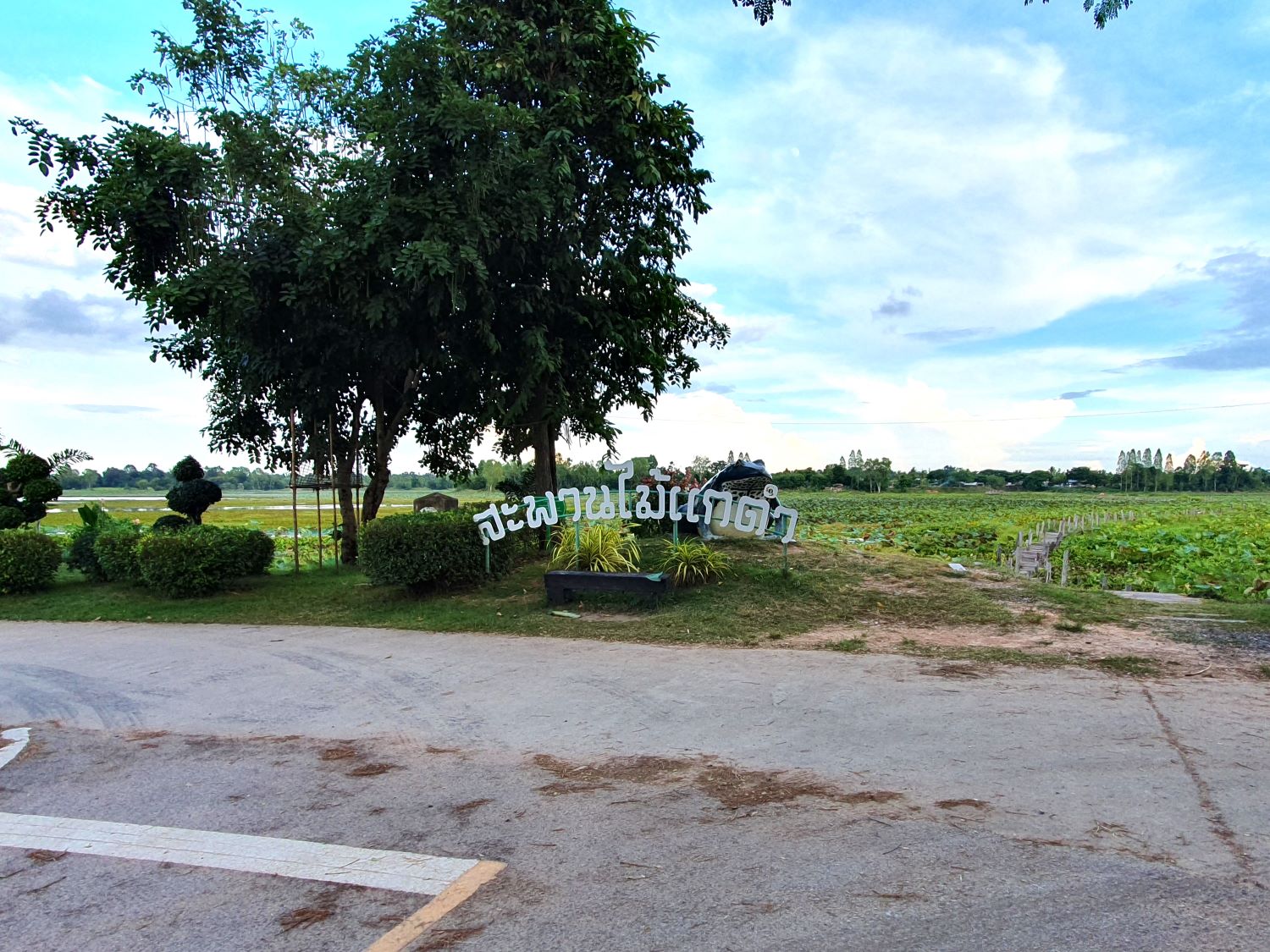
Mai Kae Dam Bridge, Kae Dam District
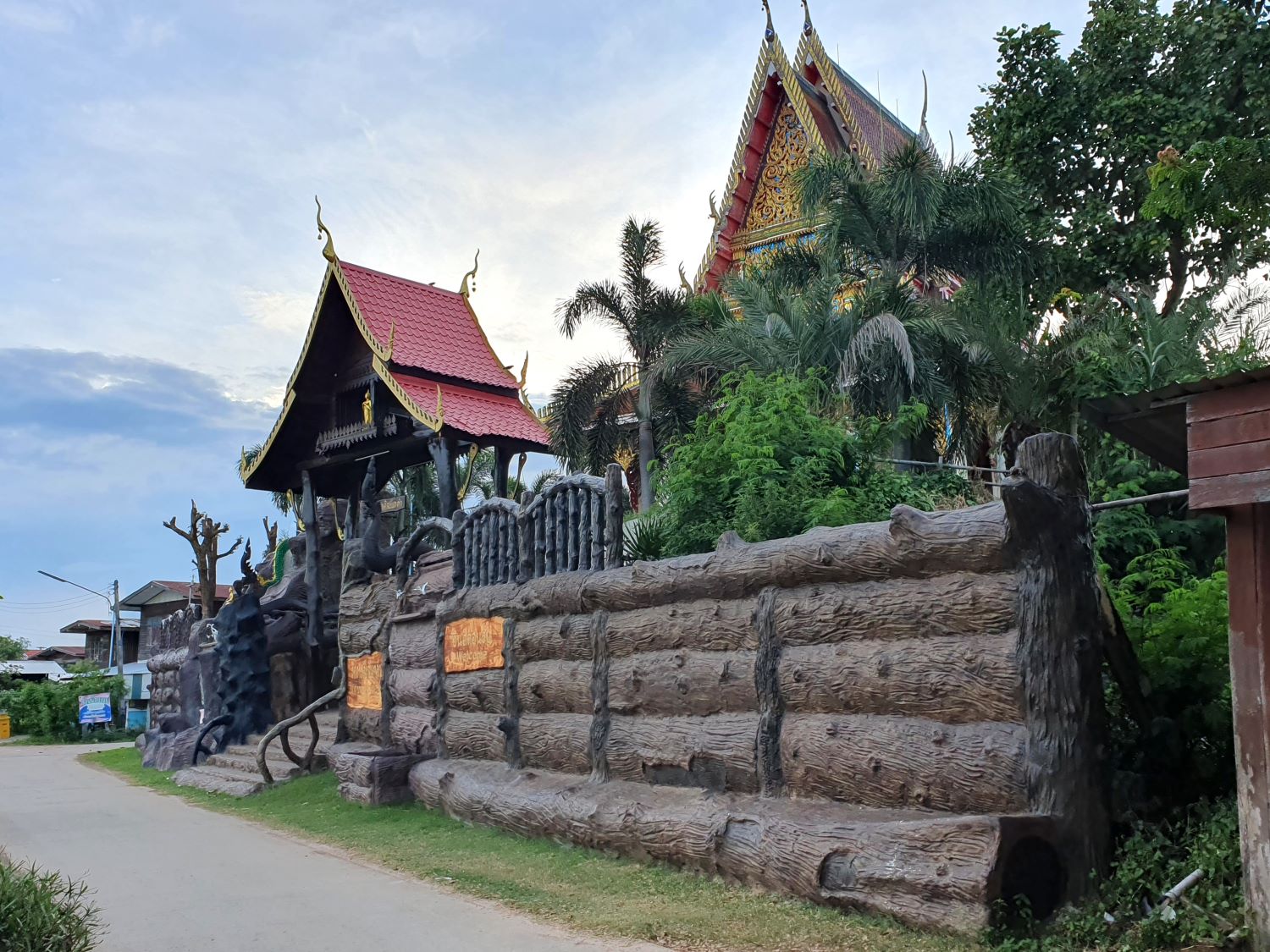
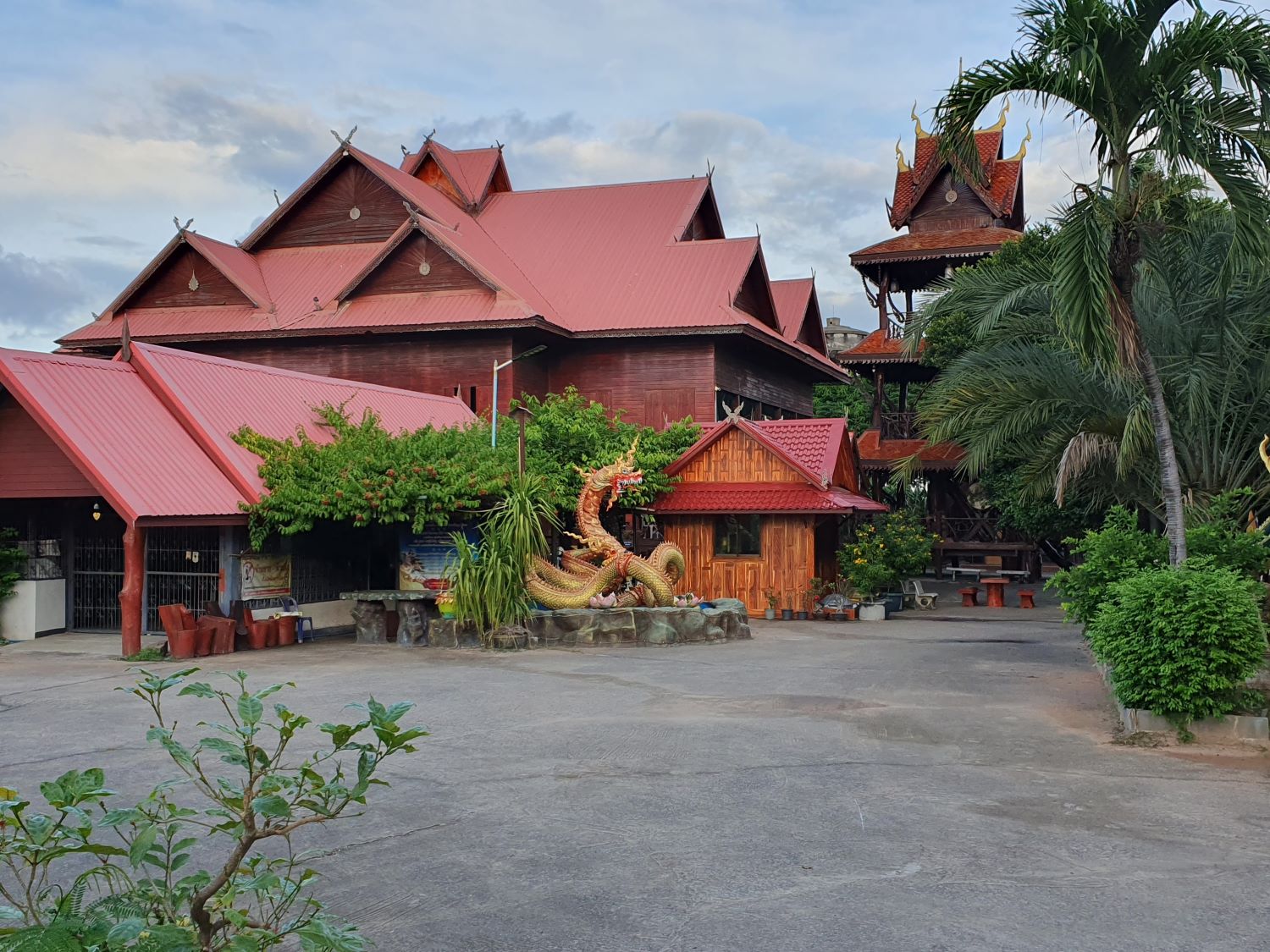
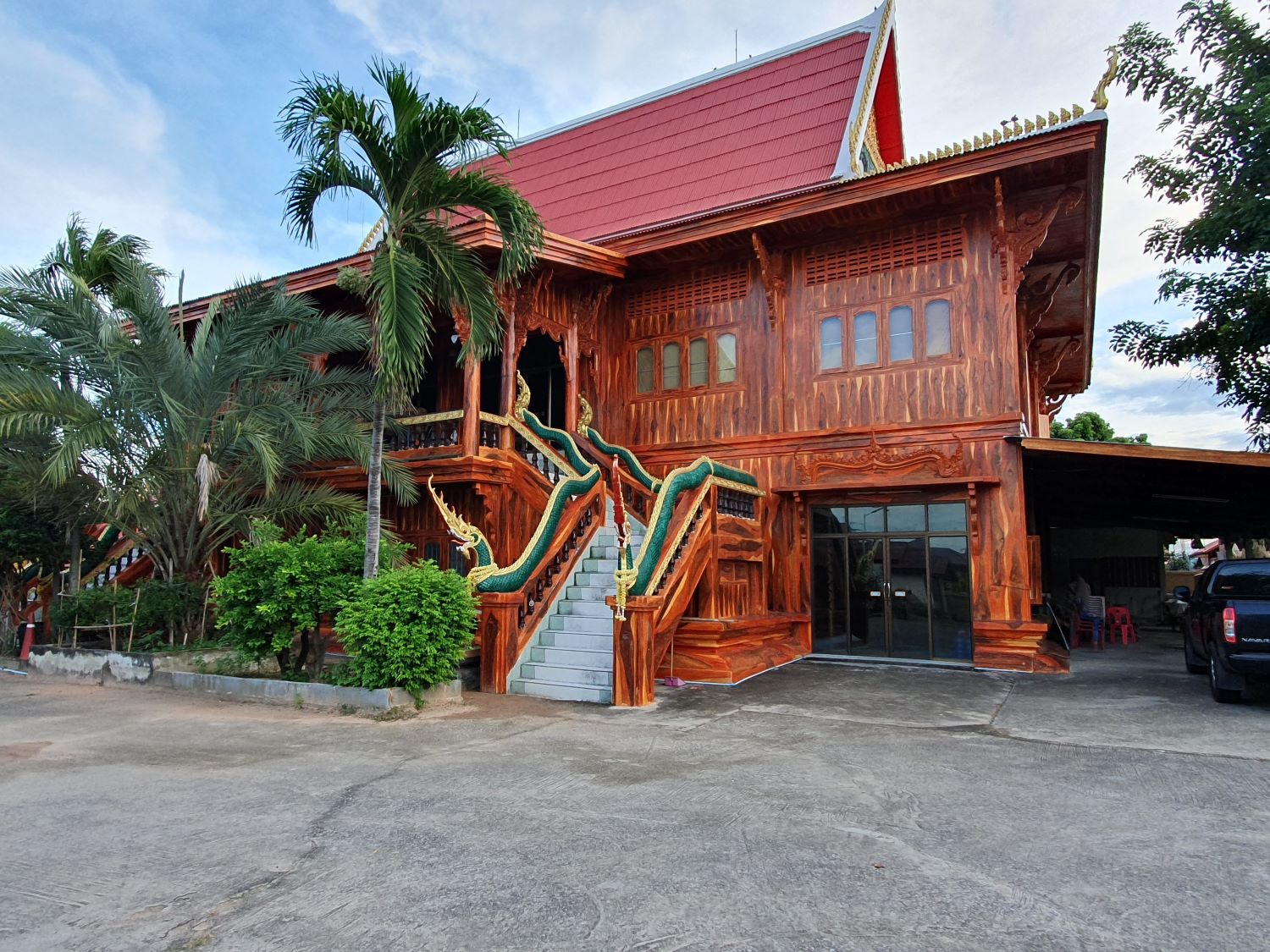
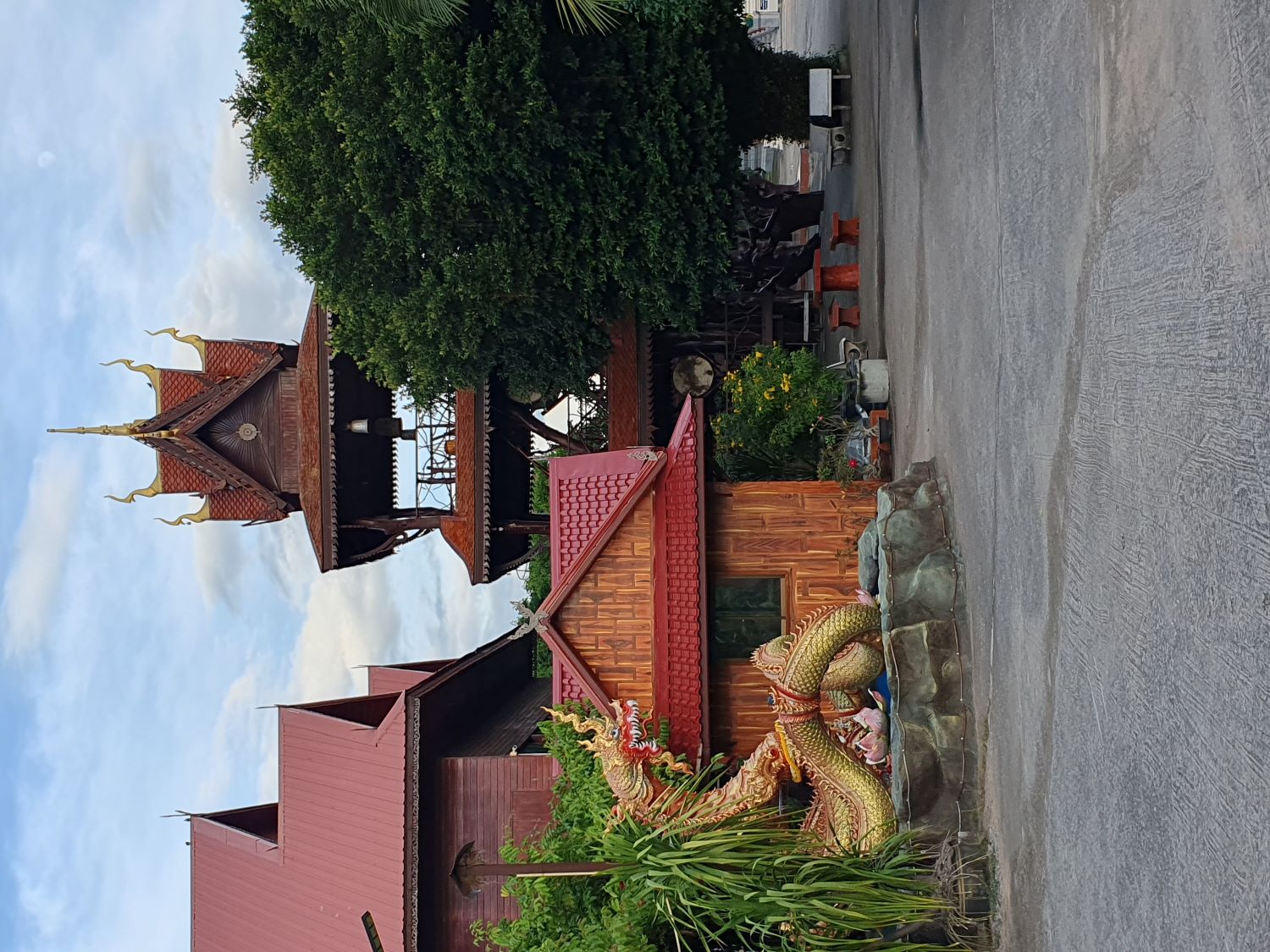
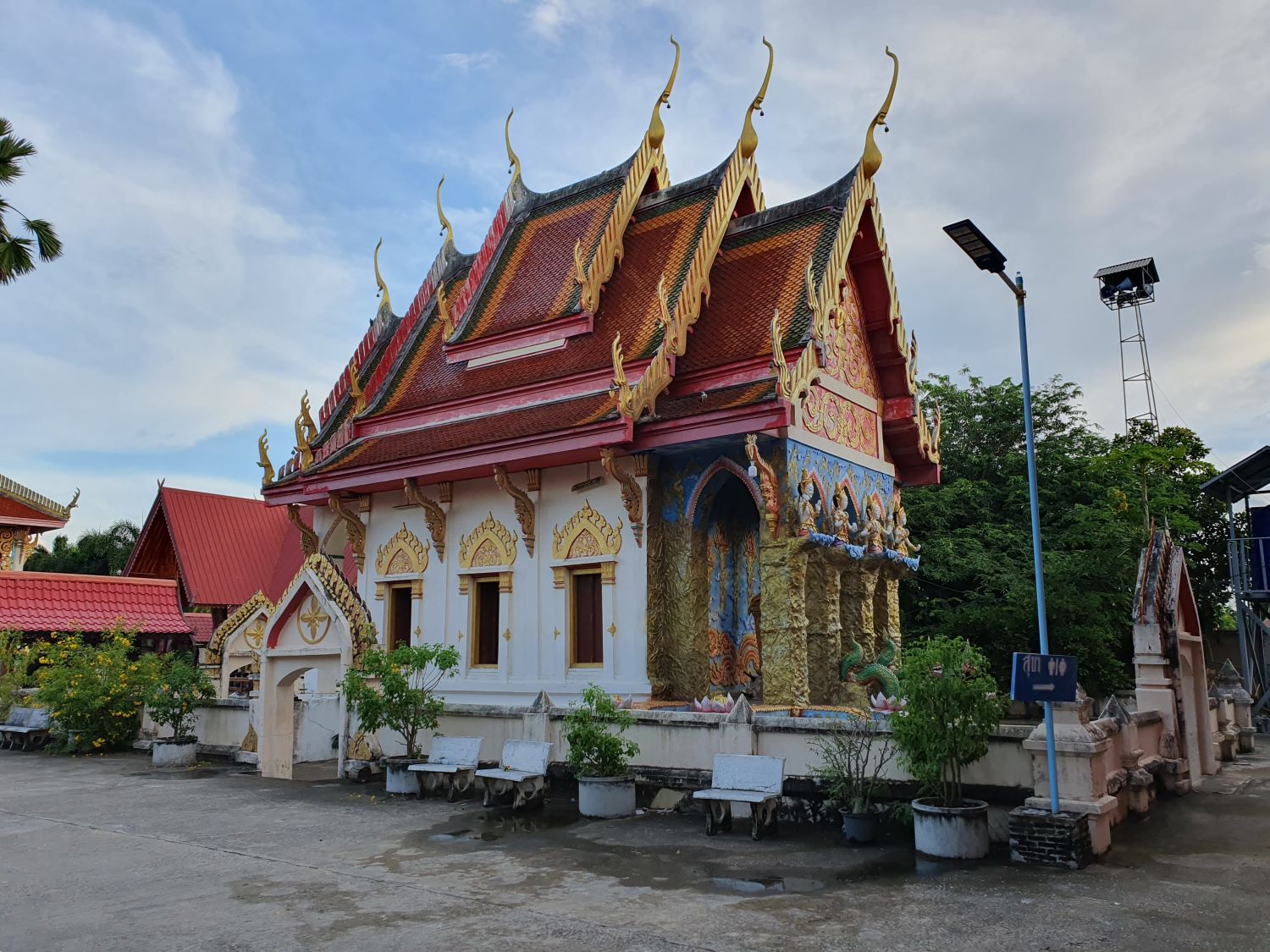
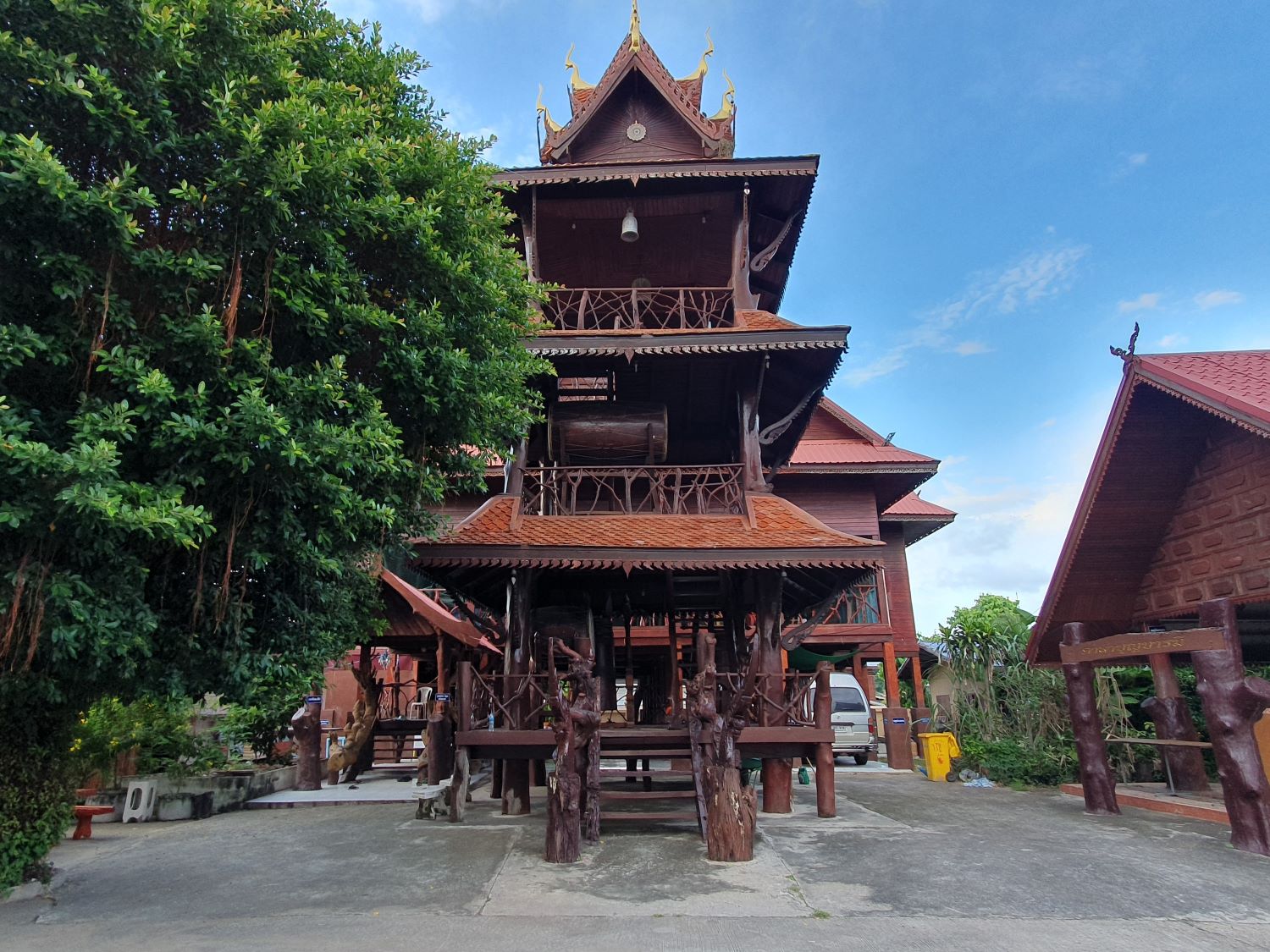
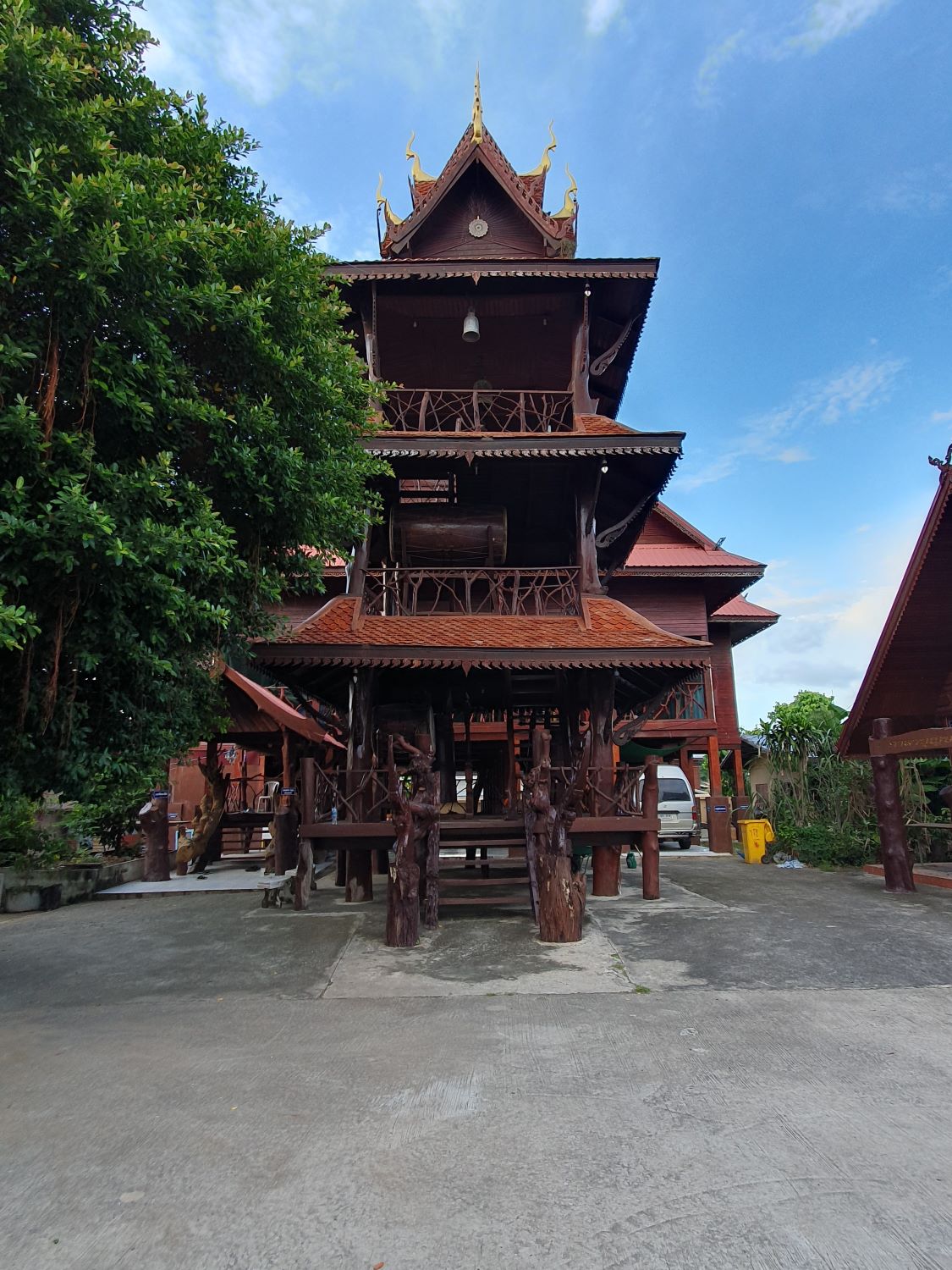
Wat Dao Dung, Kae Dam District
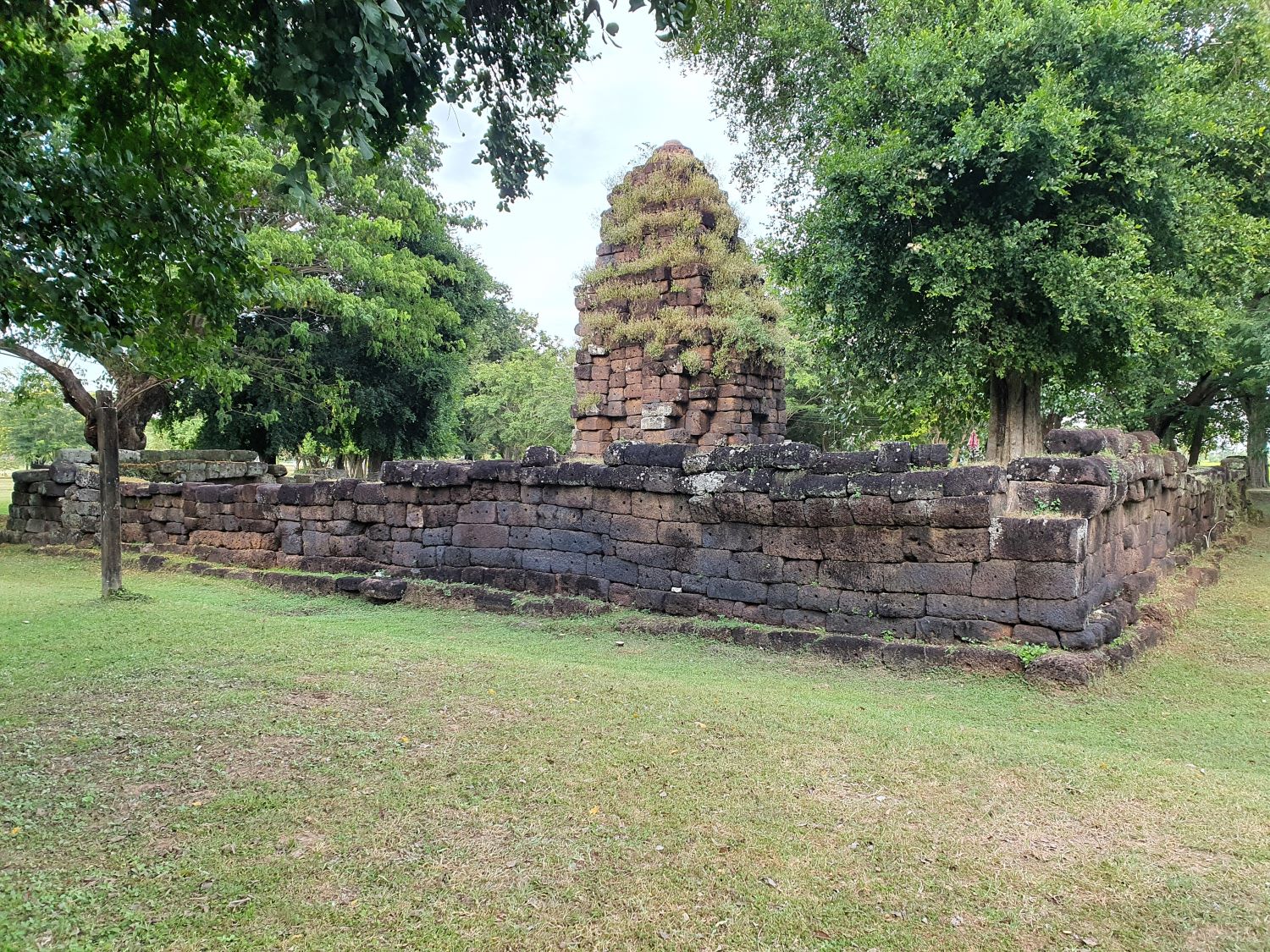
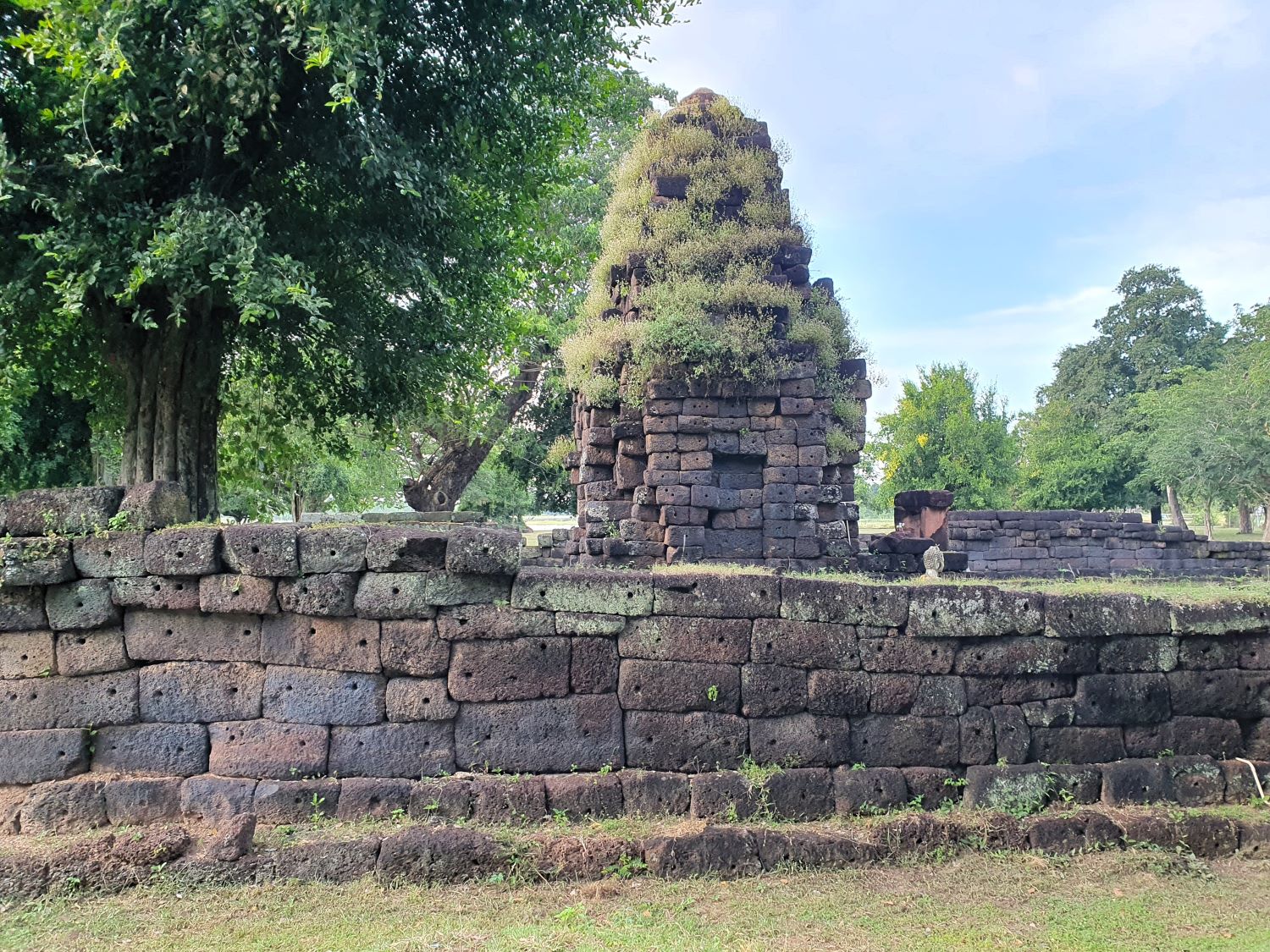
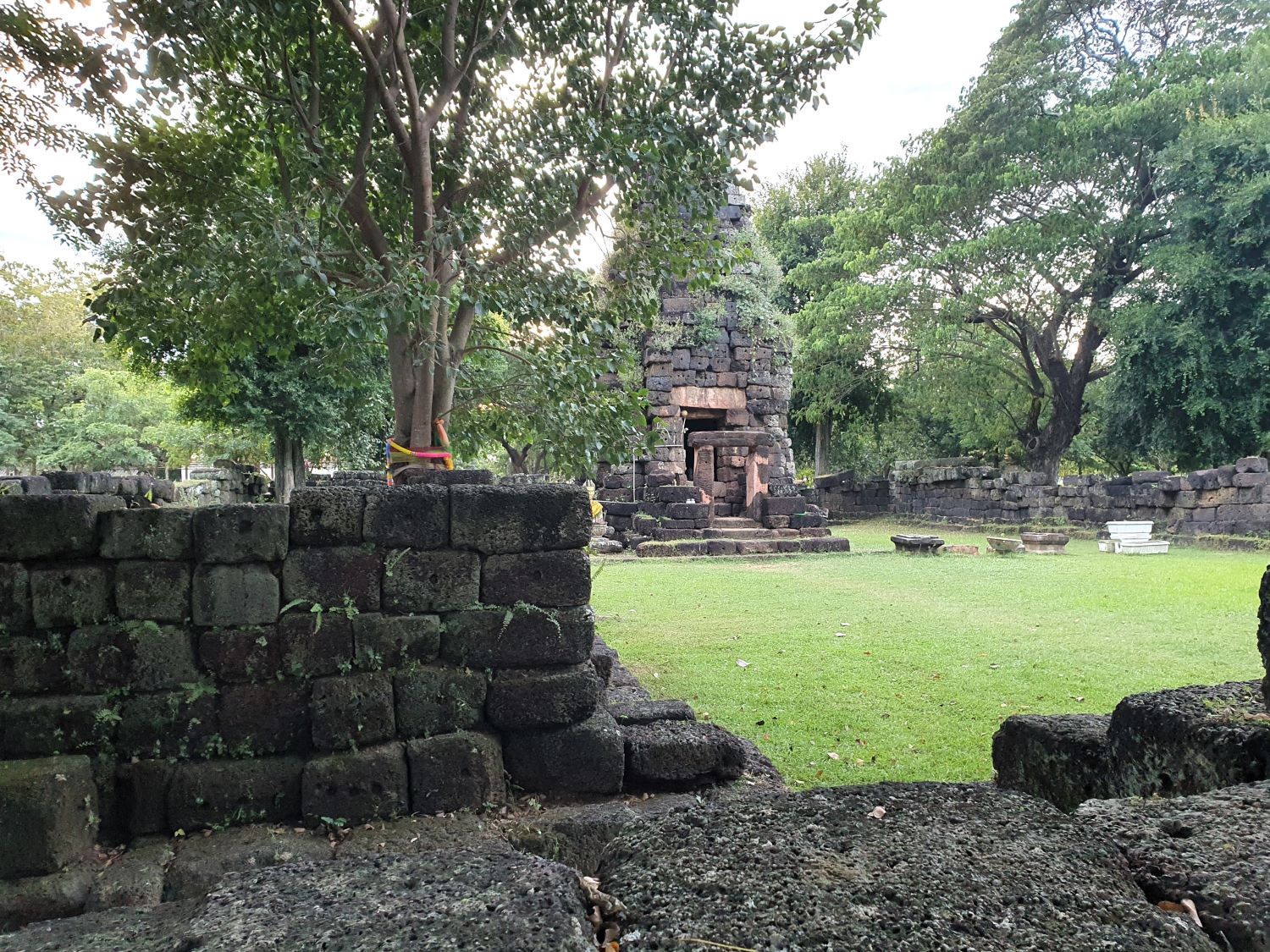
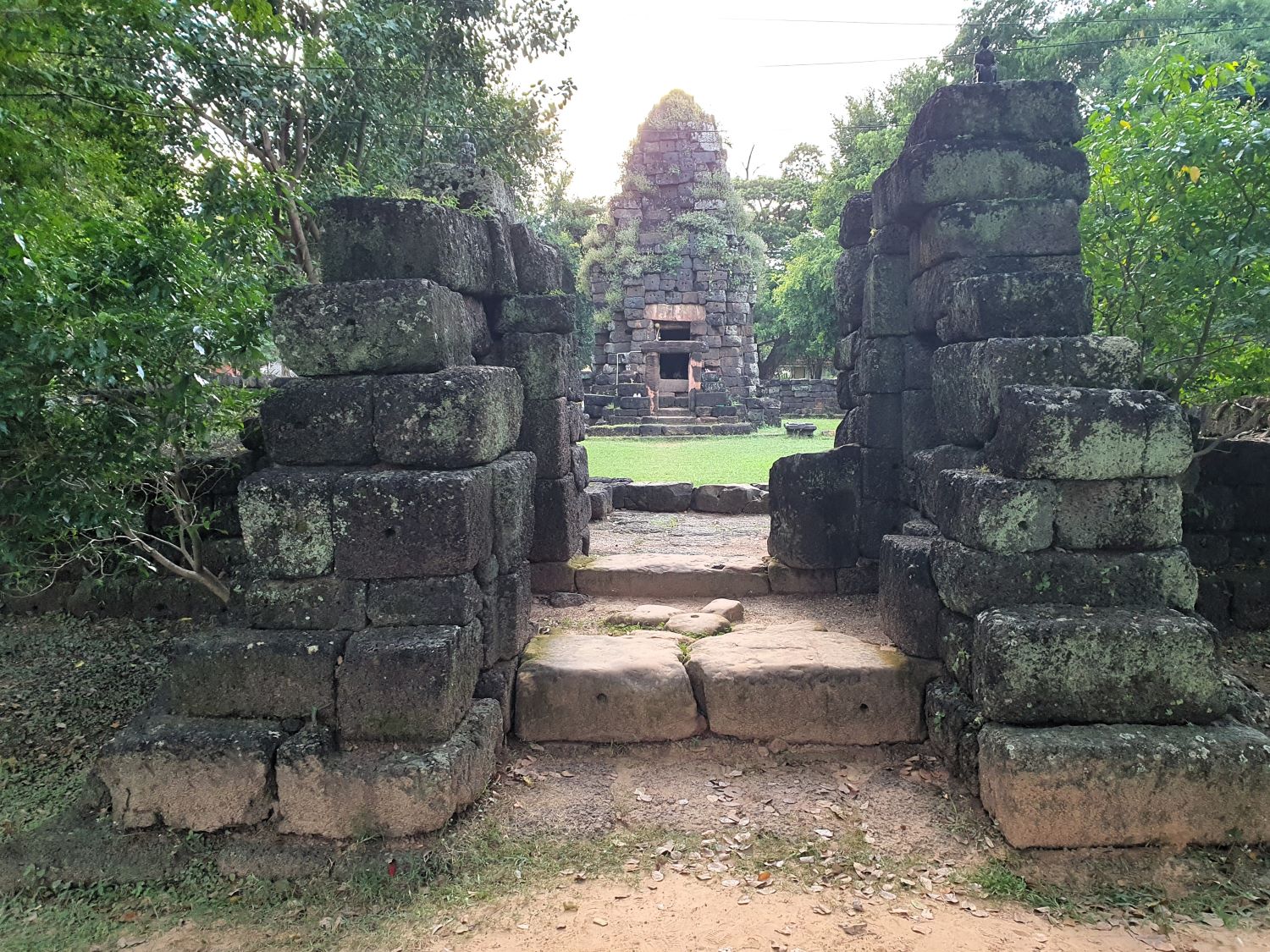
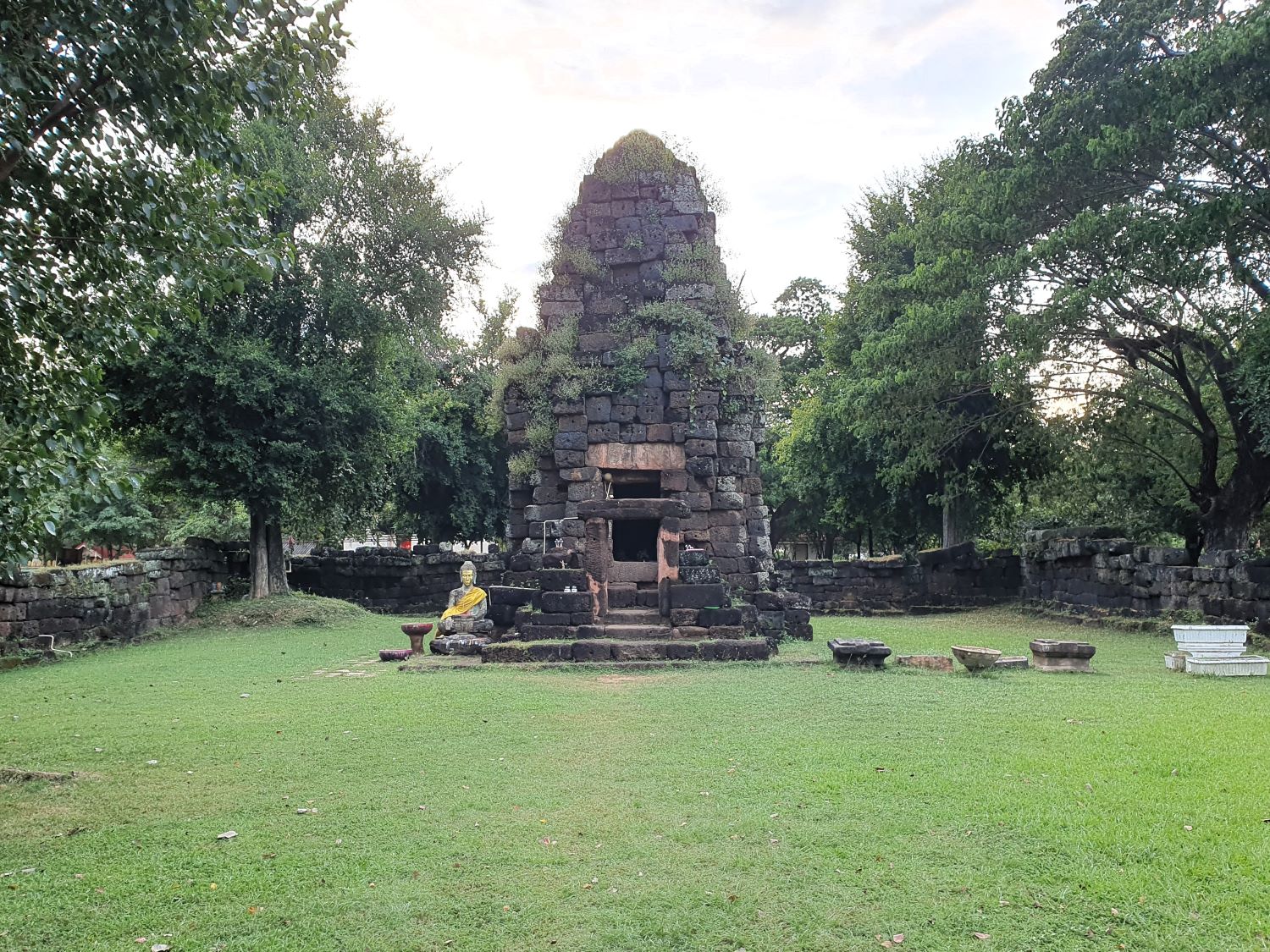
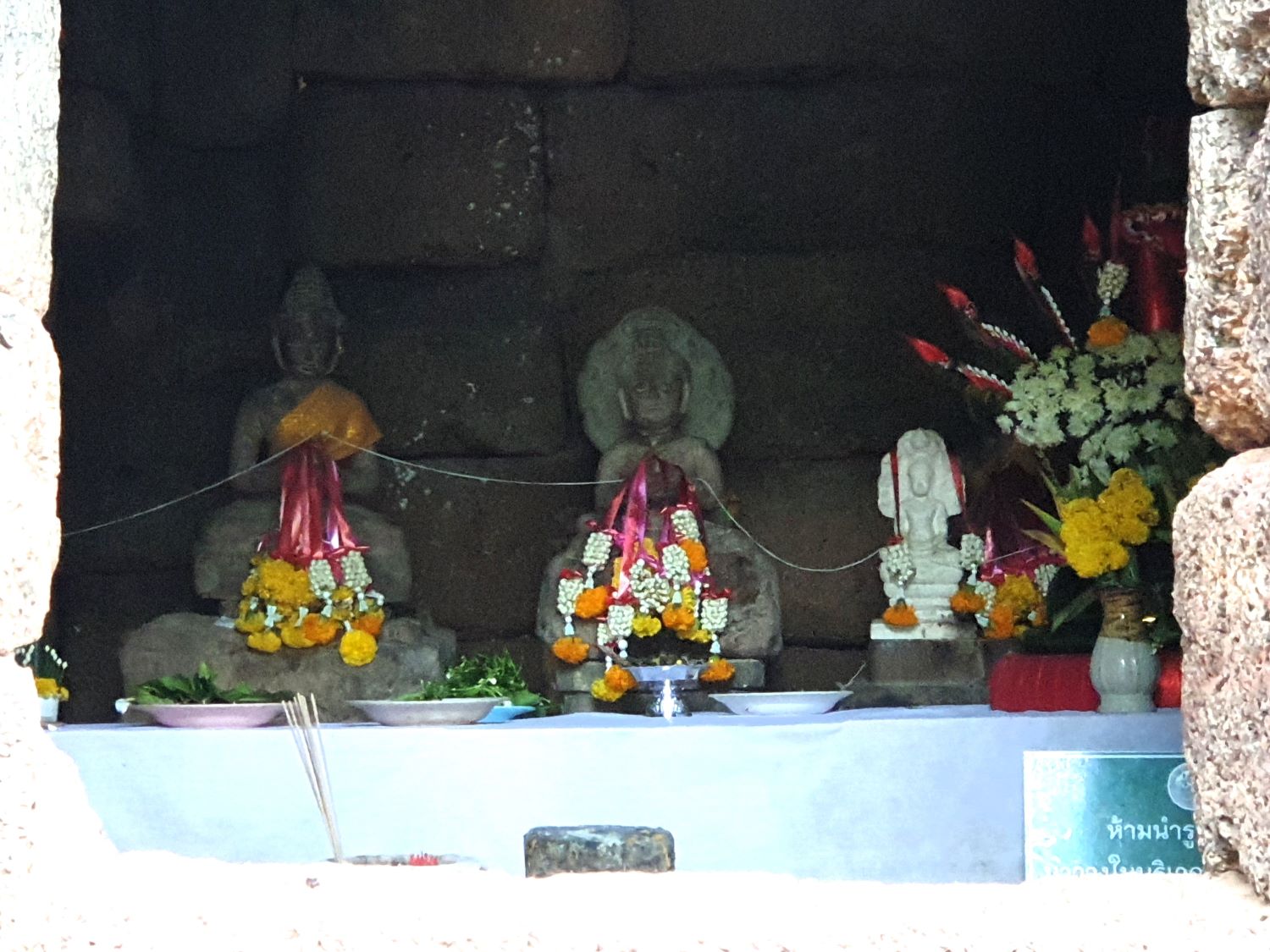
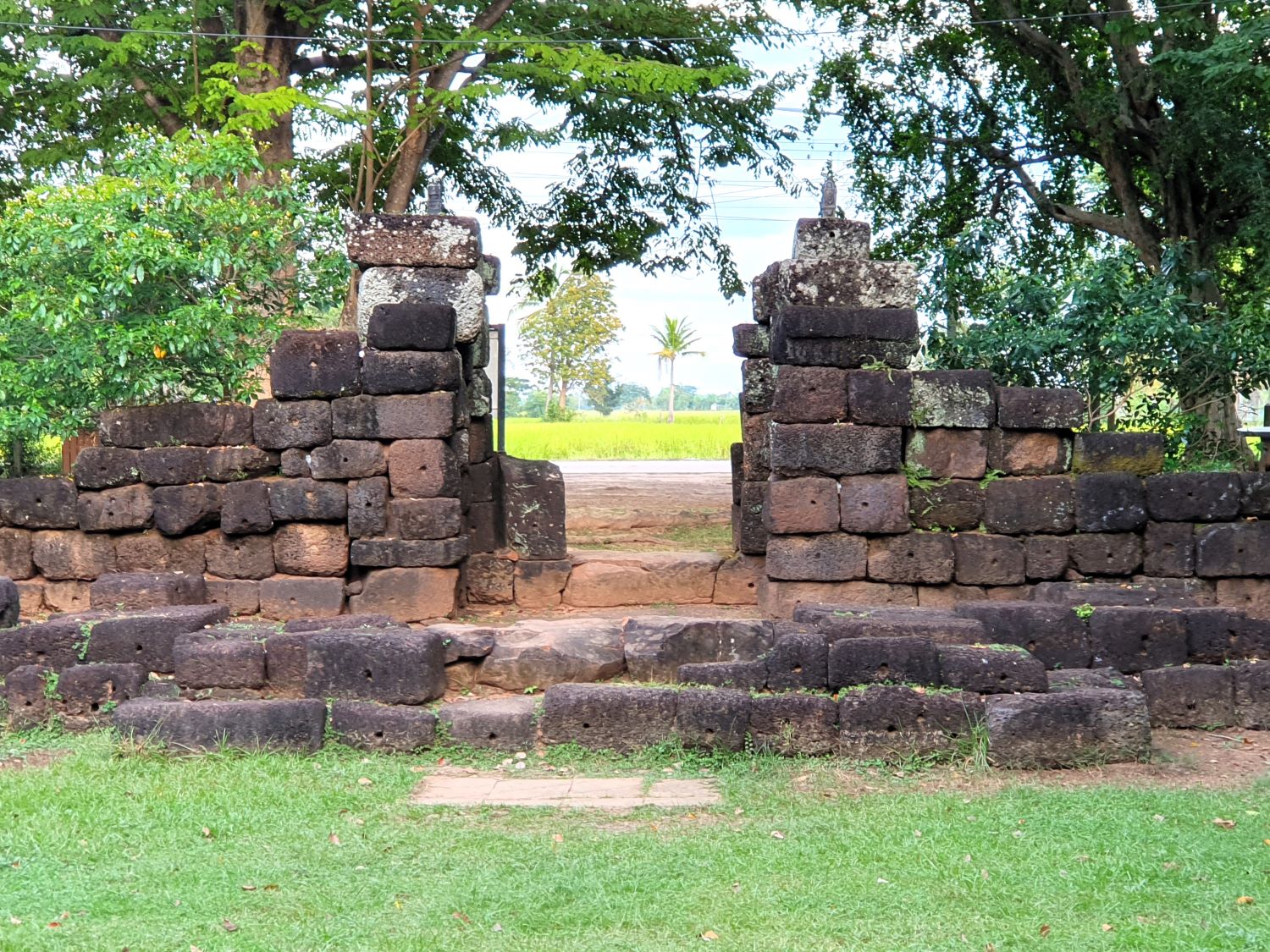
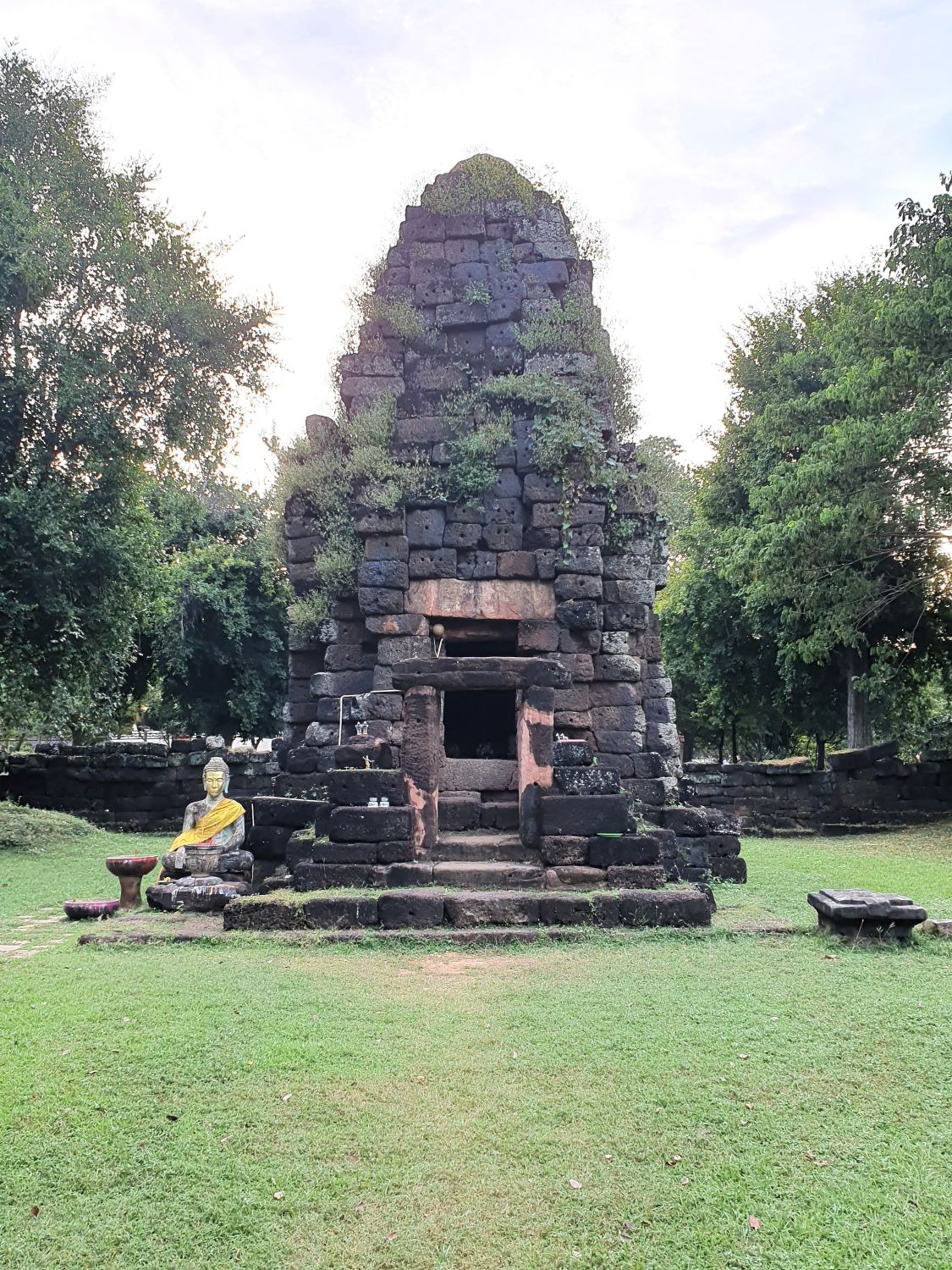
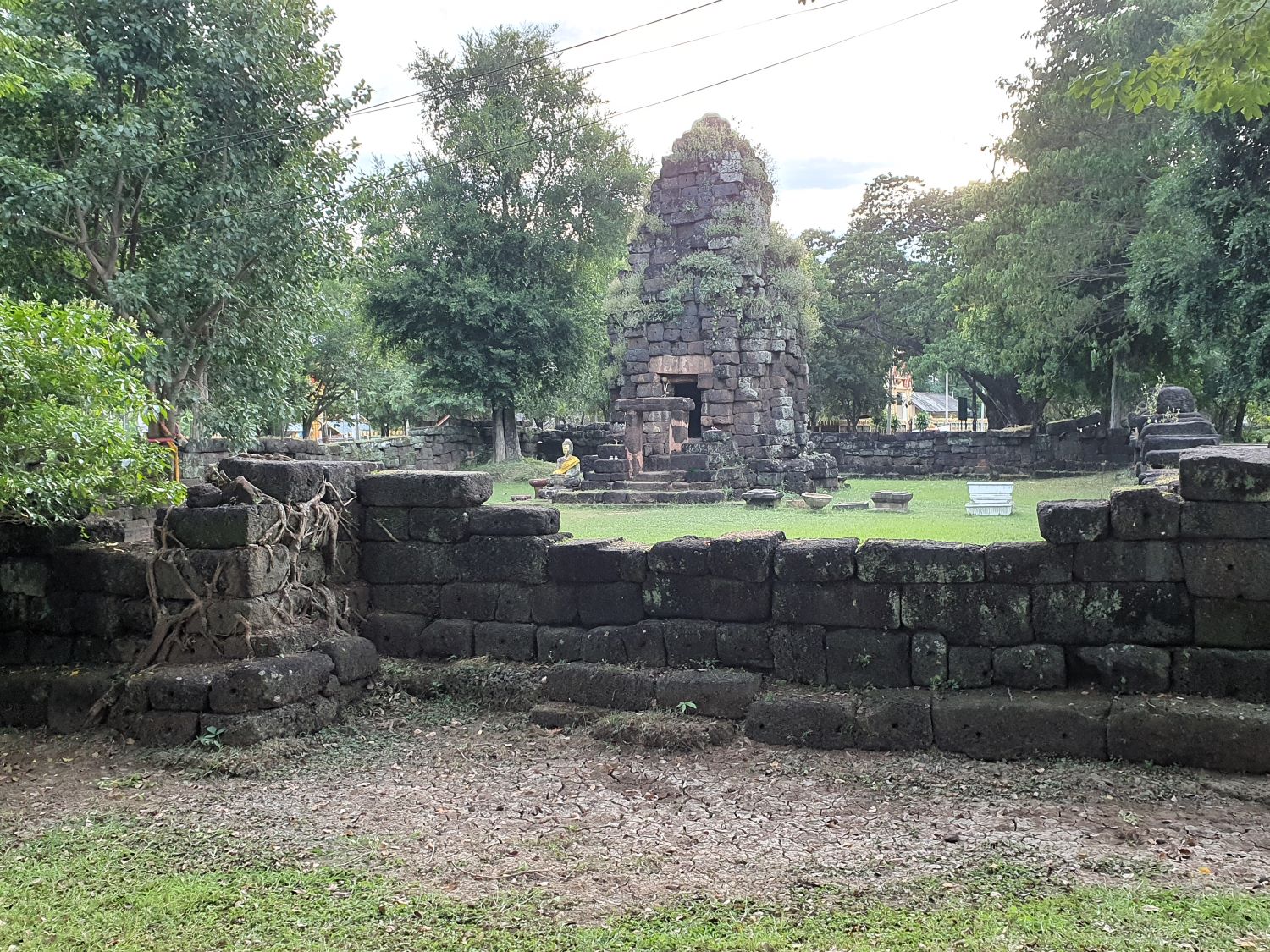
Ku Mahathat (Prang Ku Ban Khwao),
Maha Sarakham District